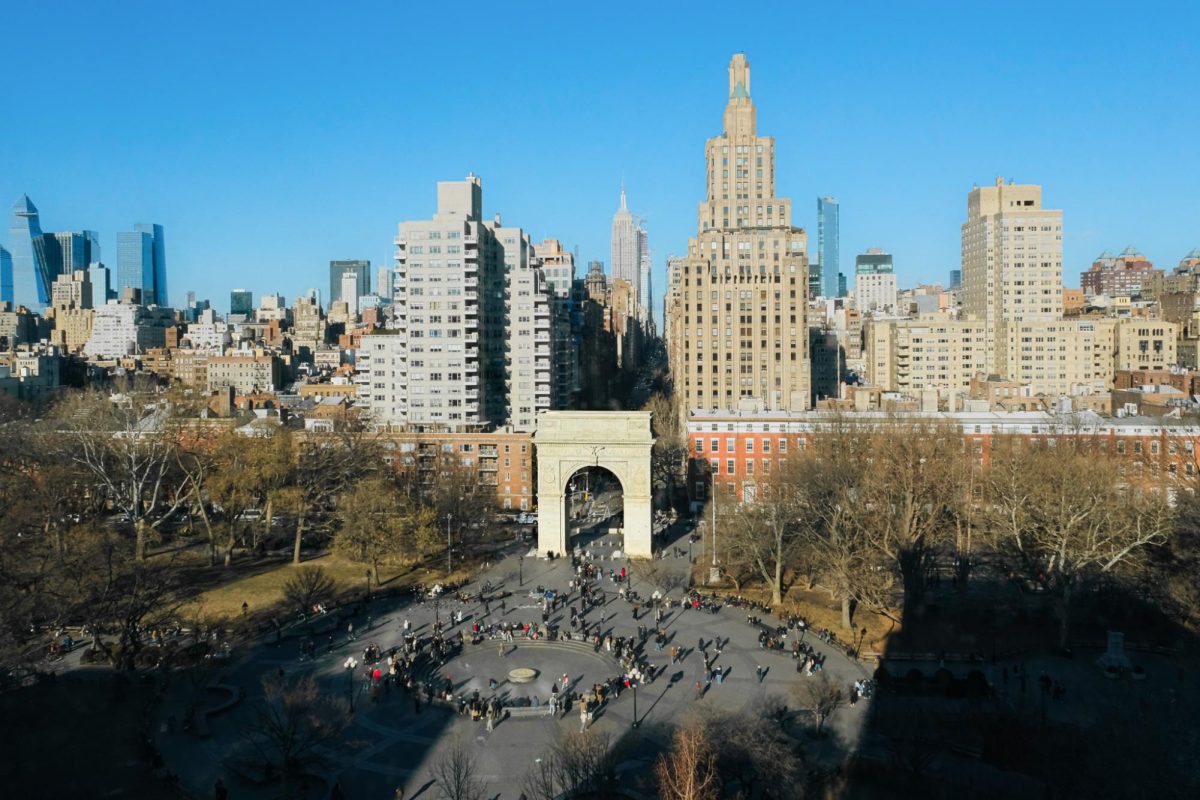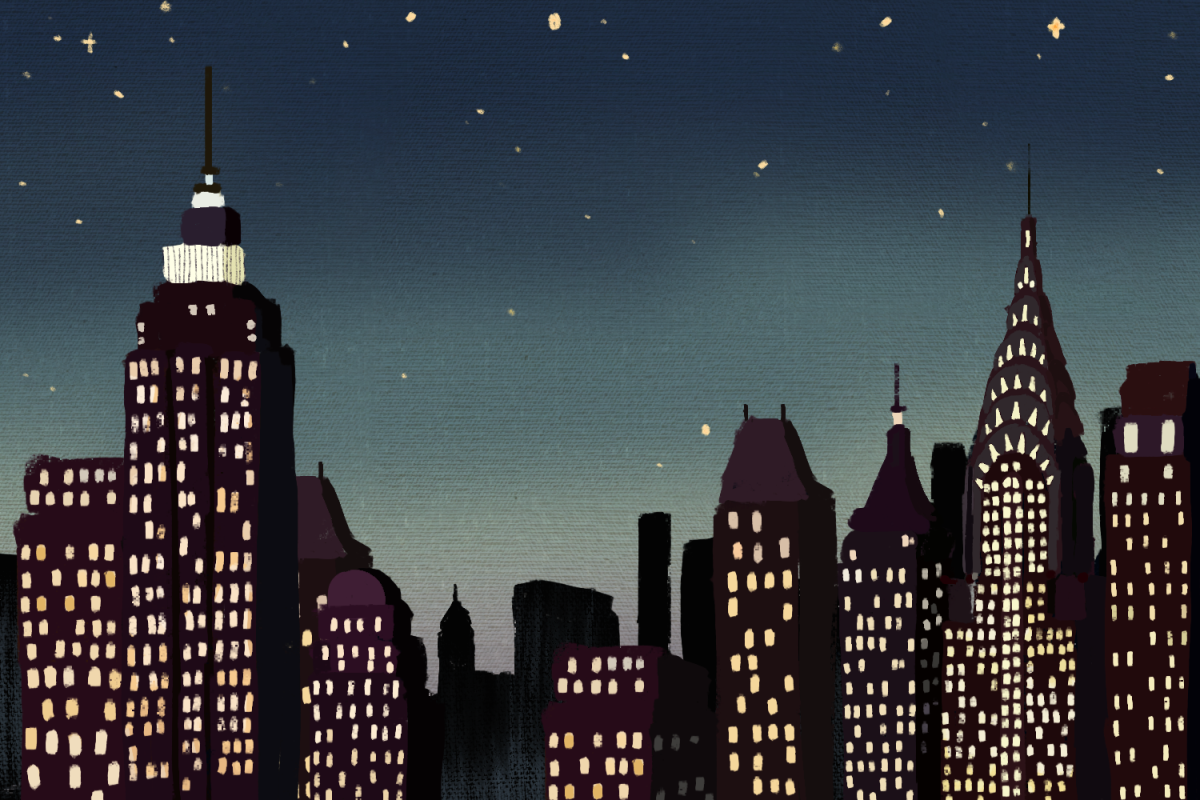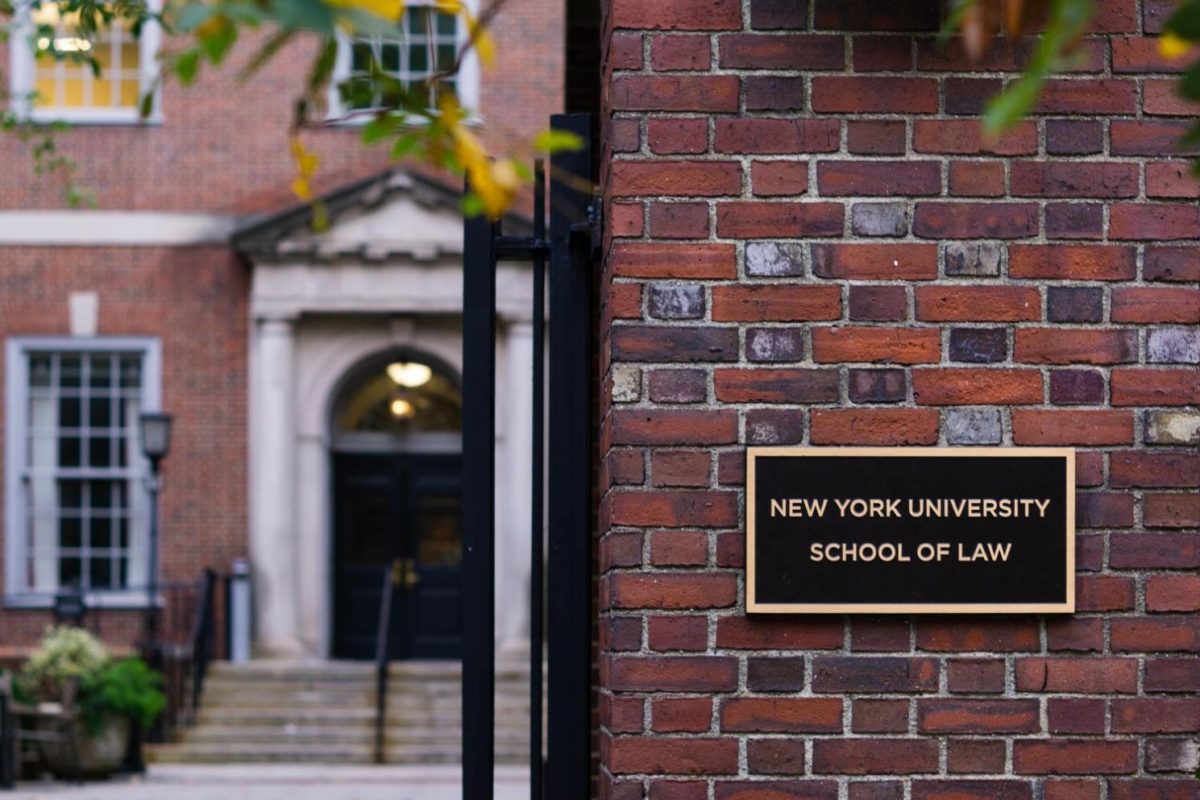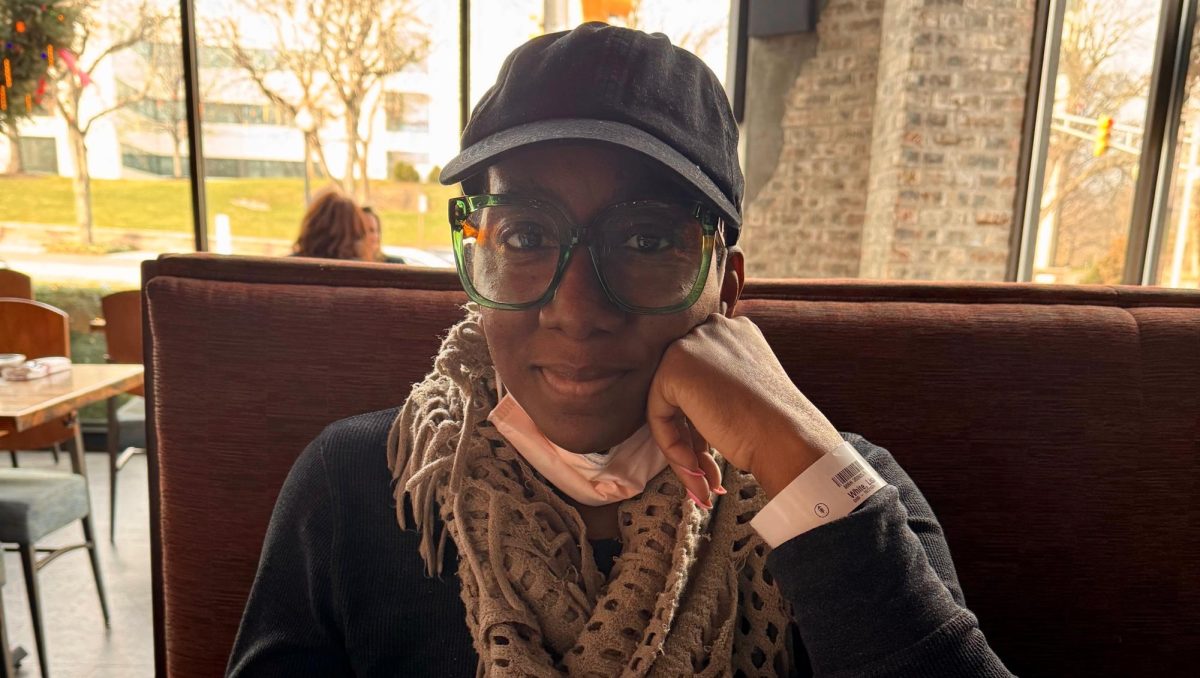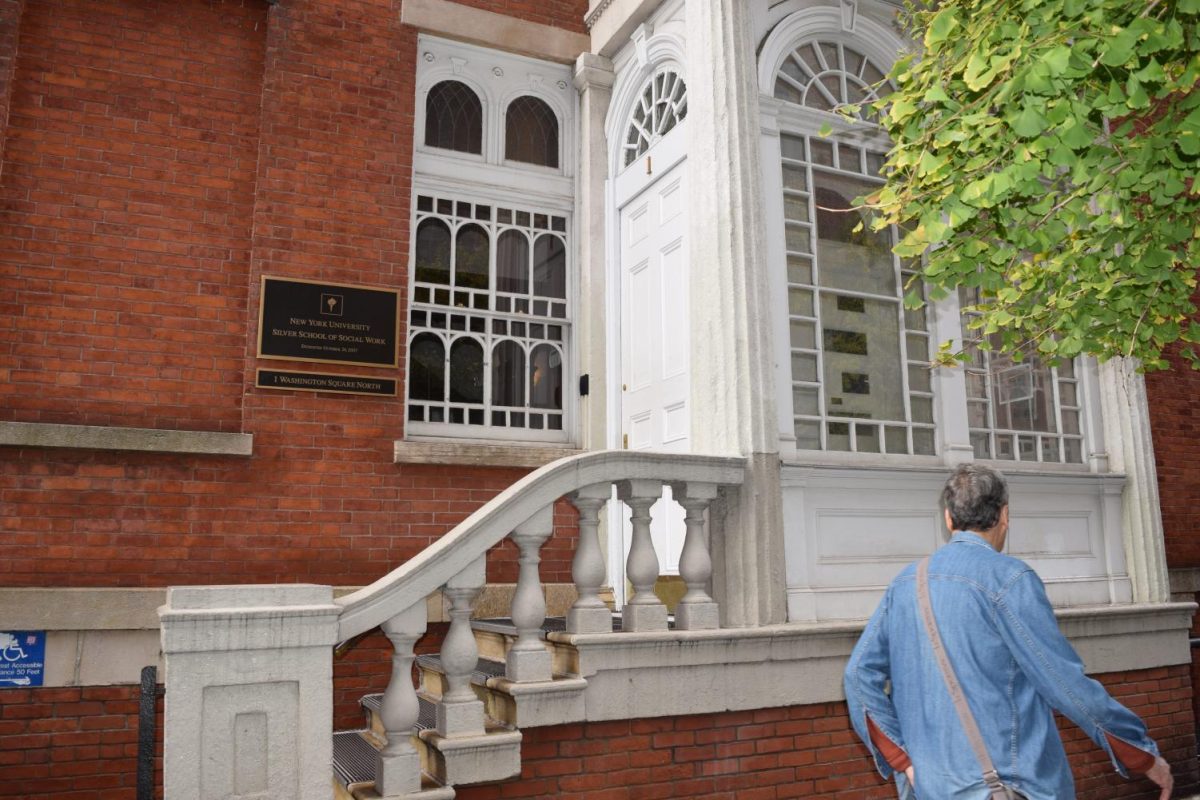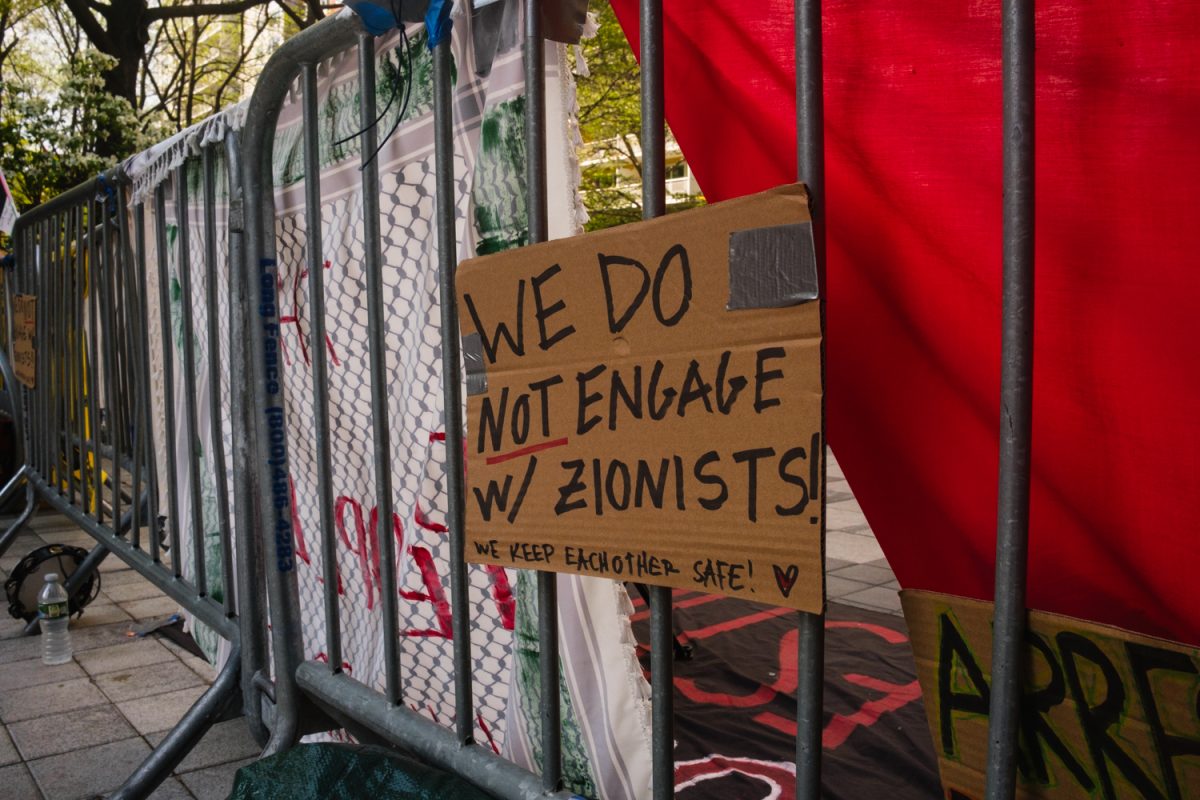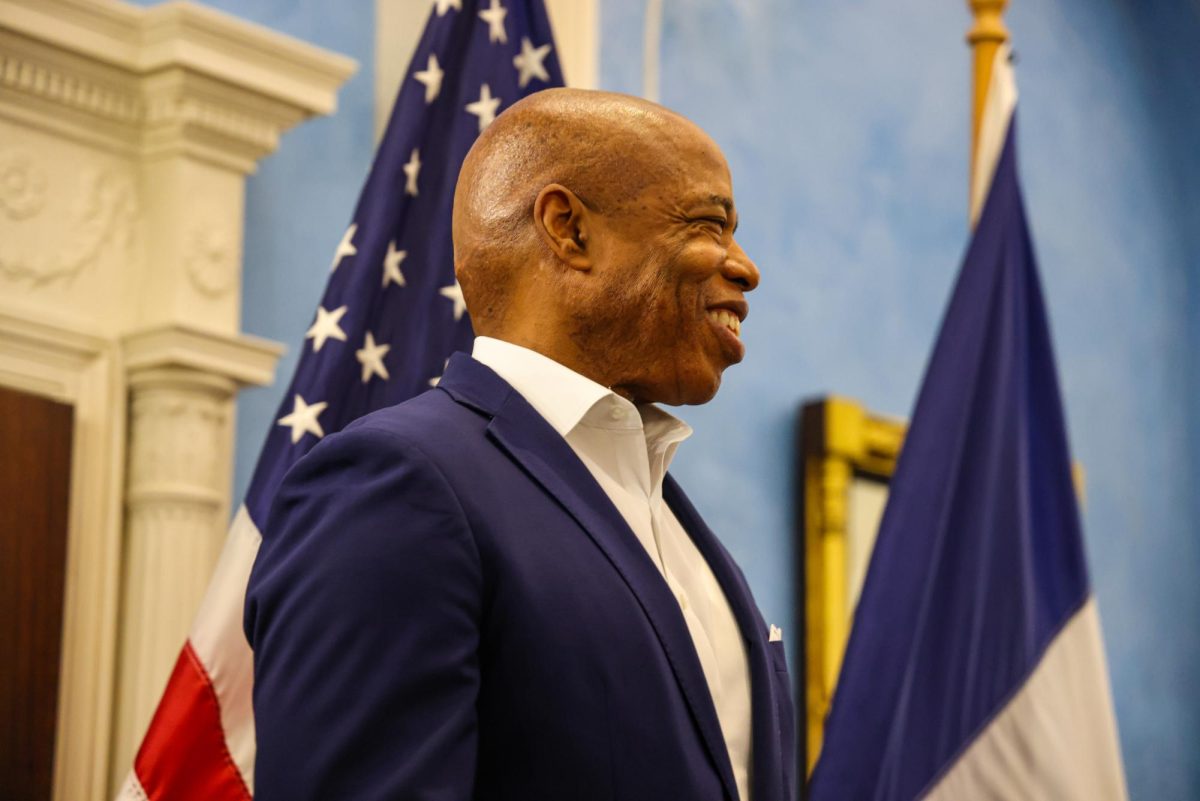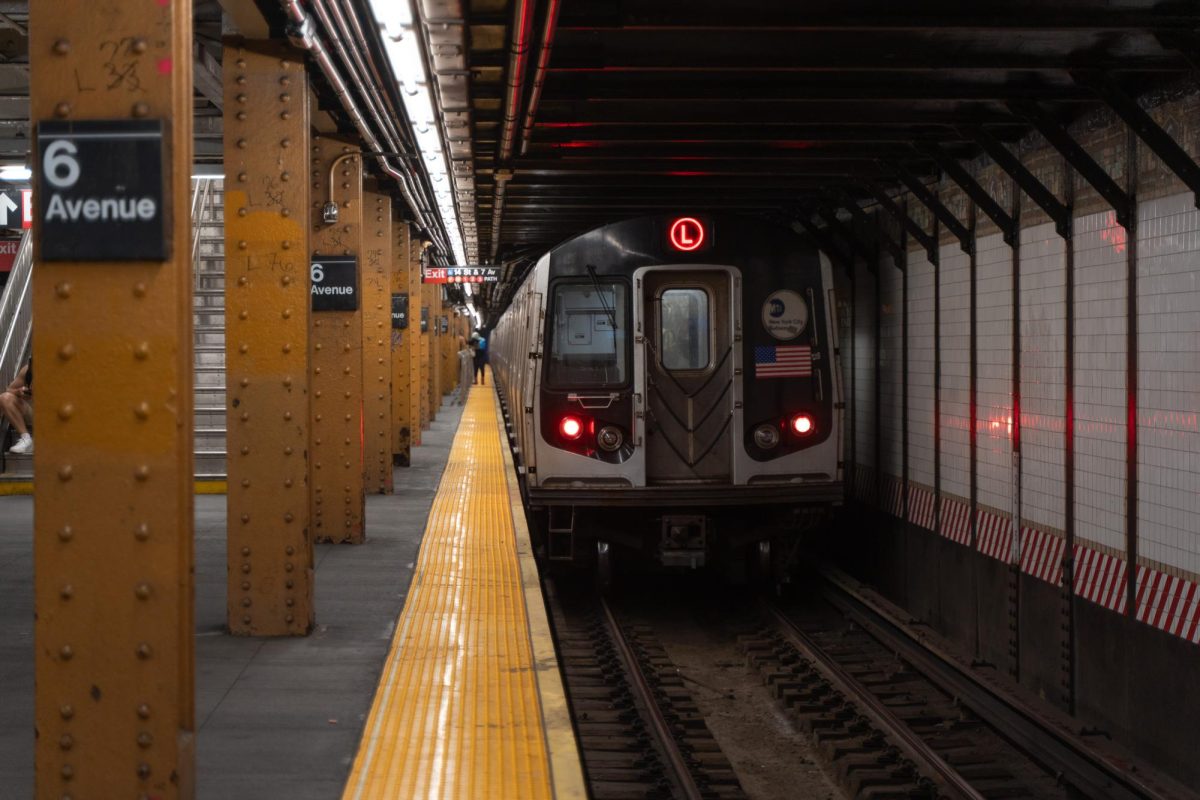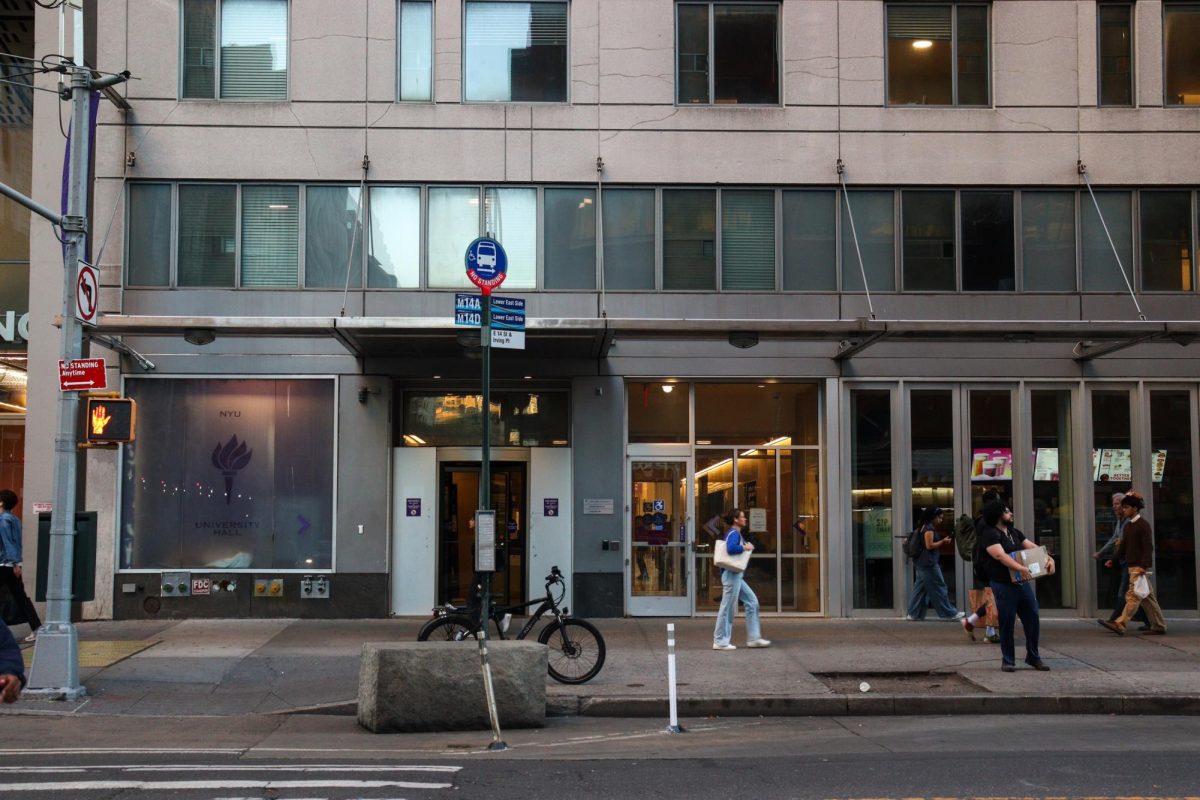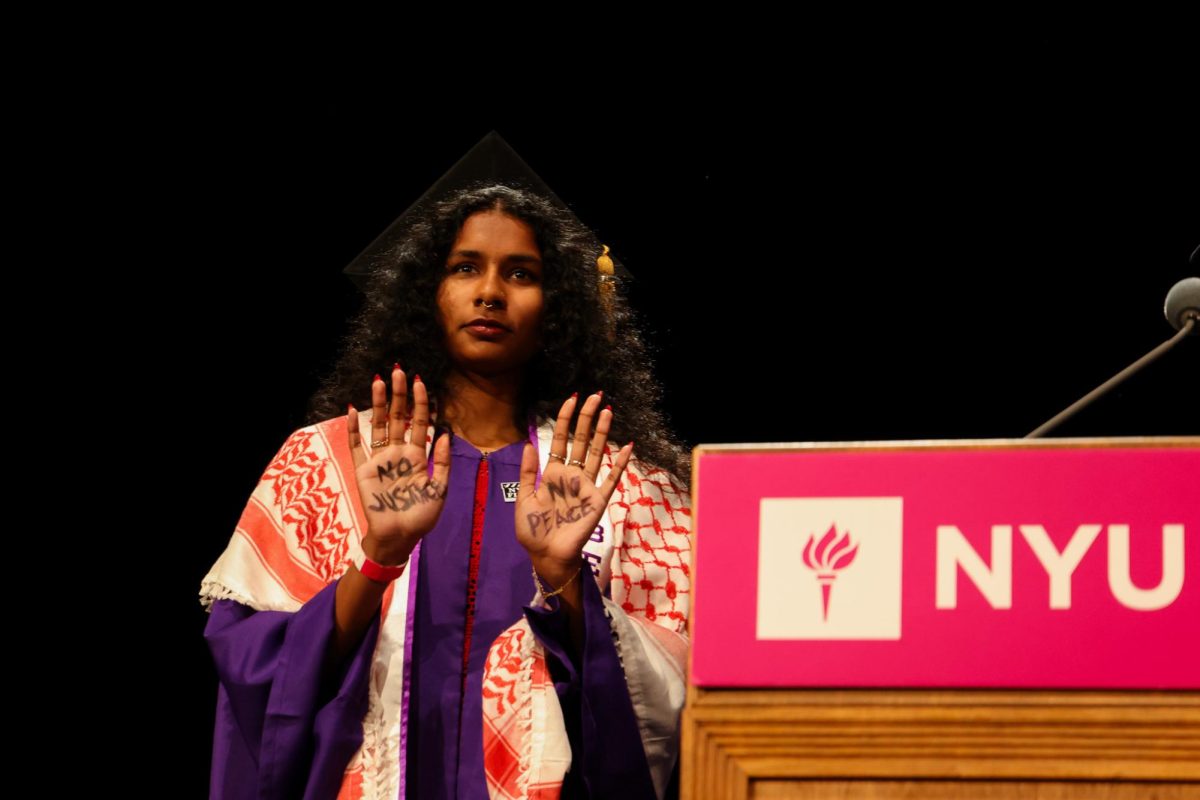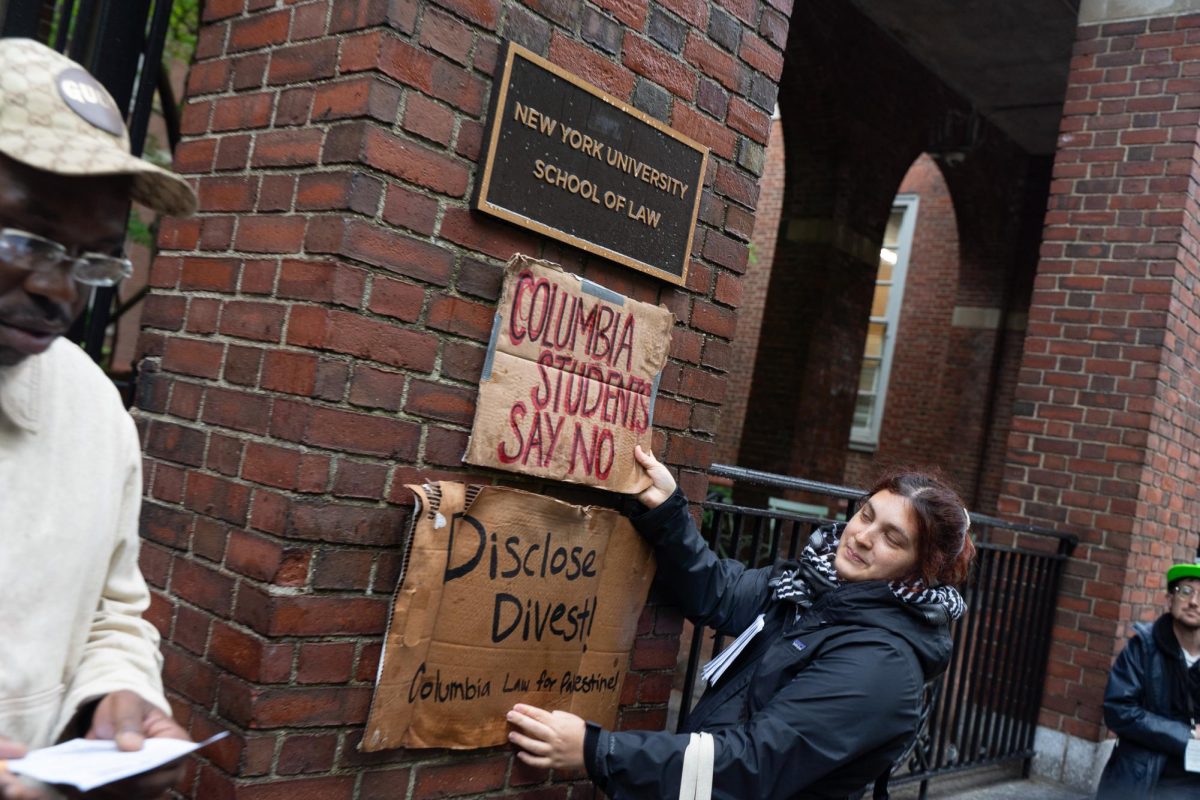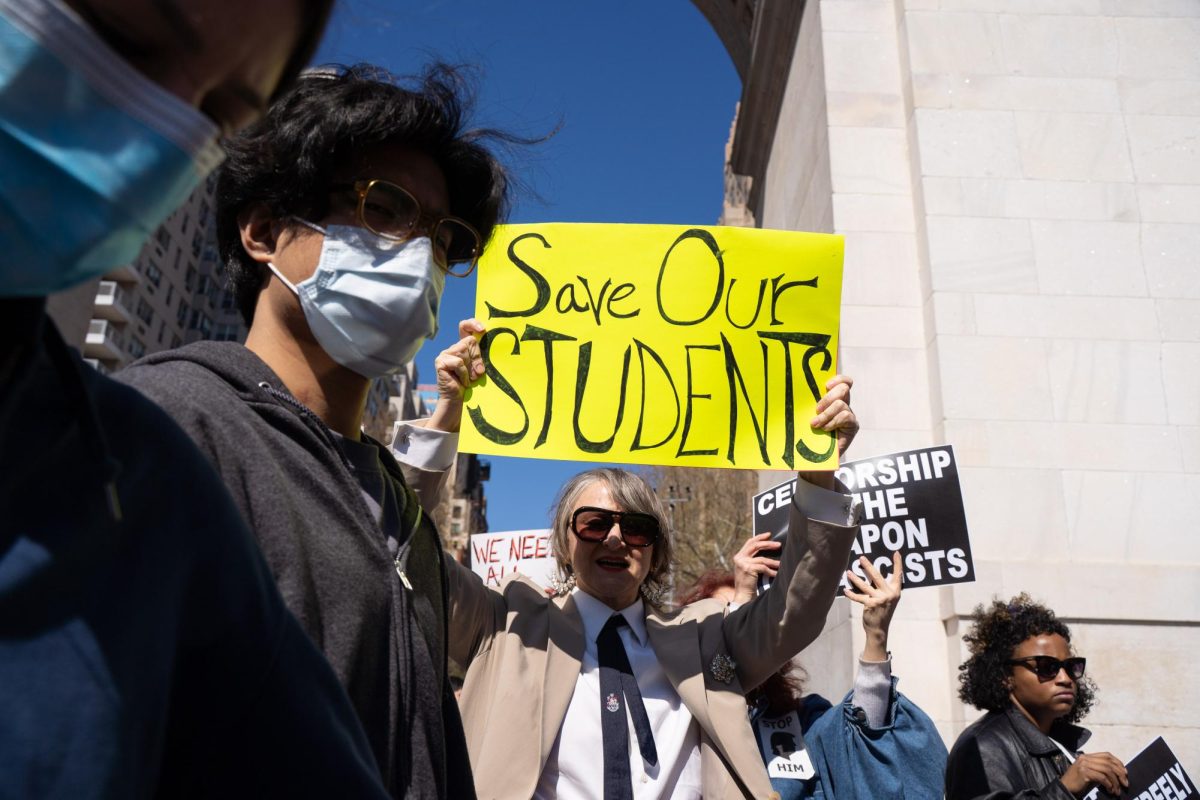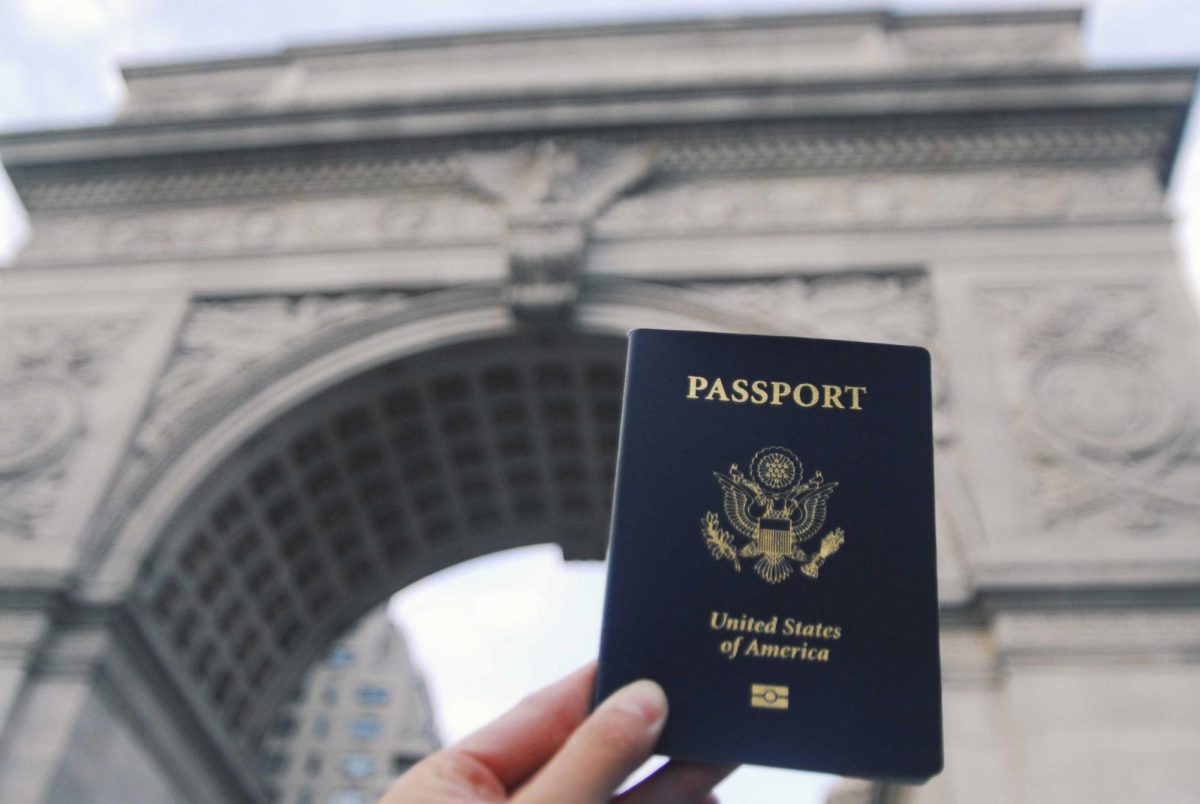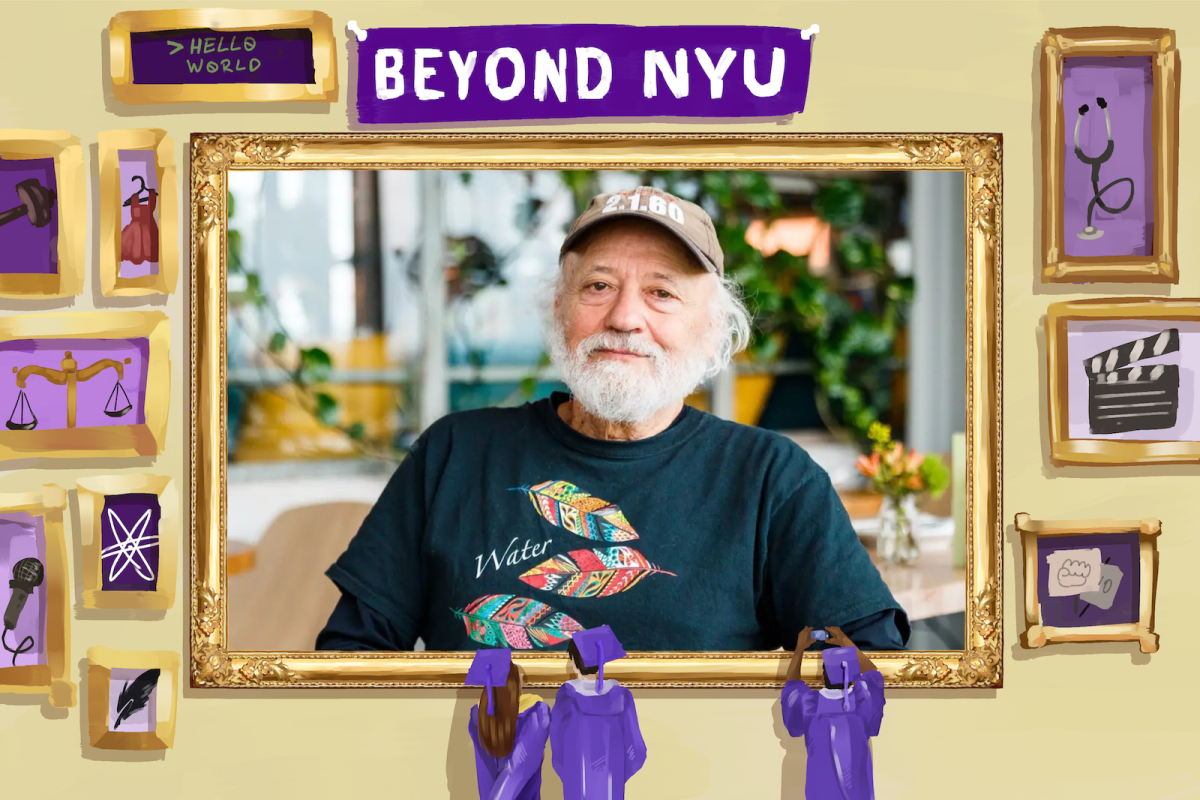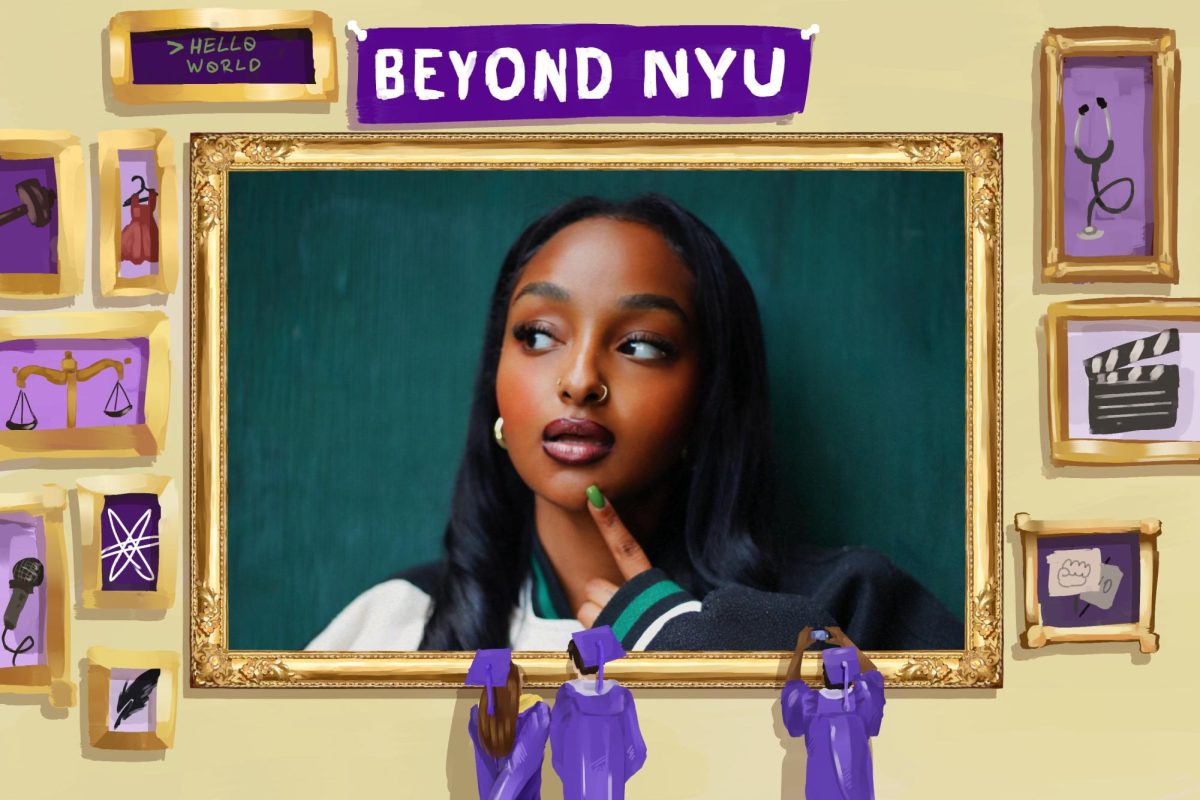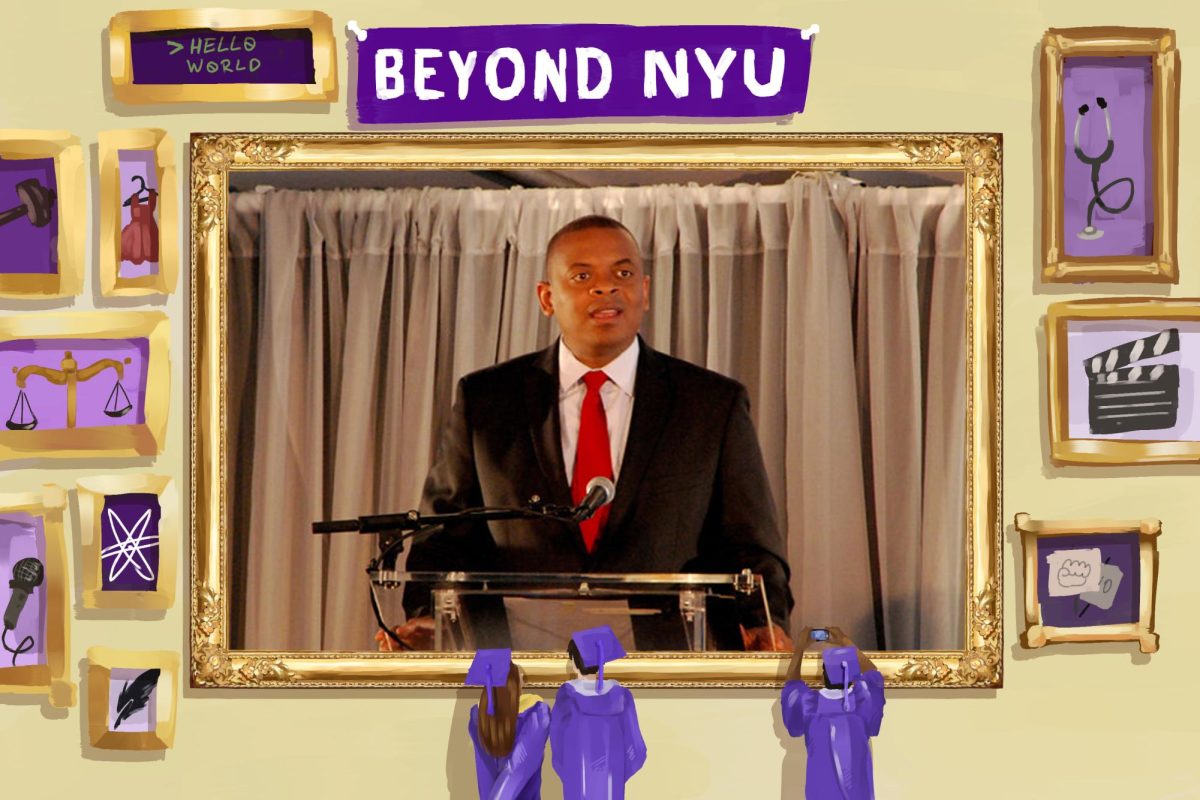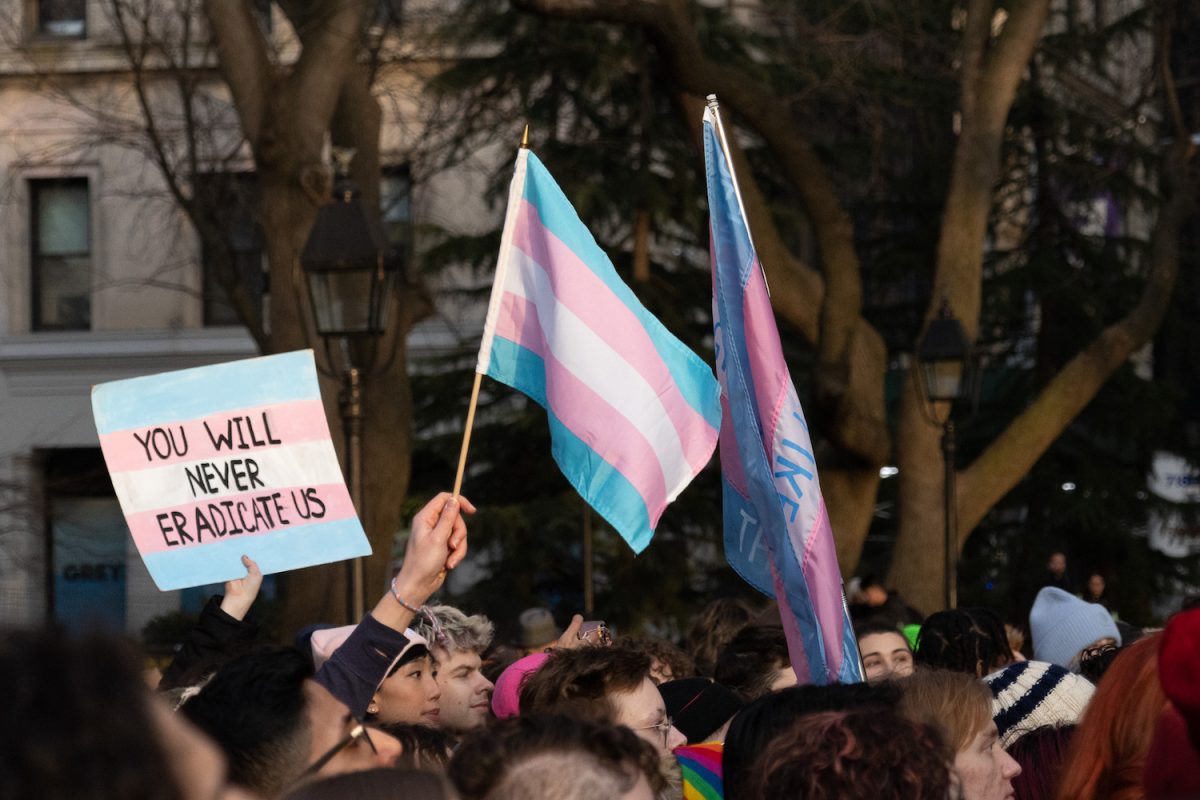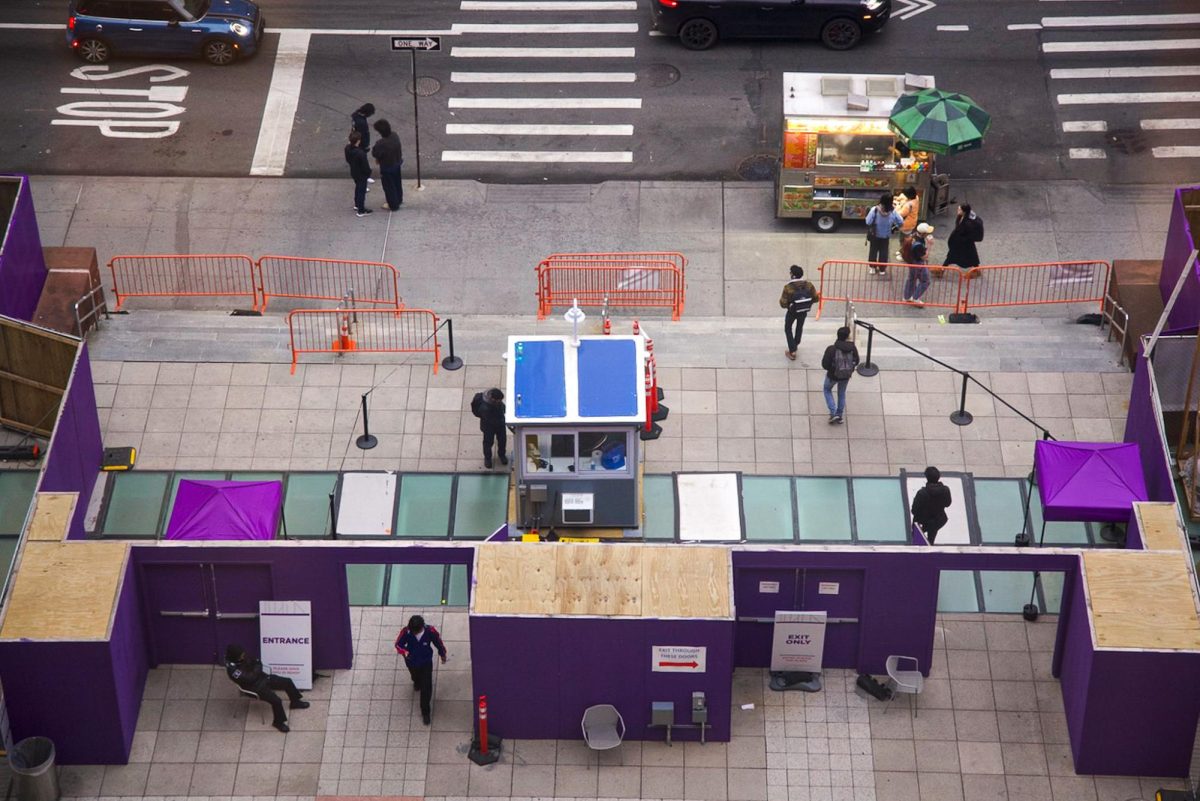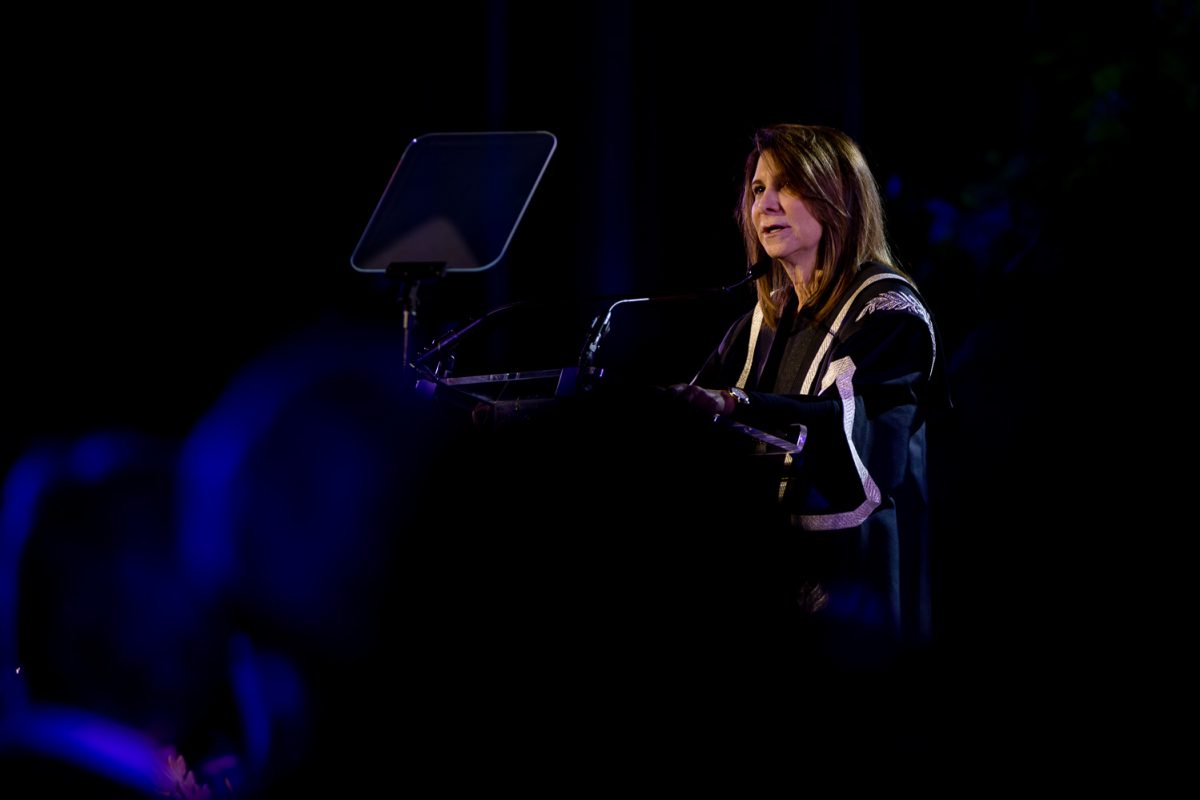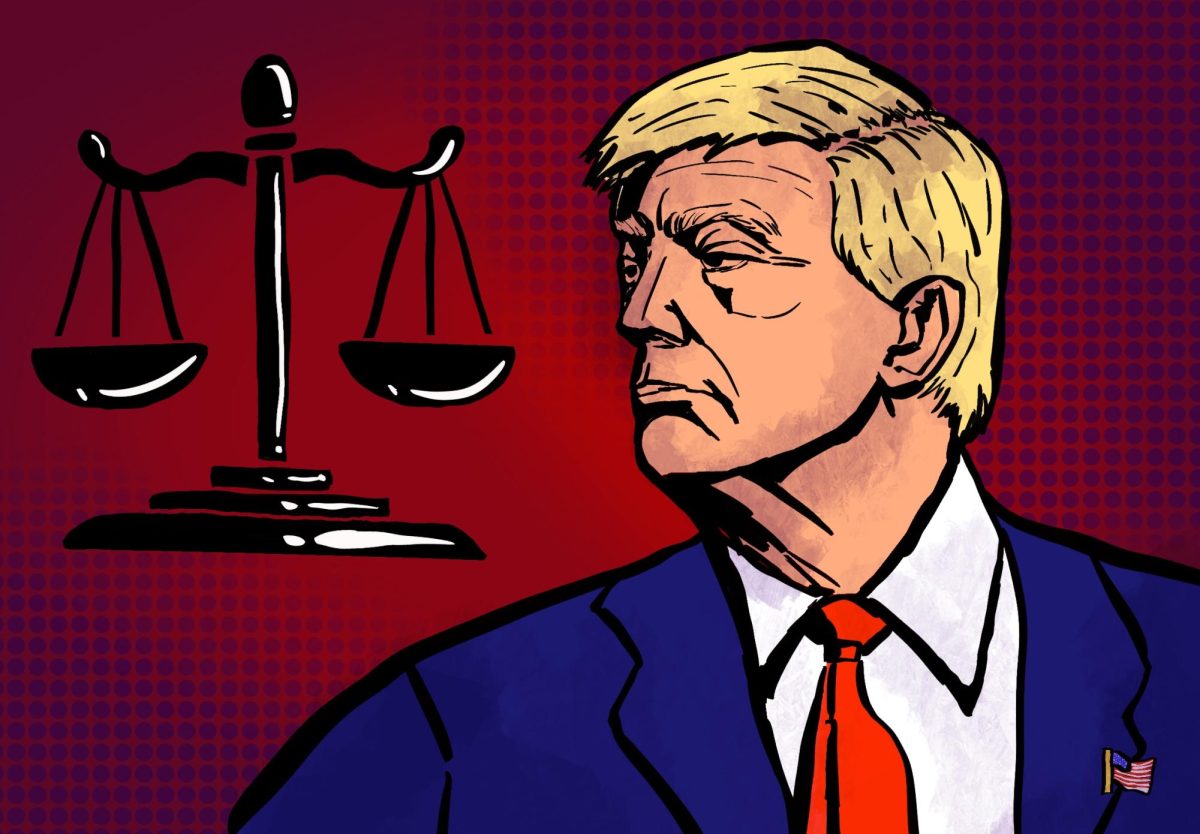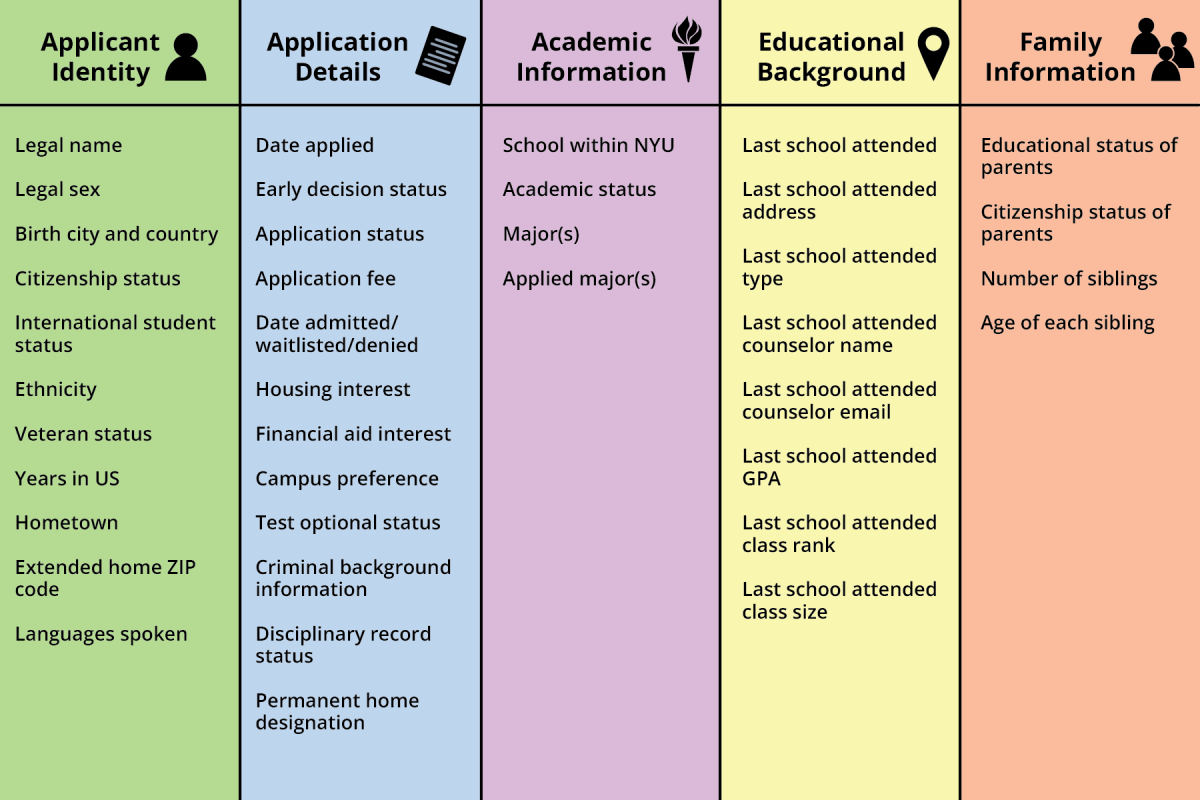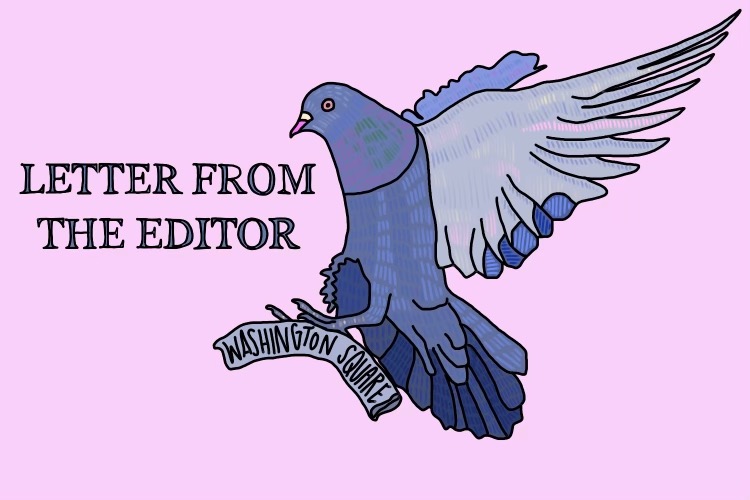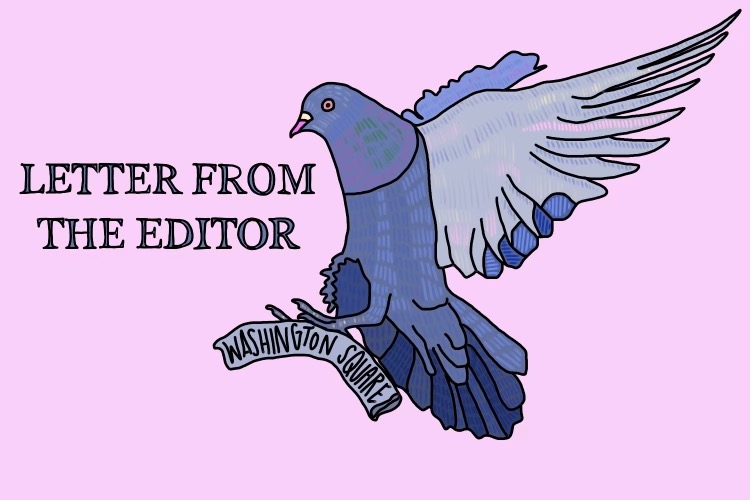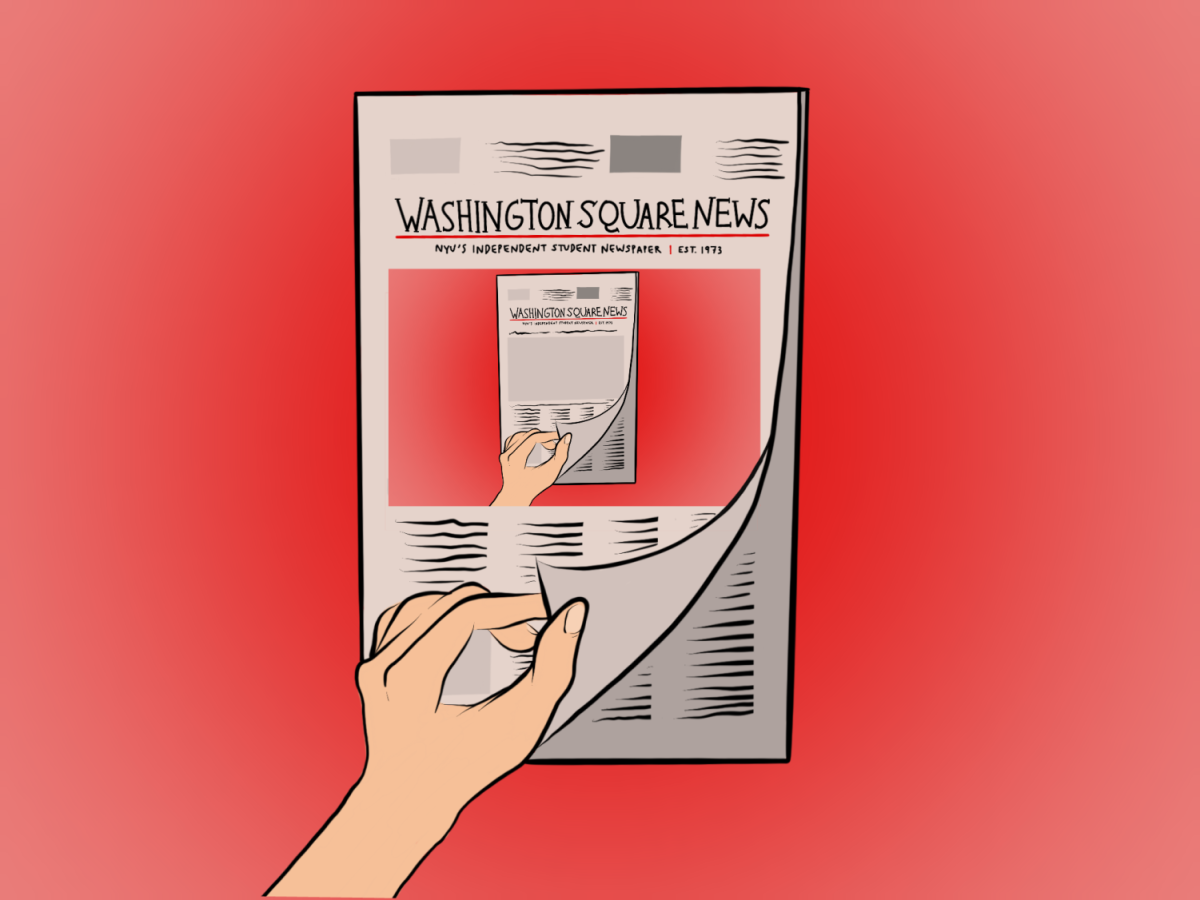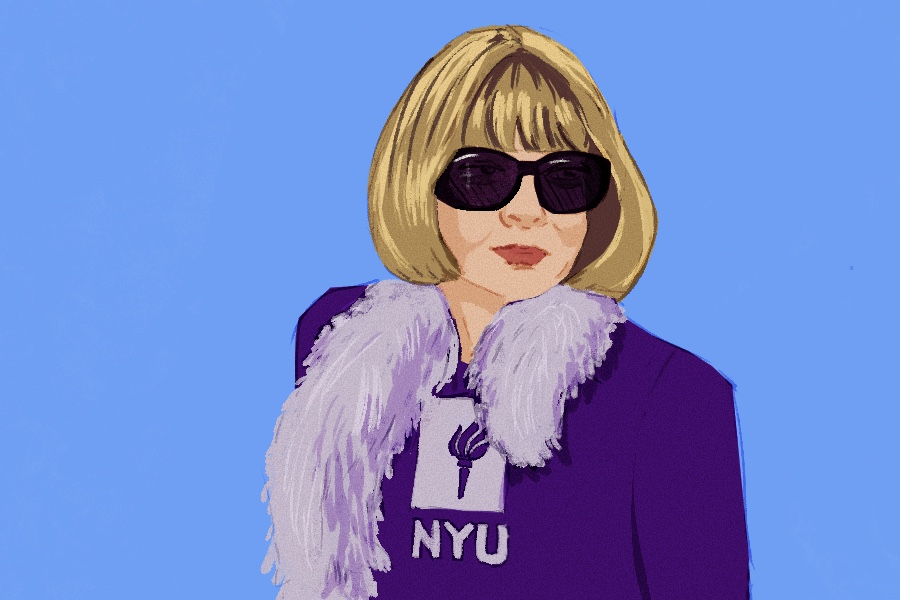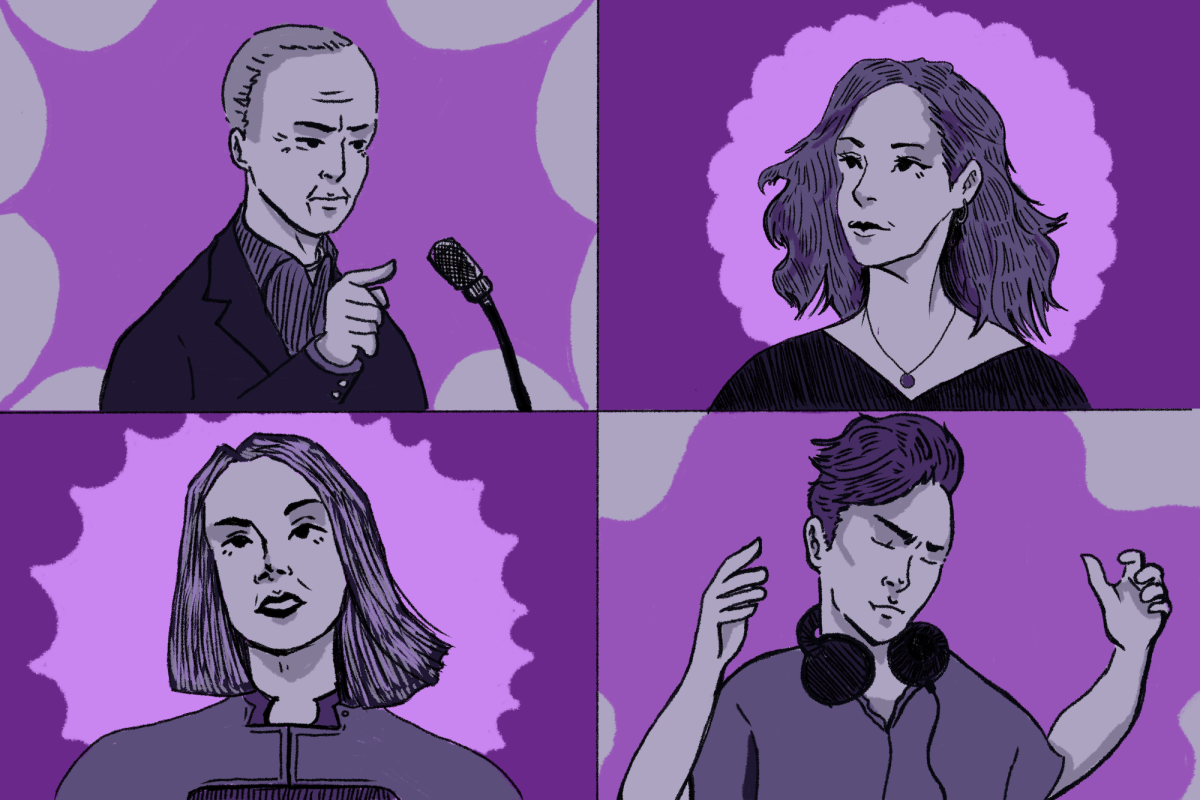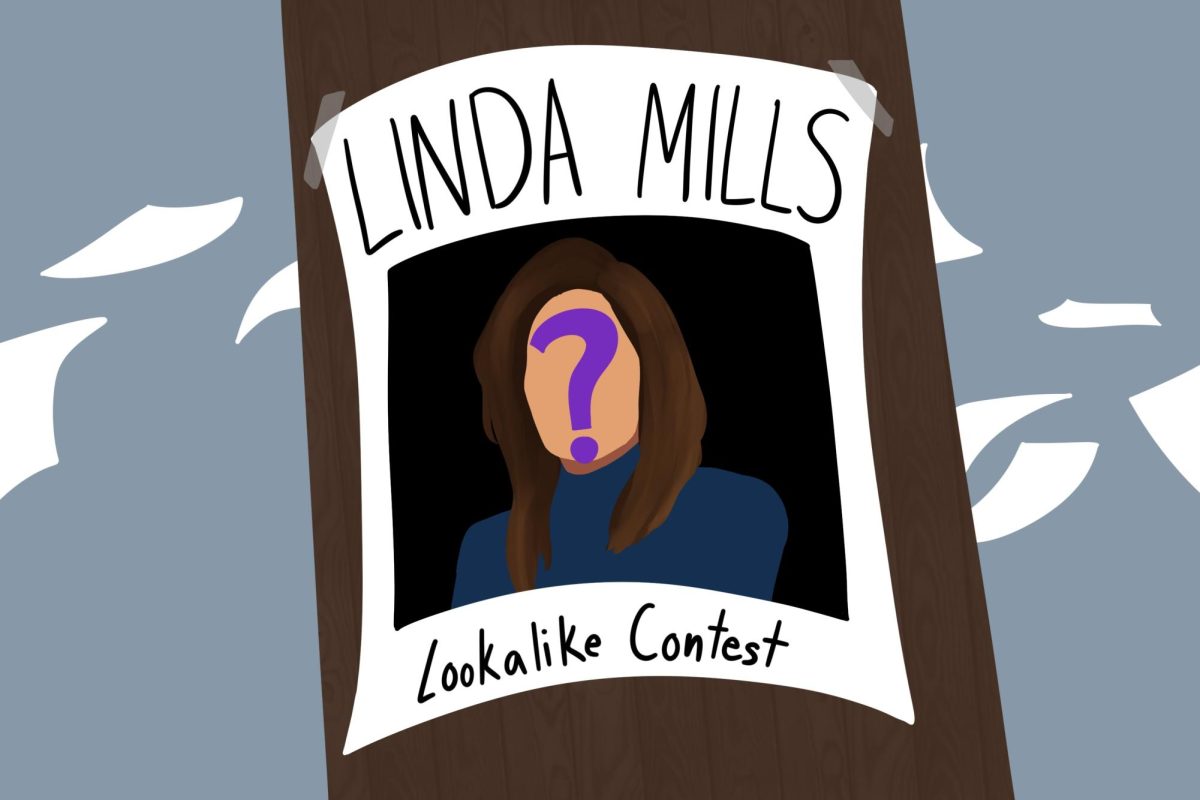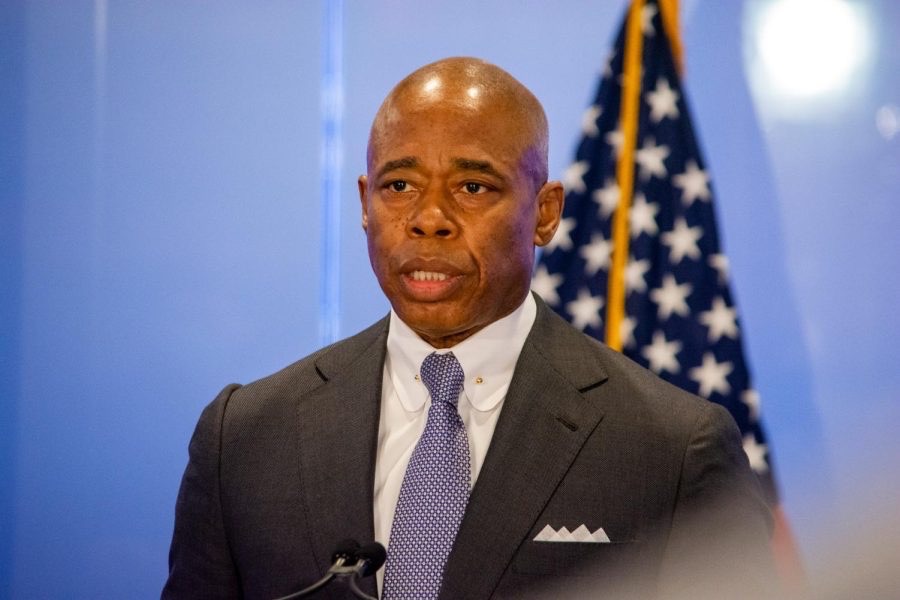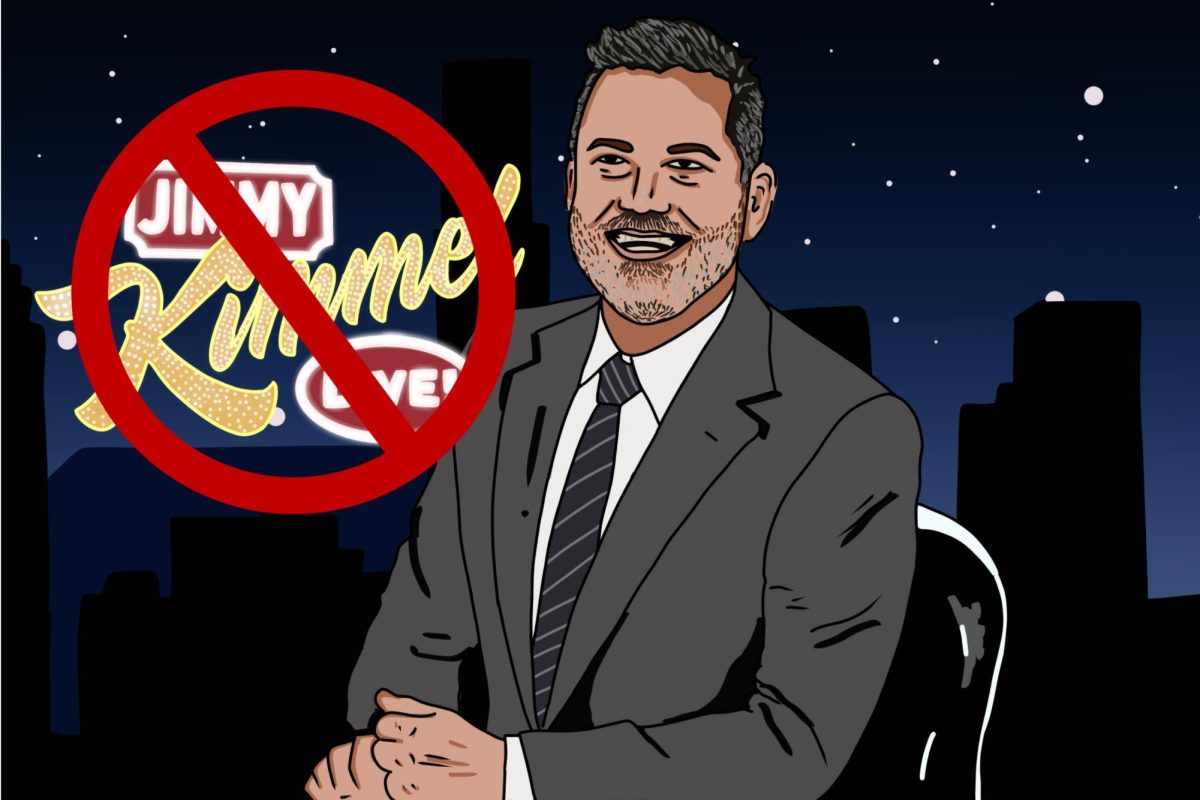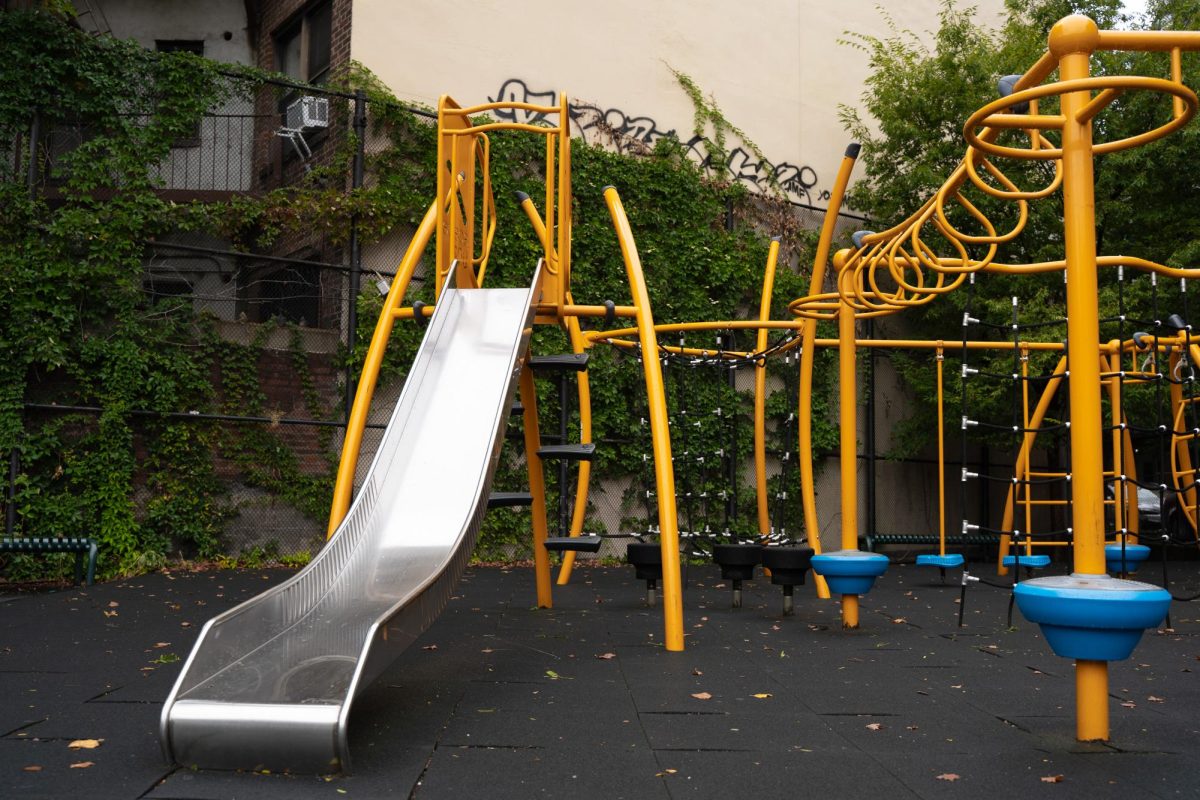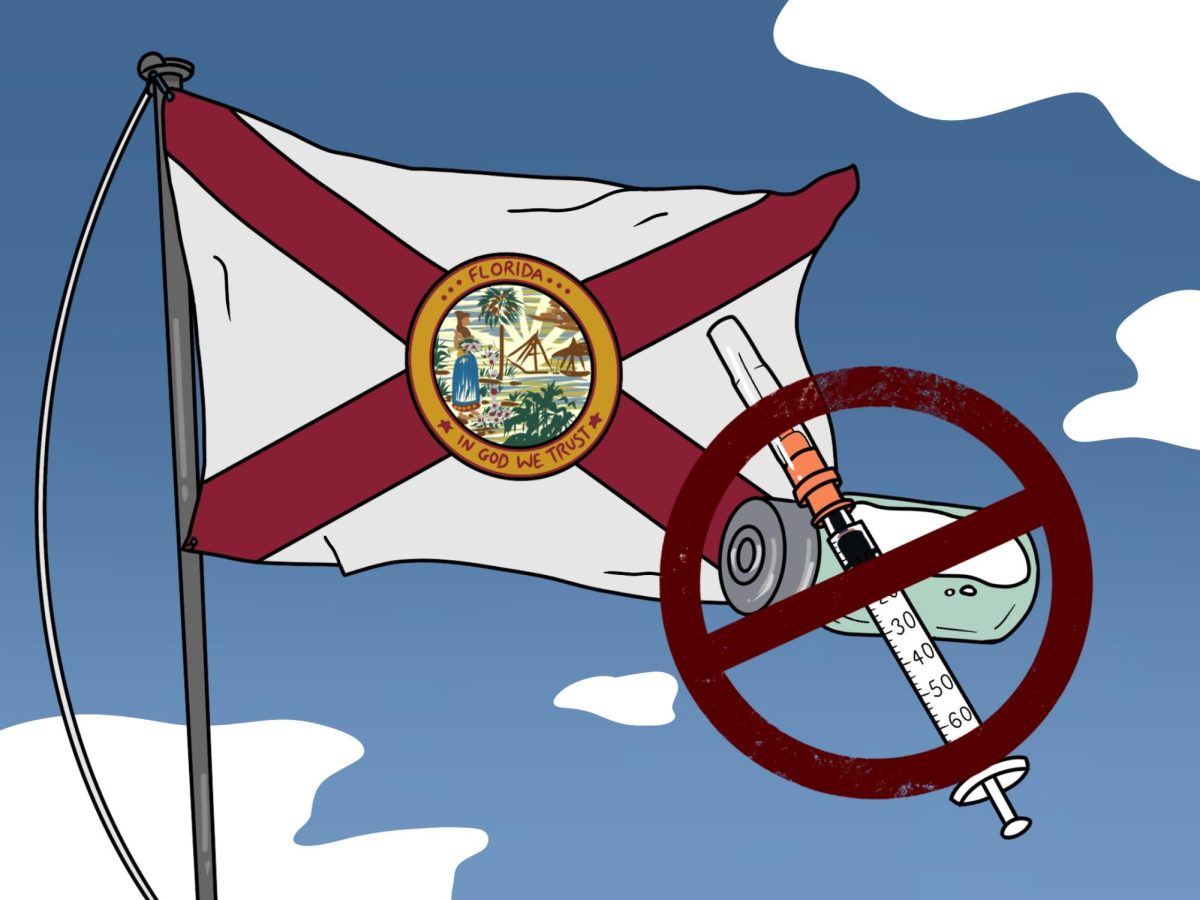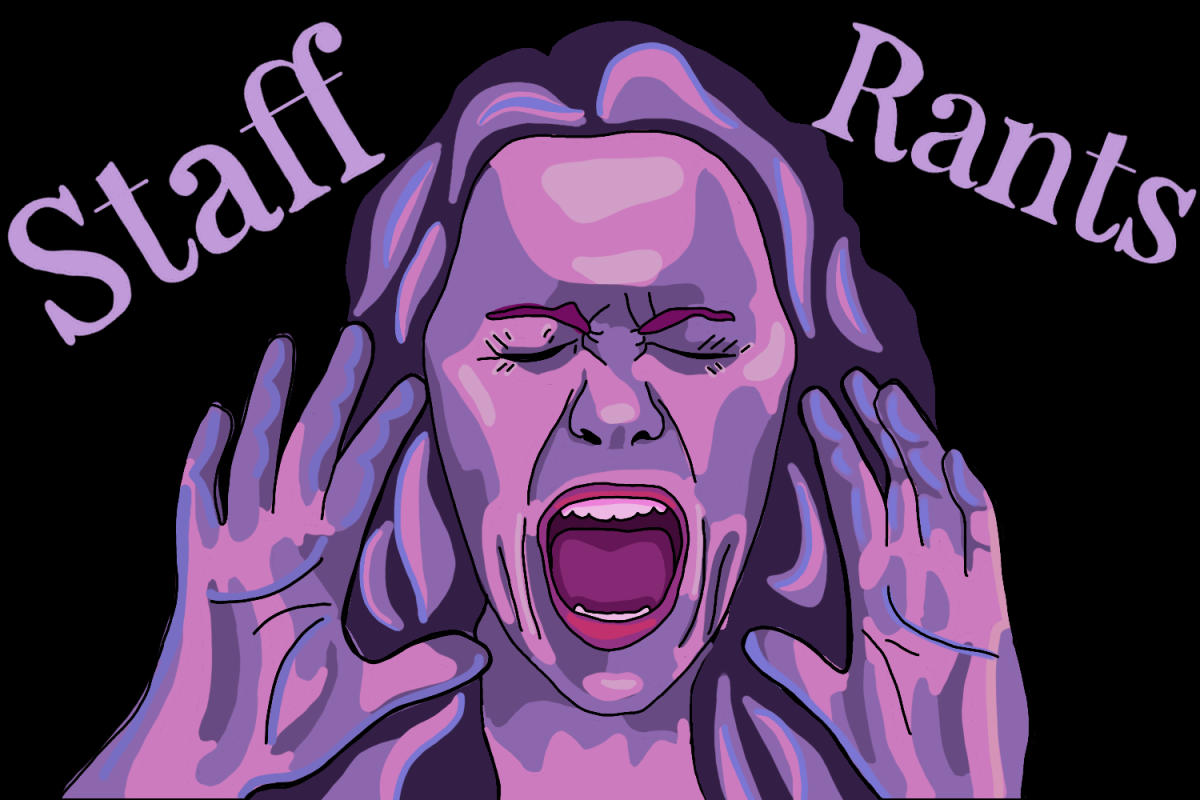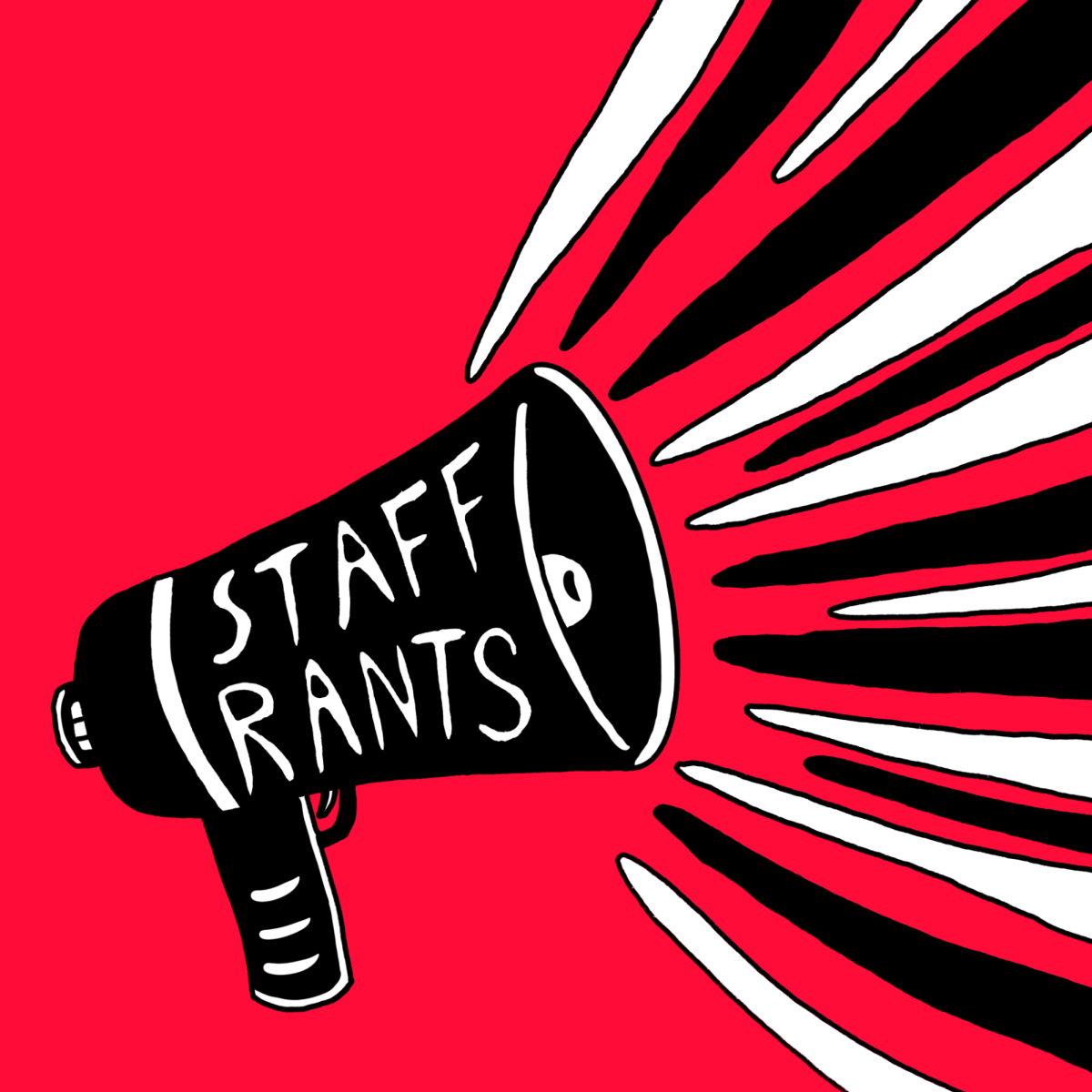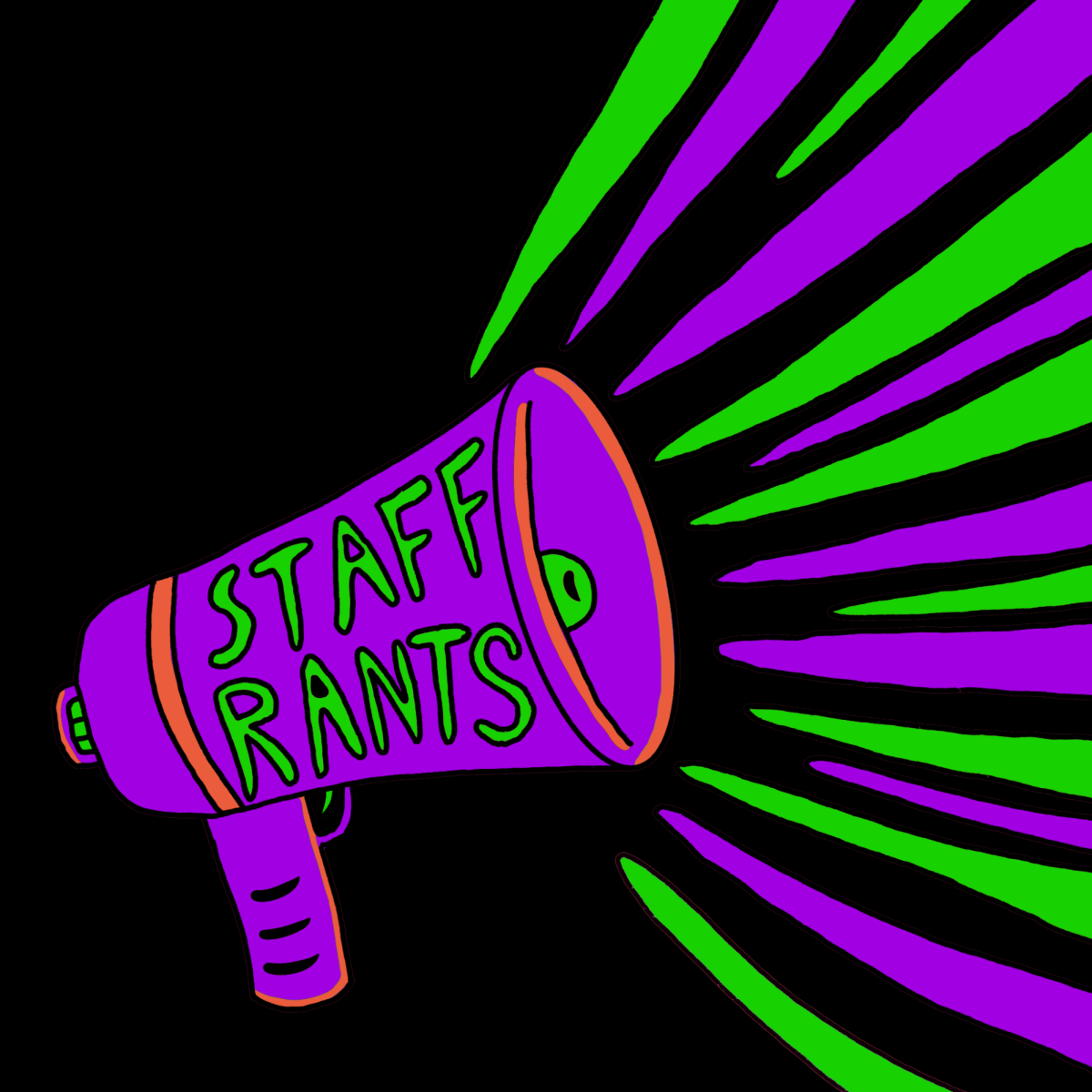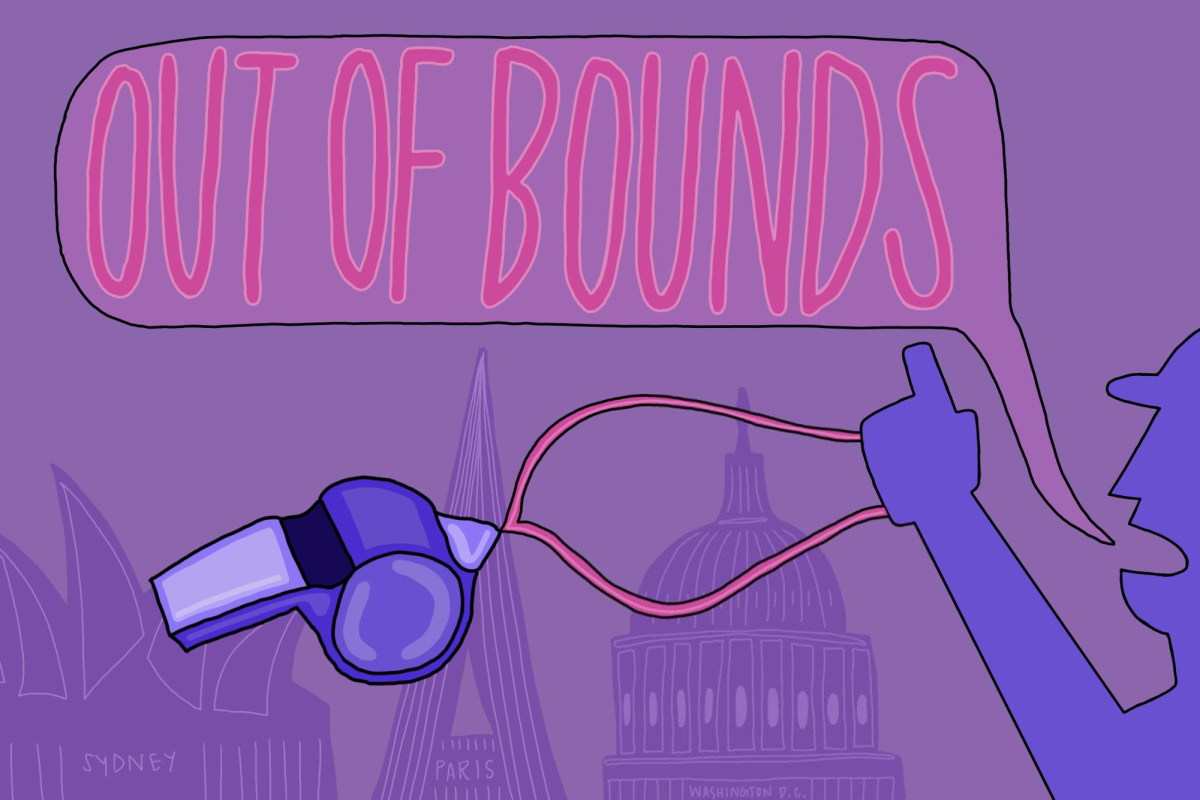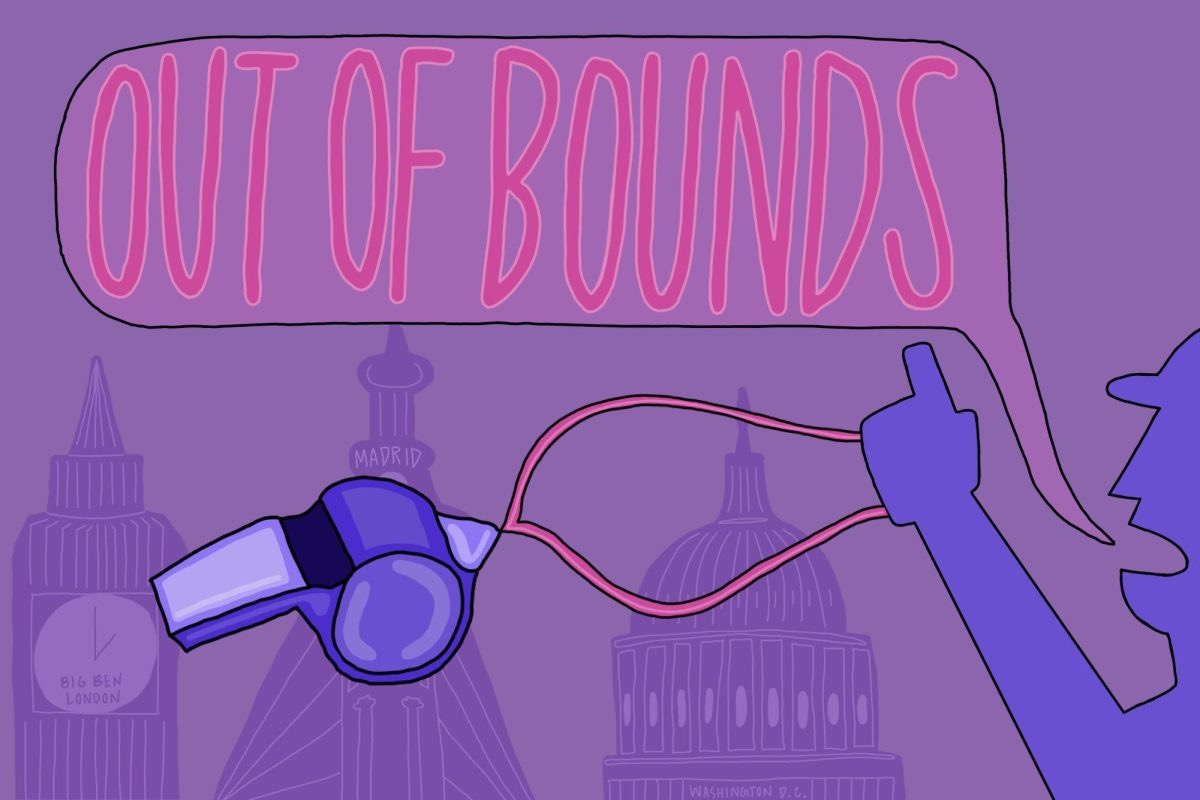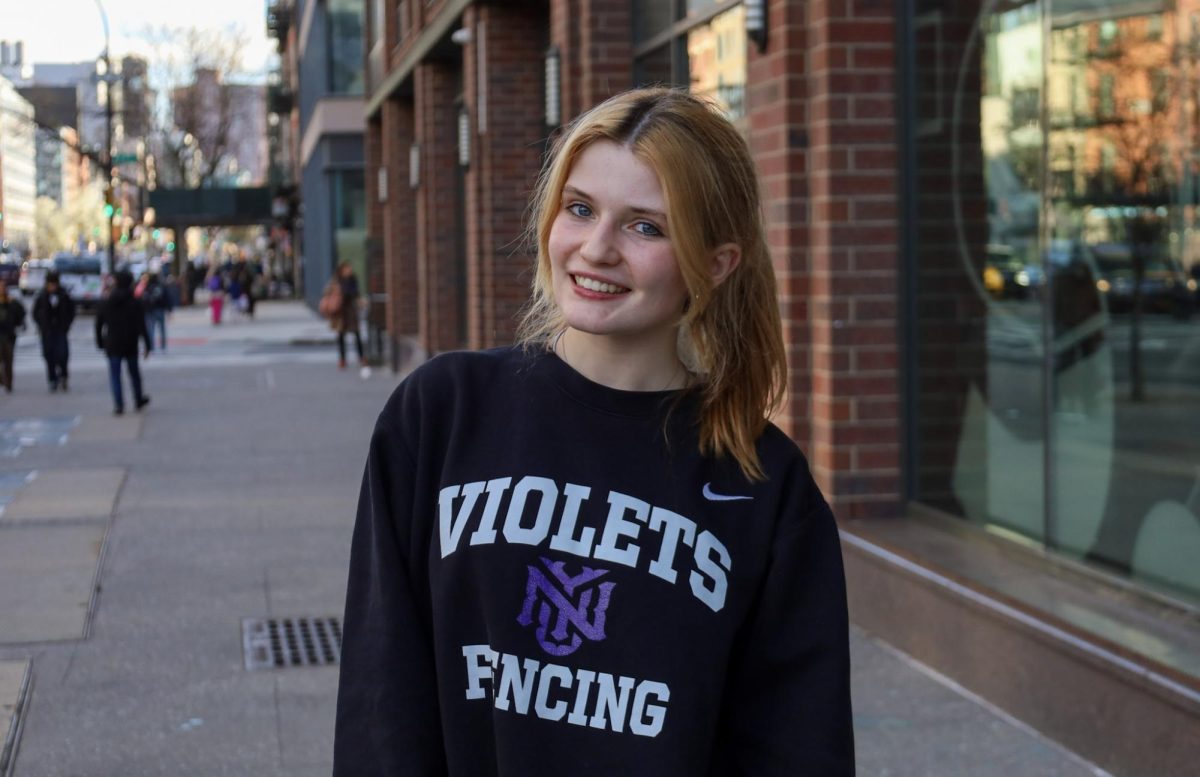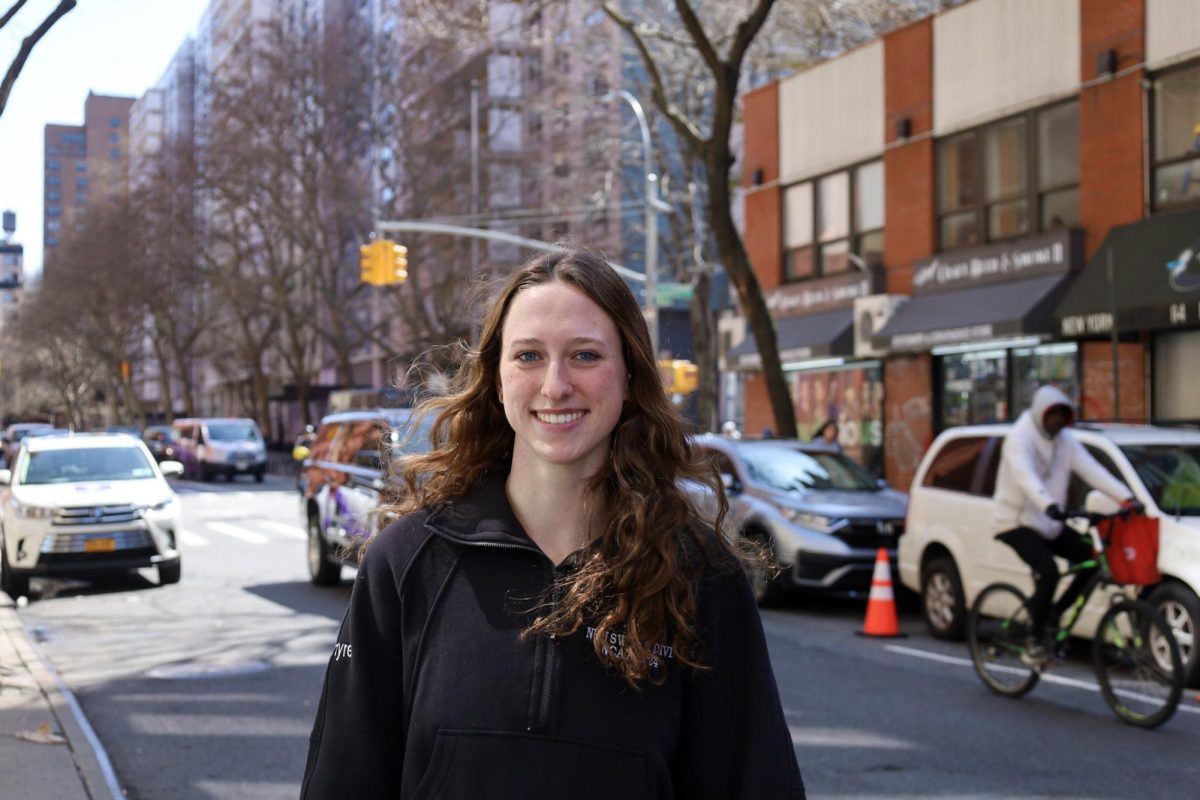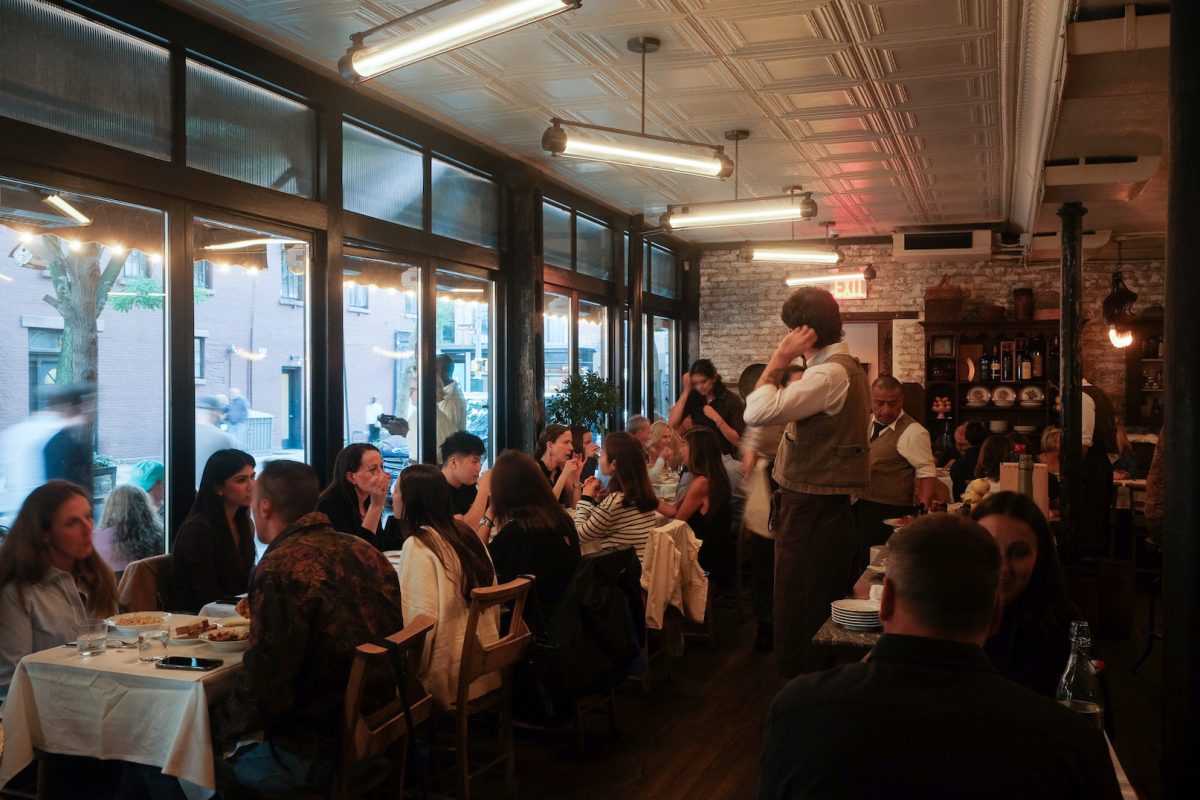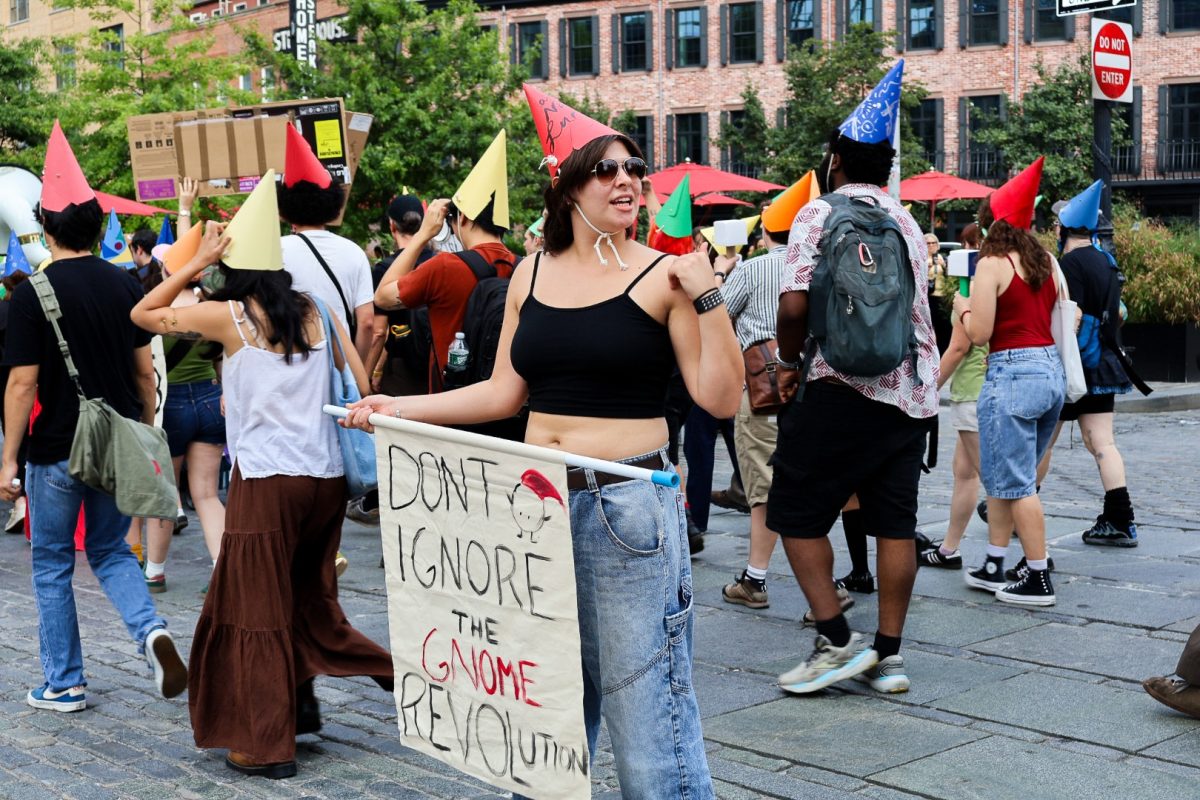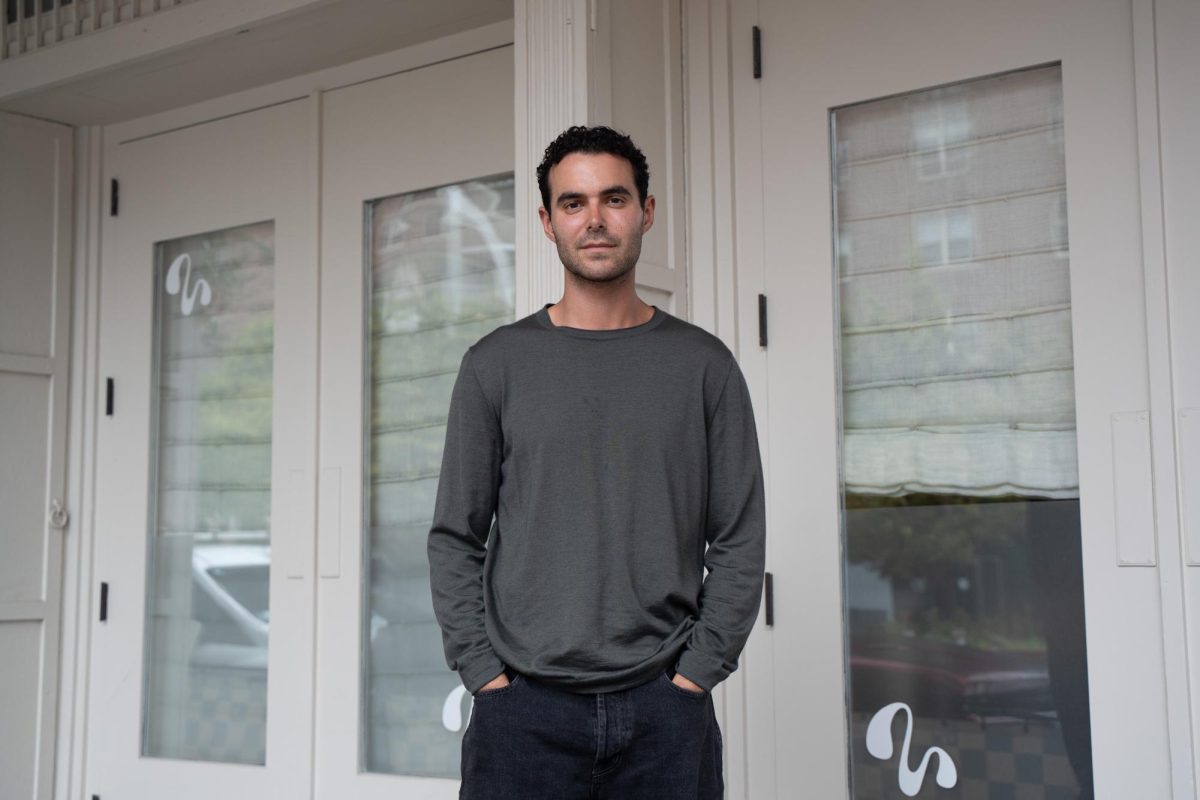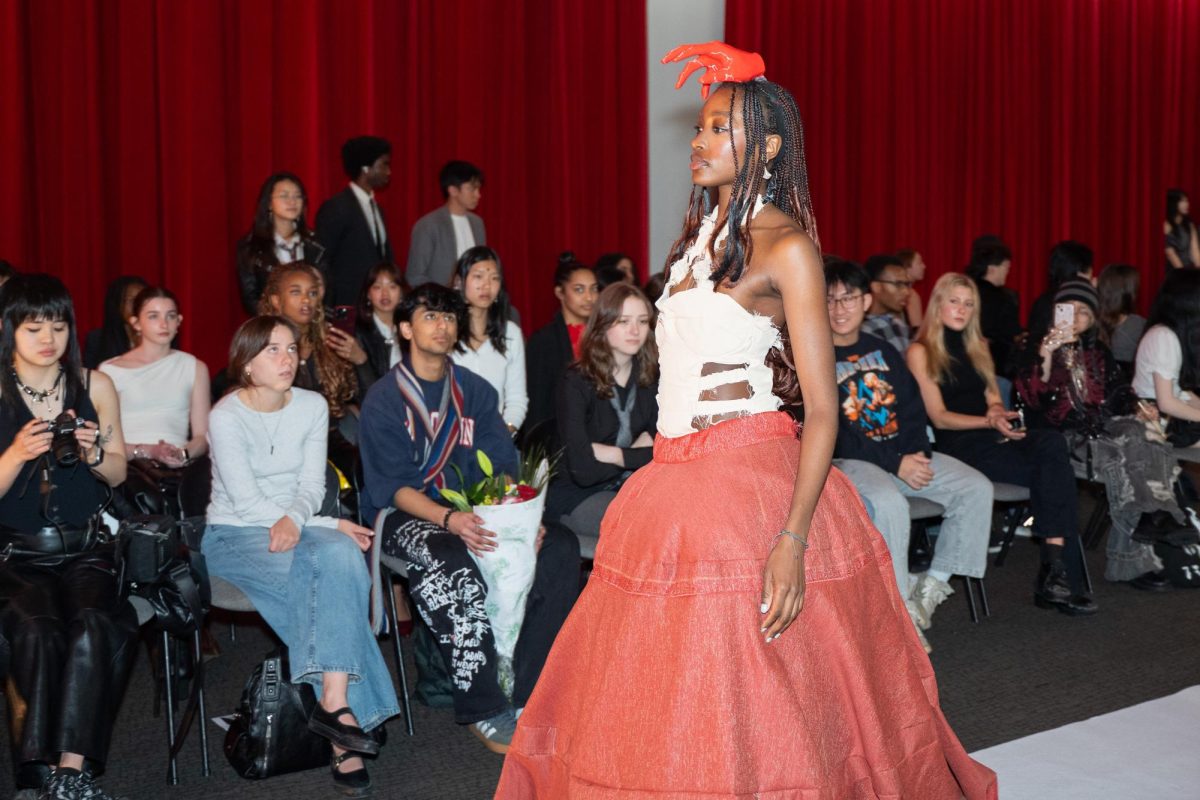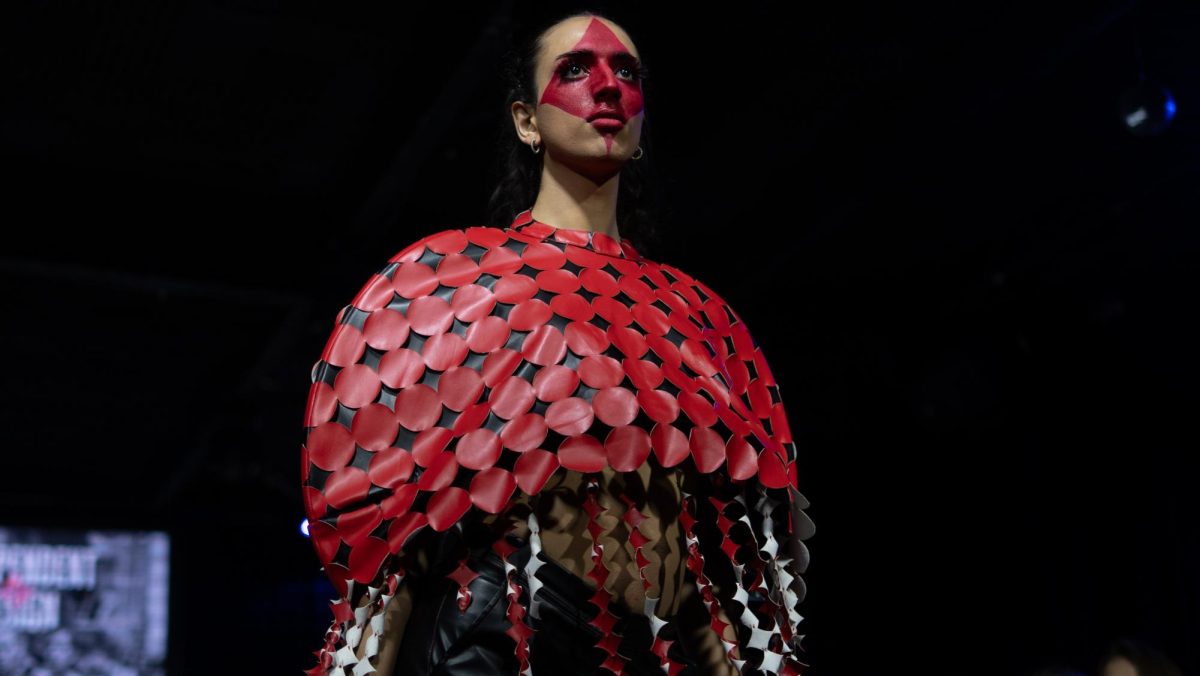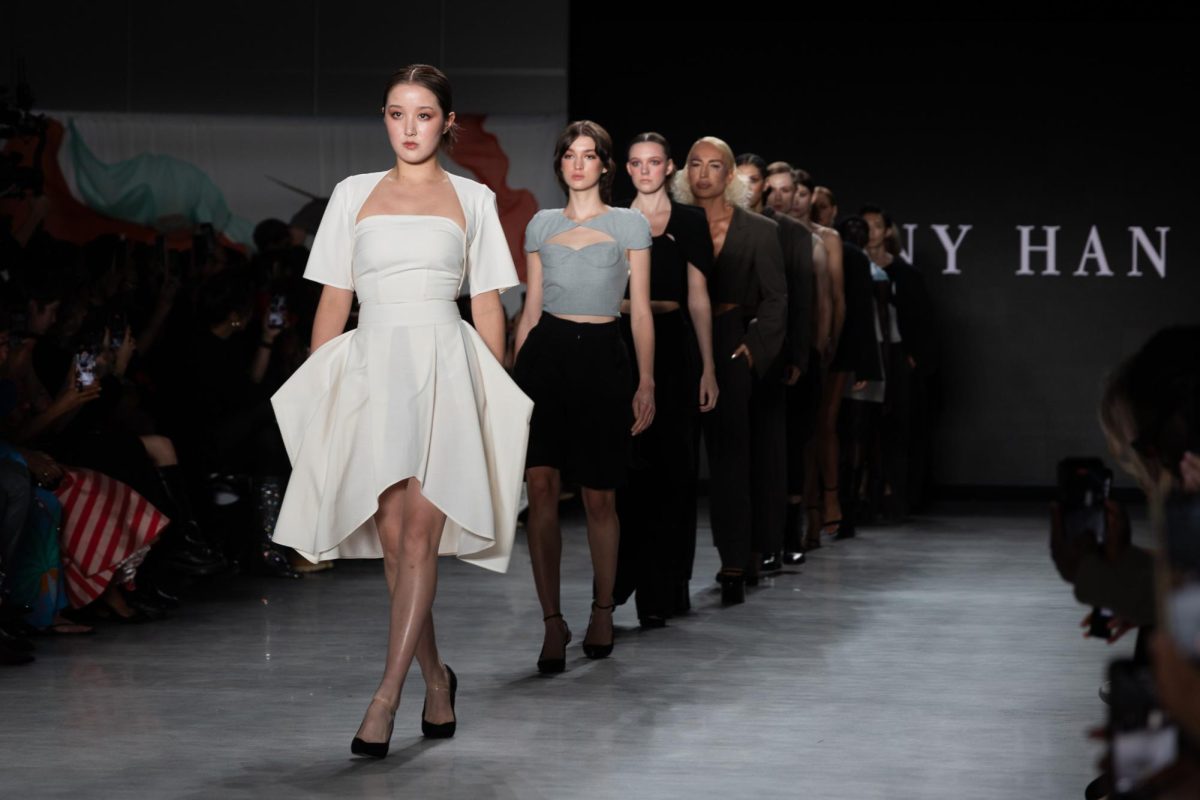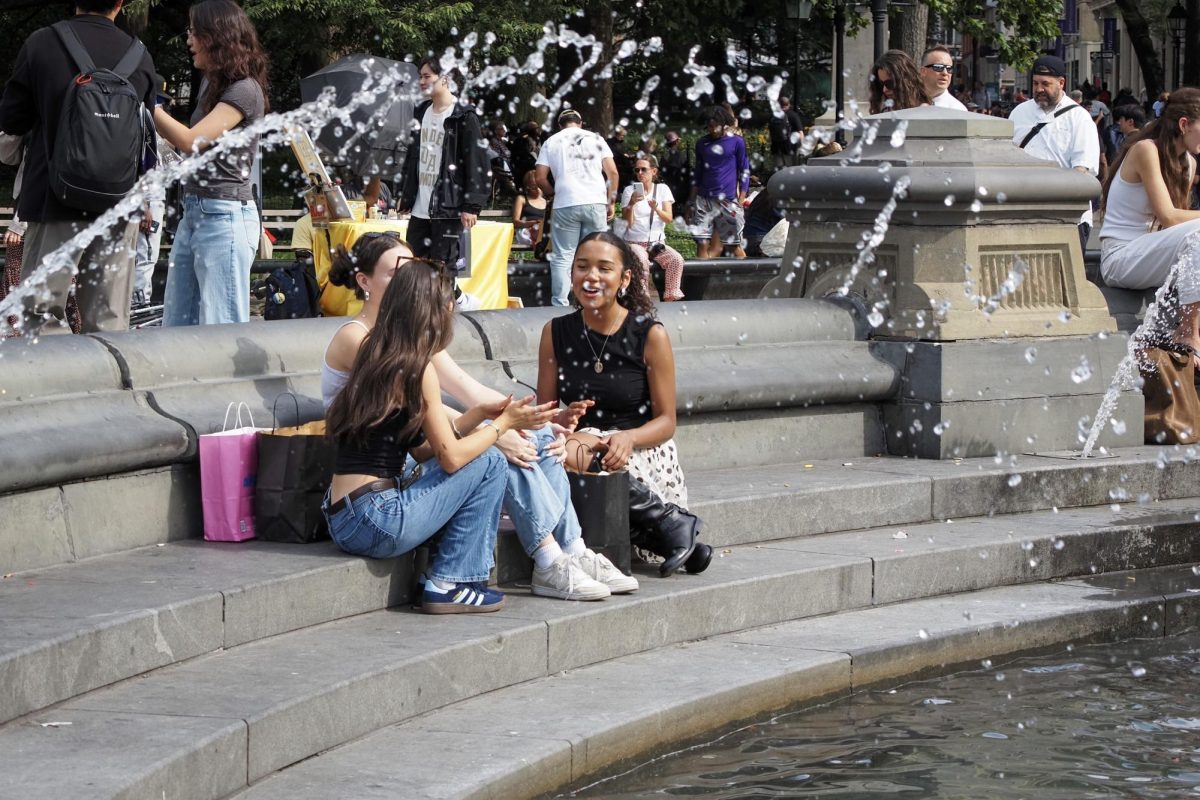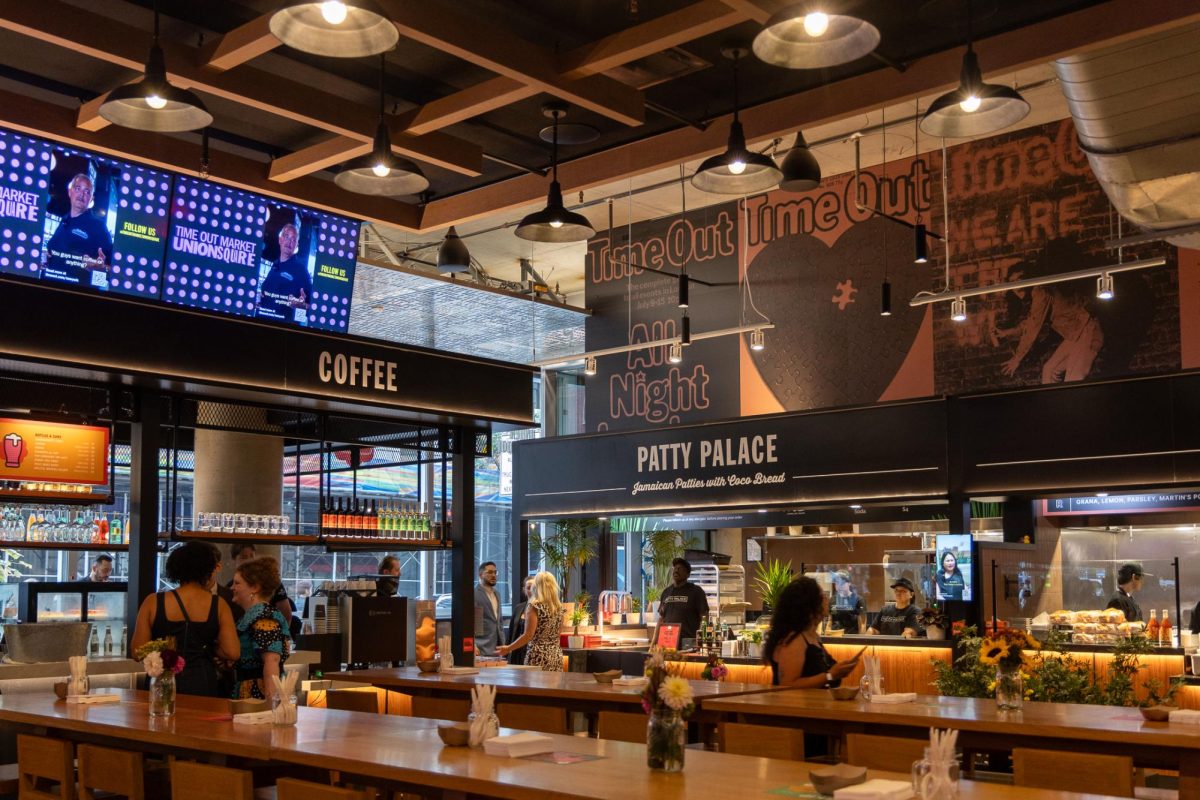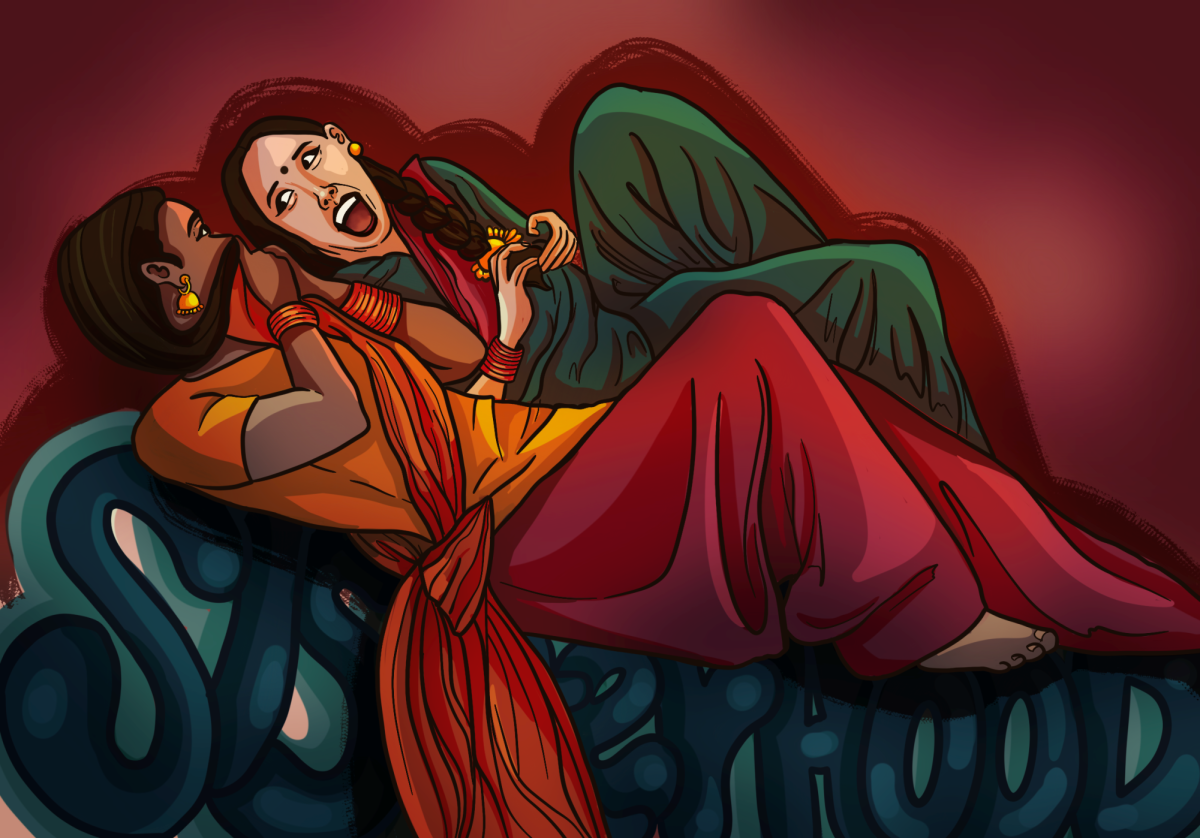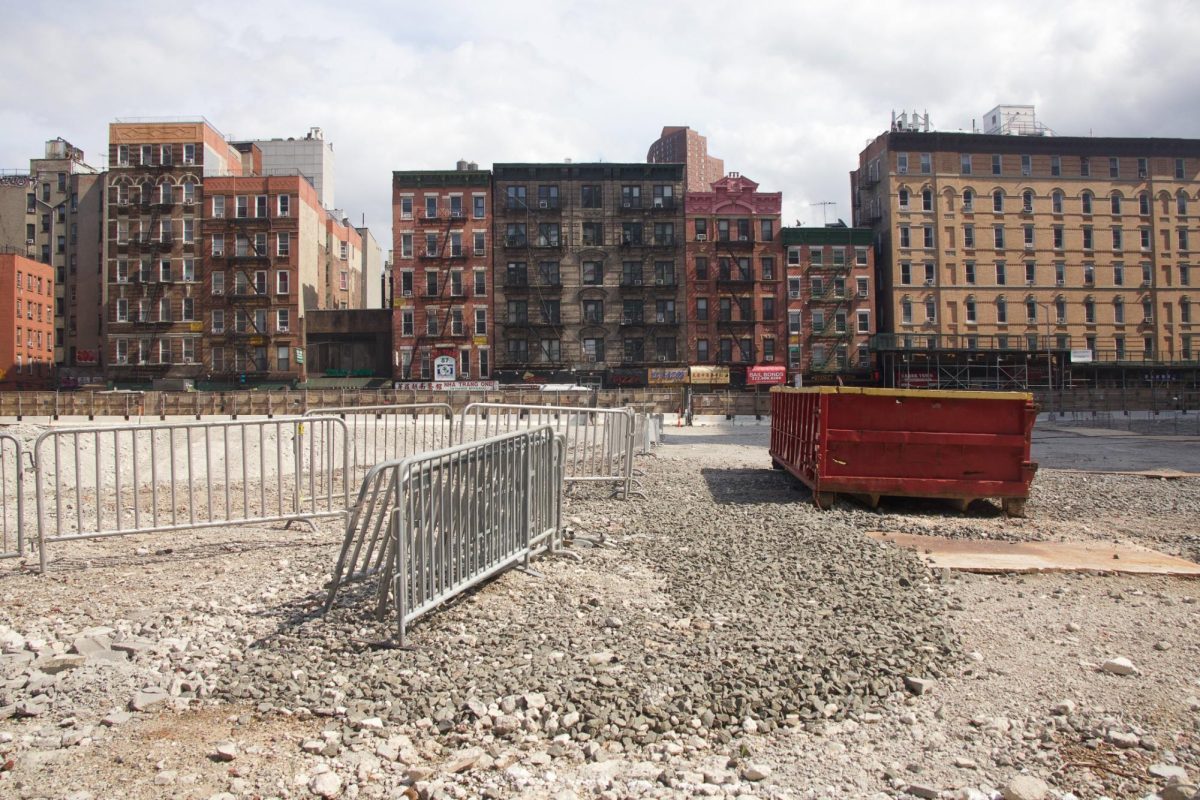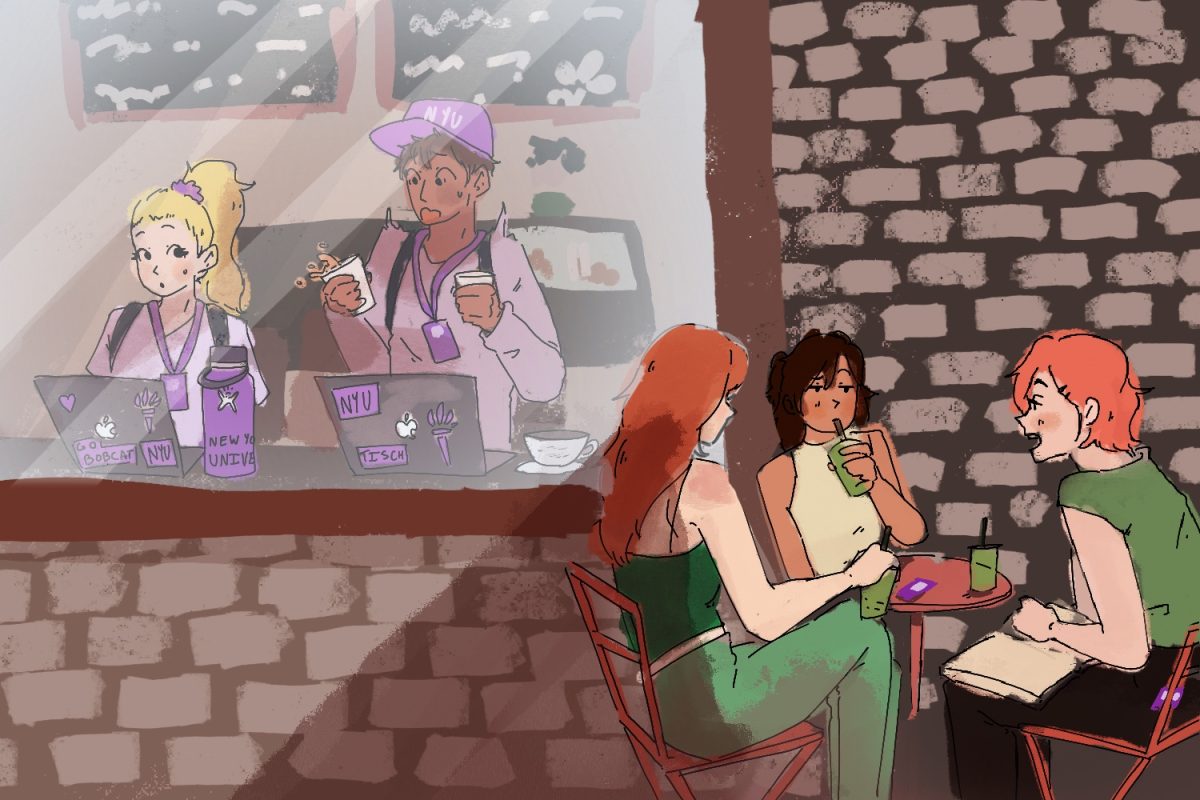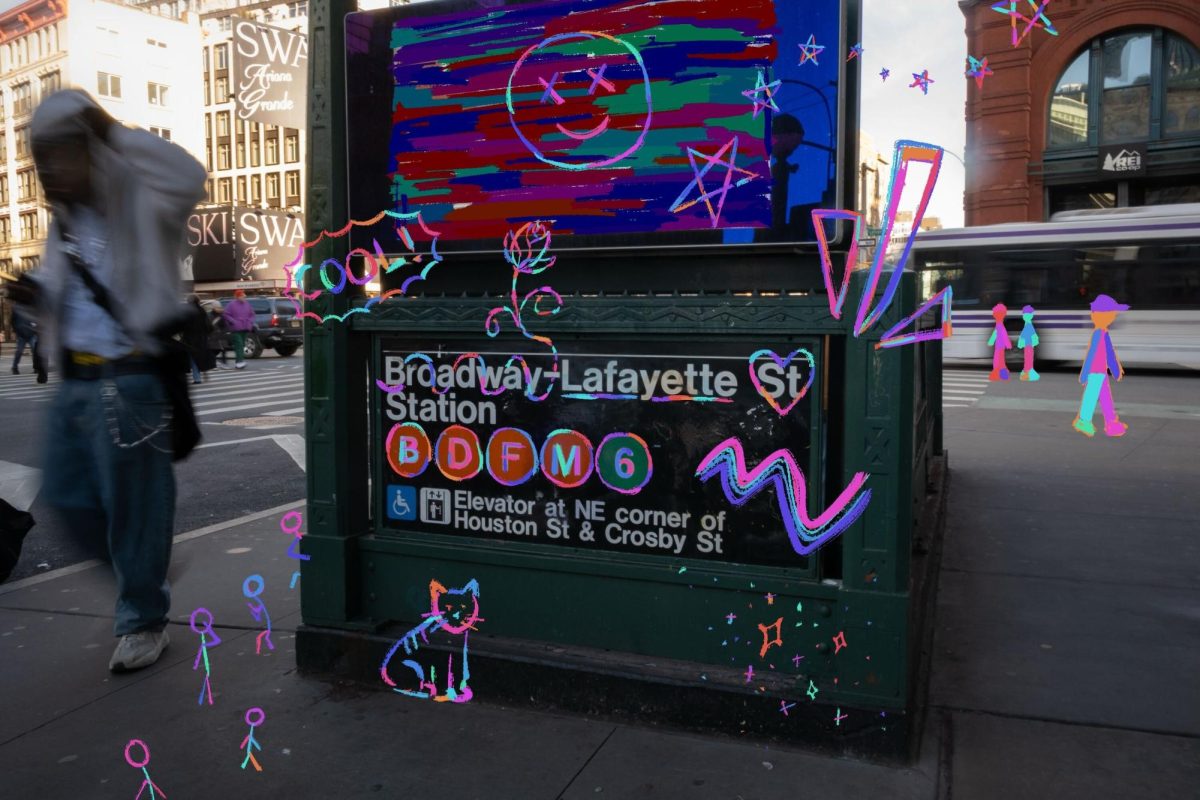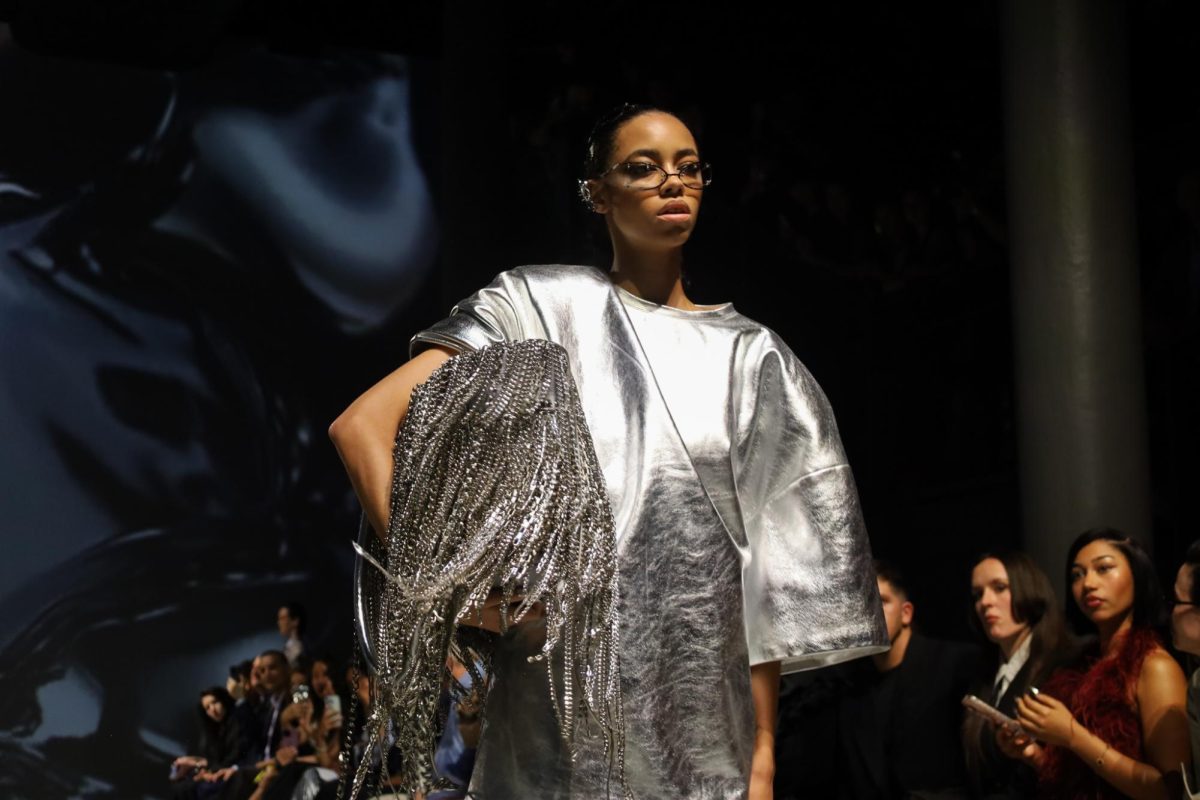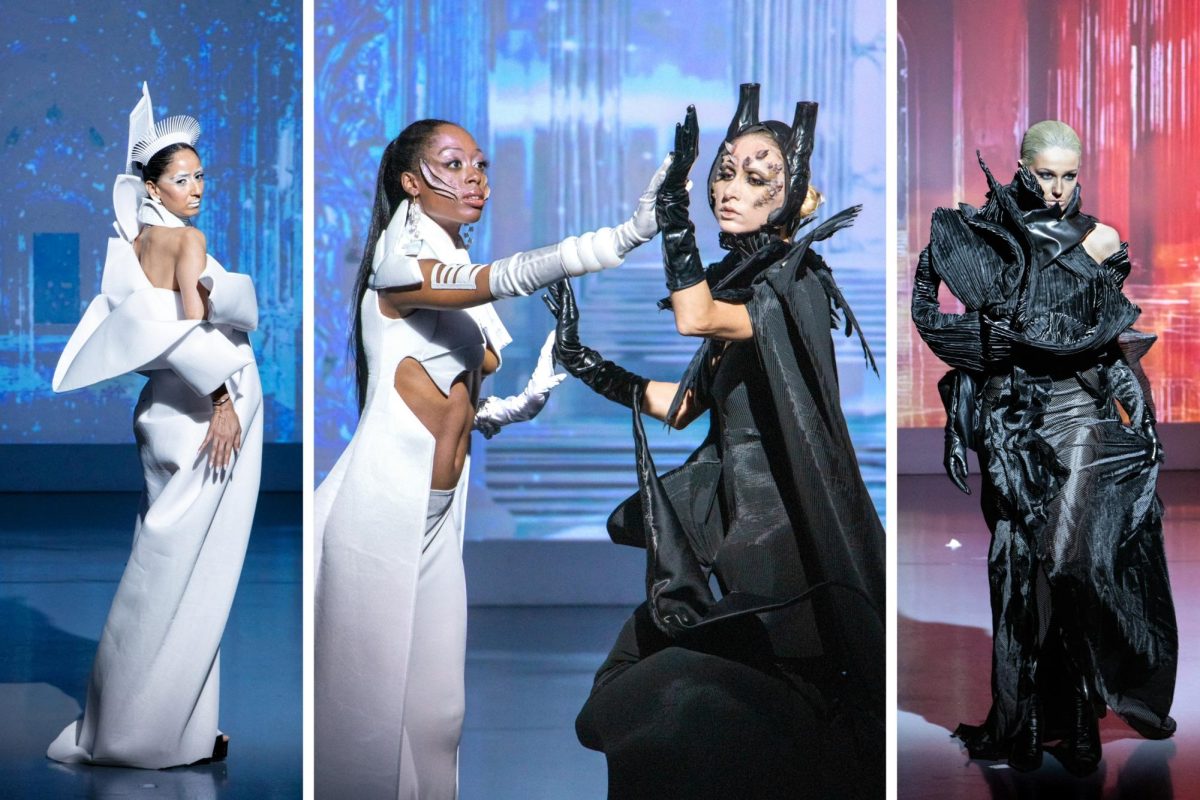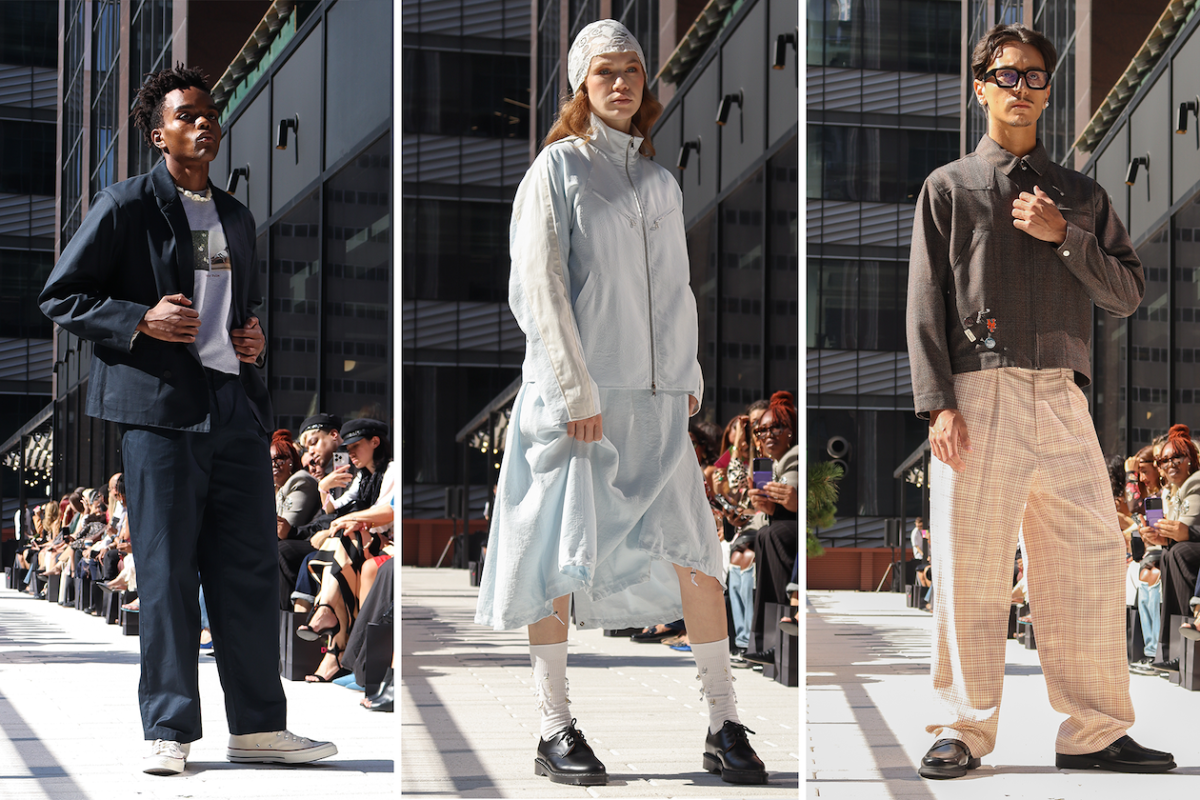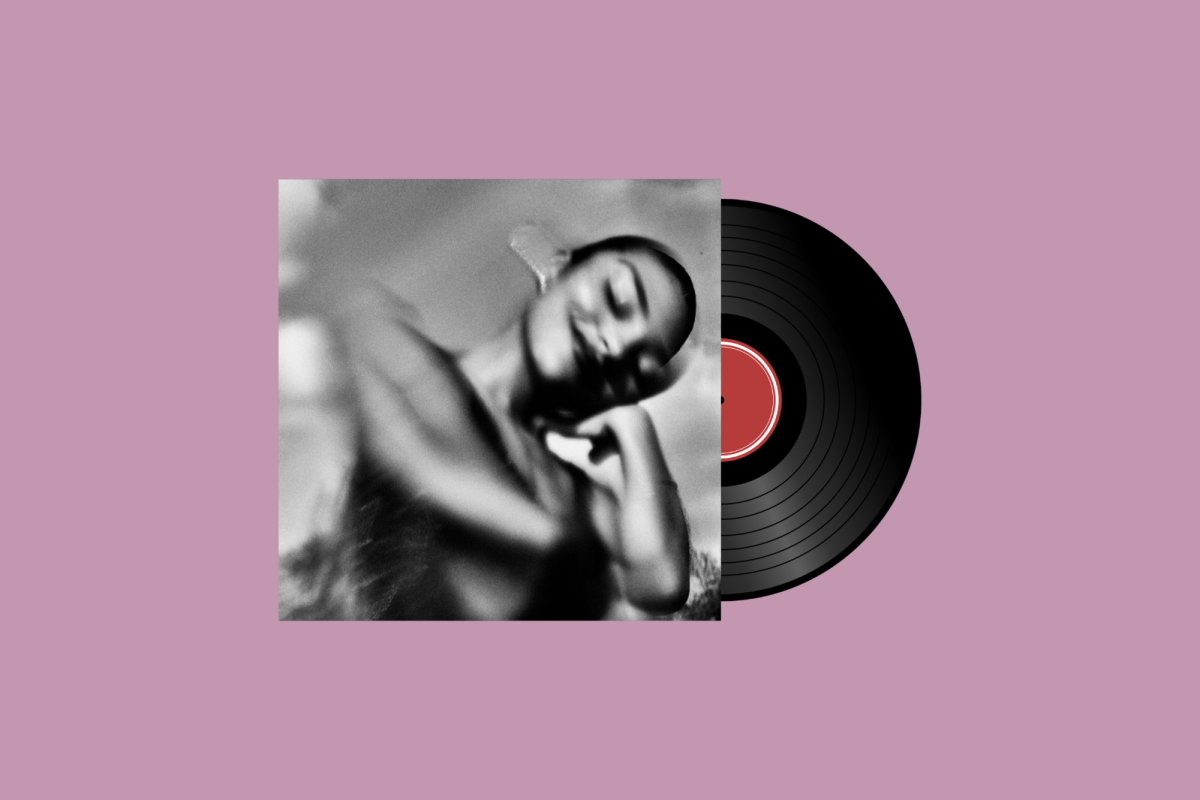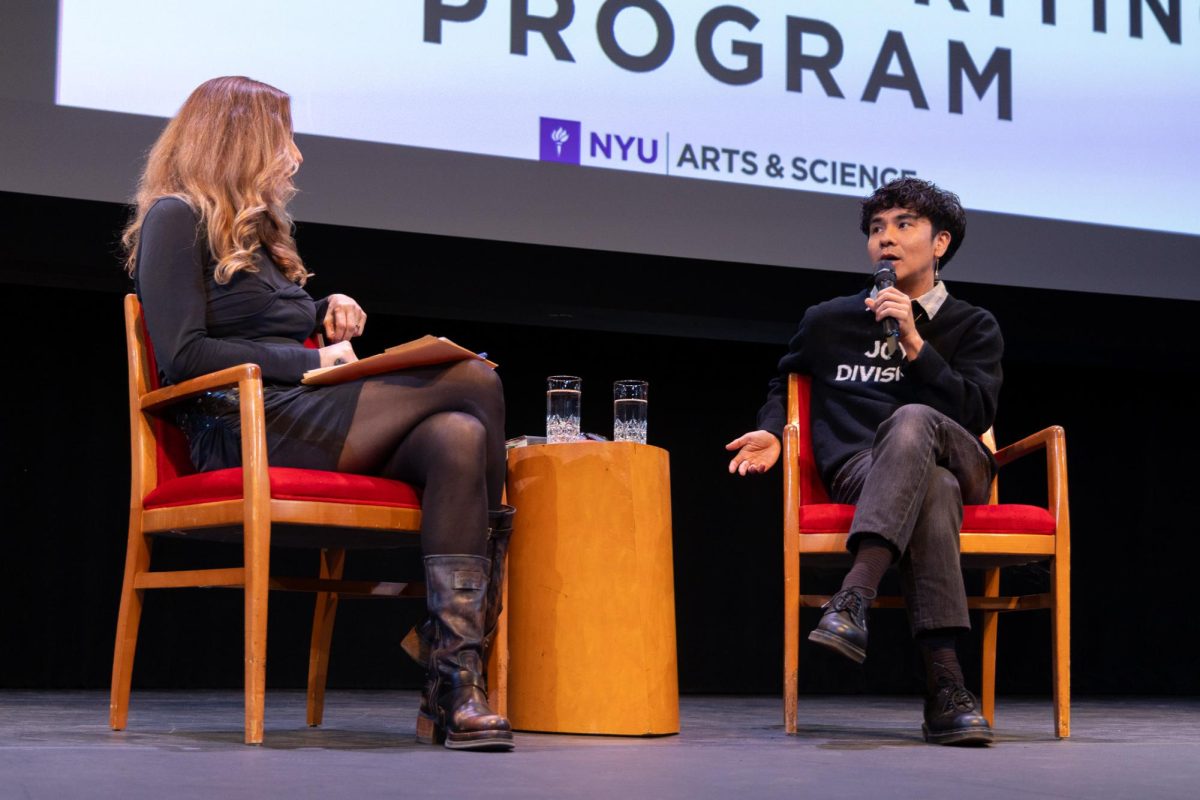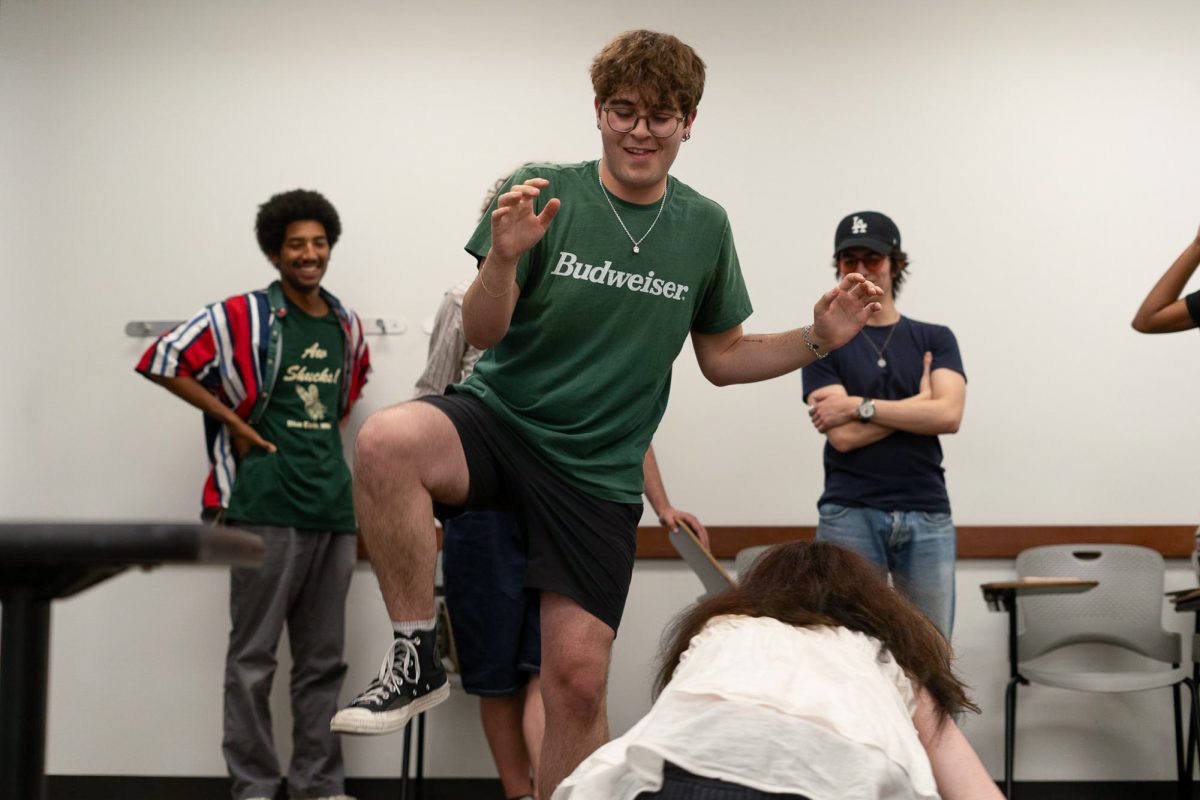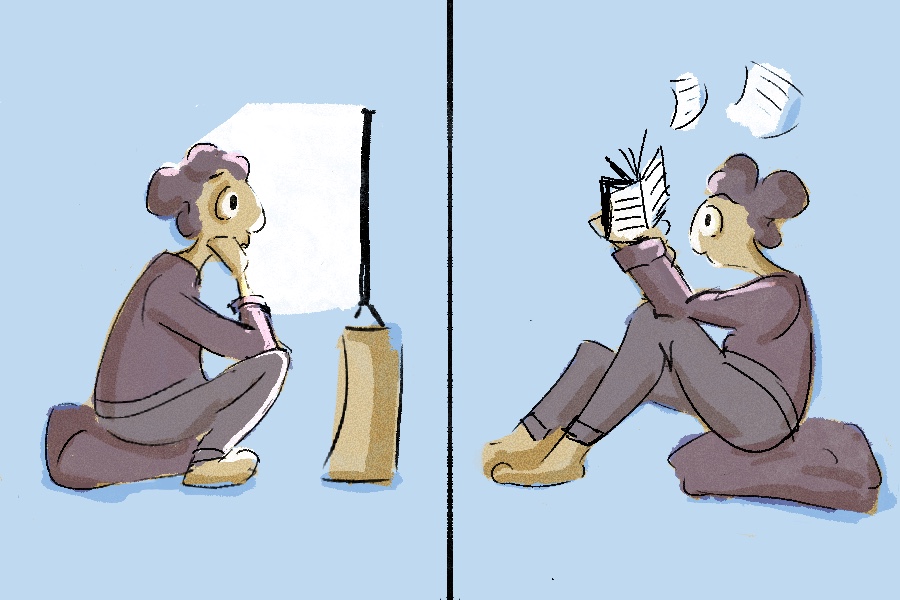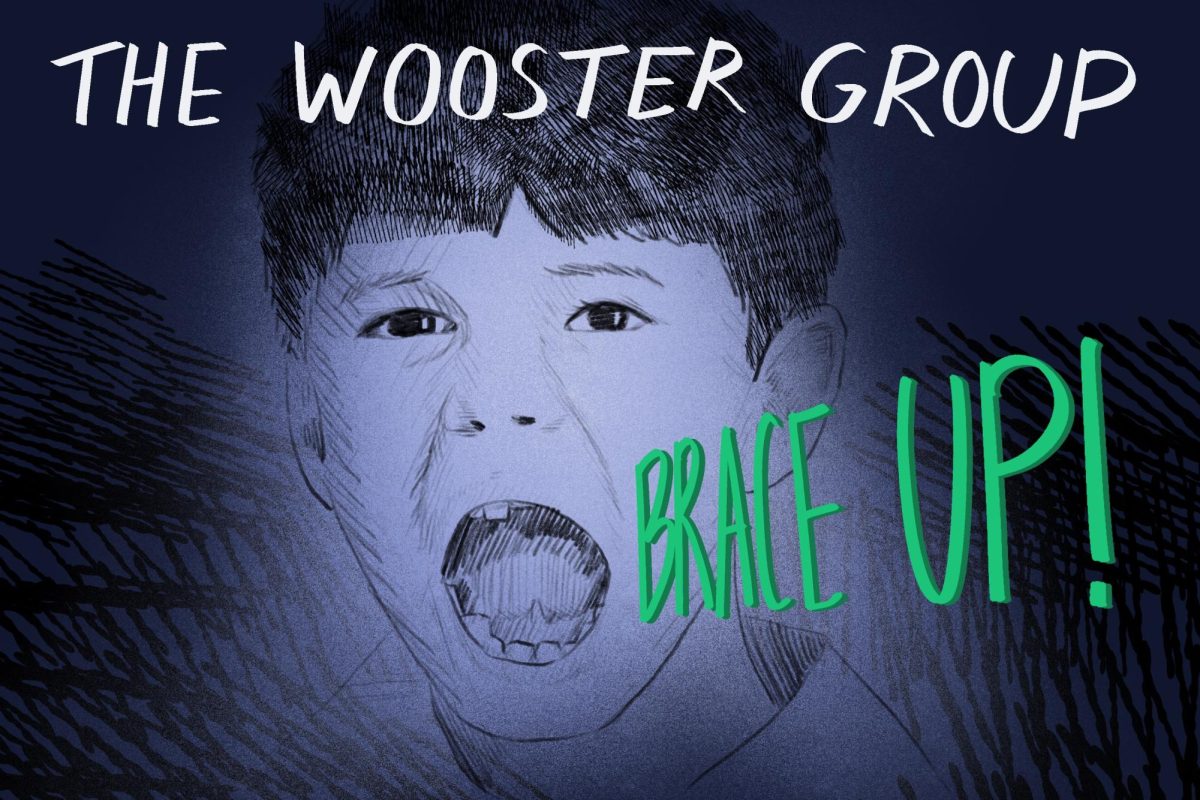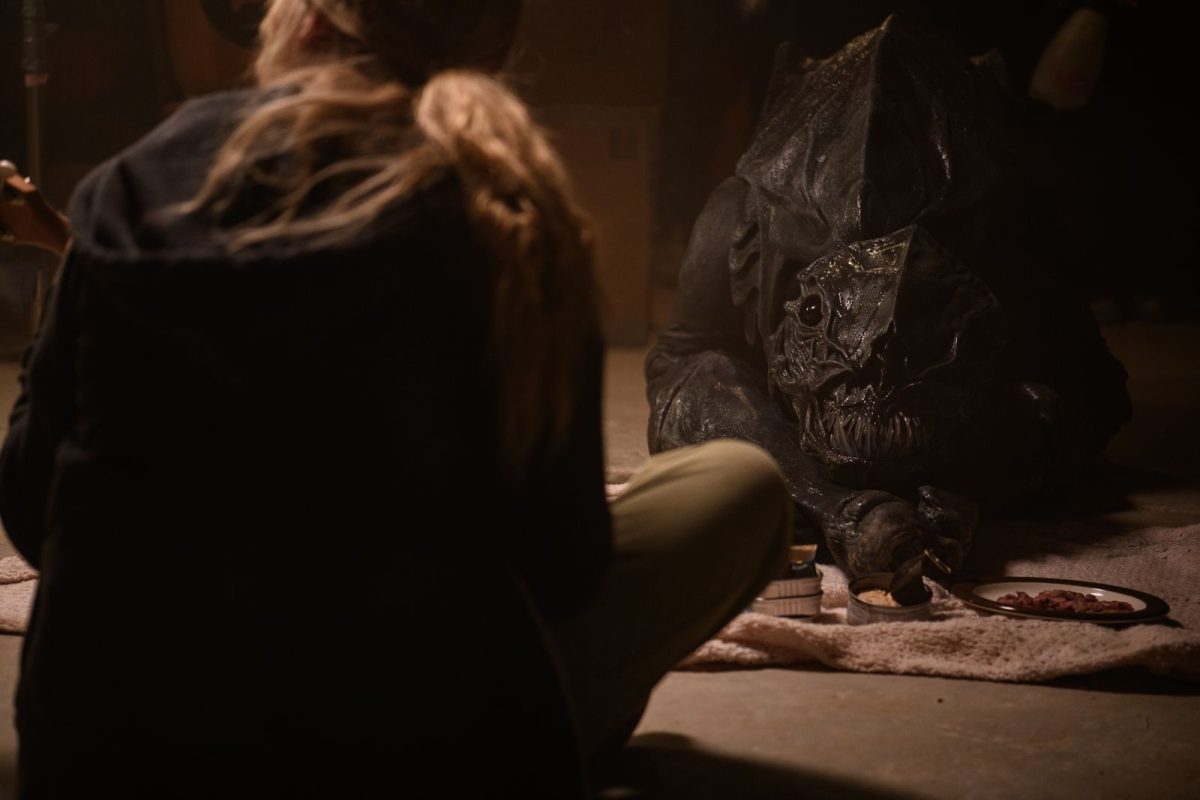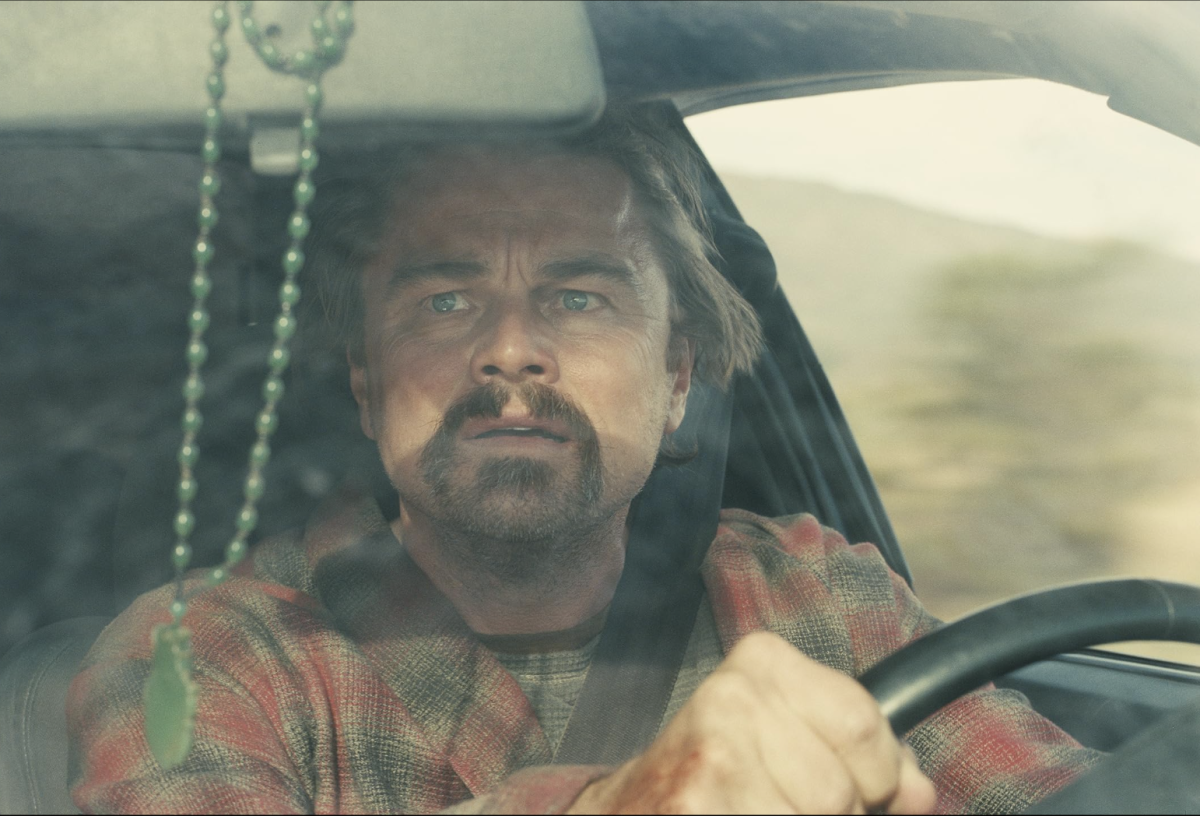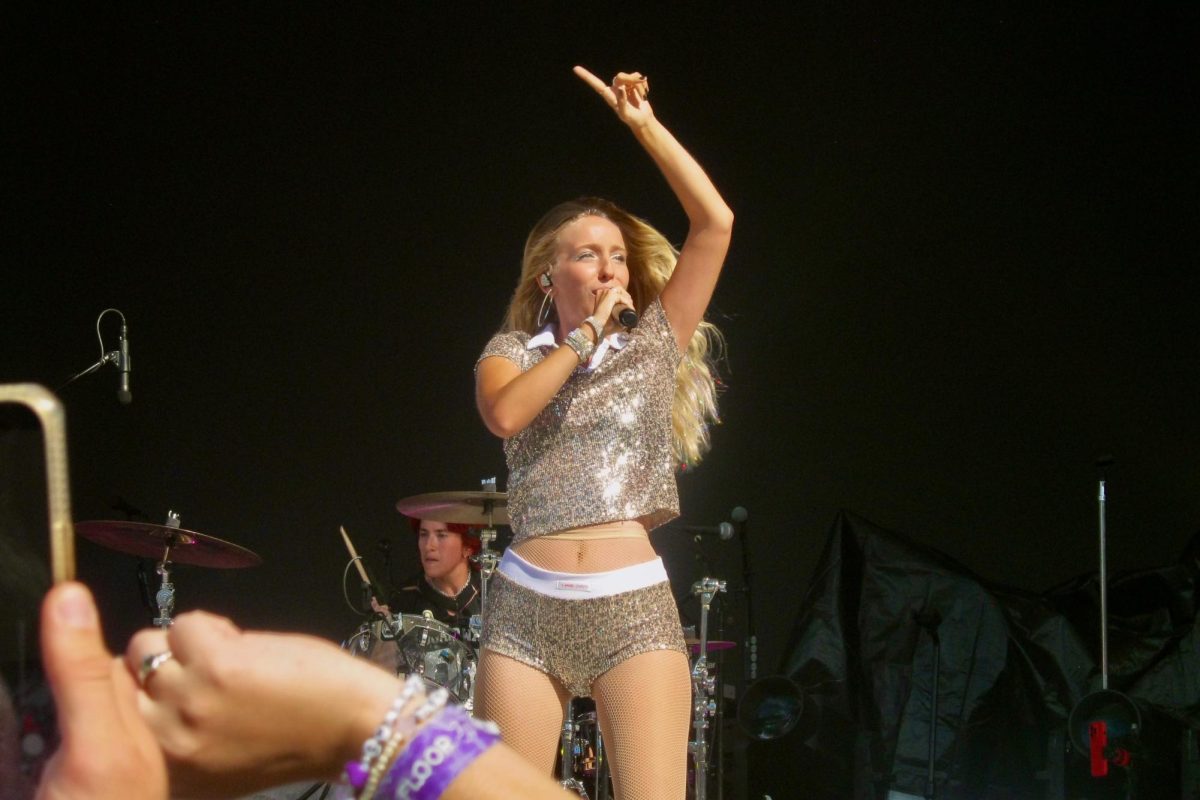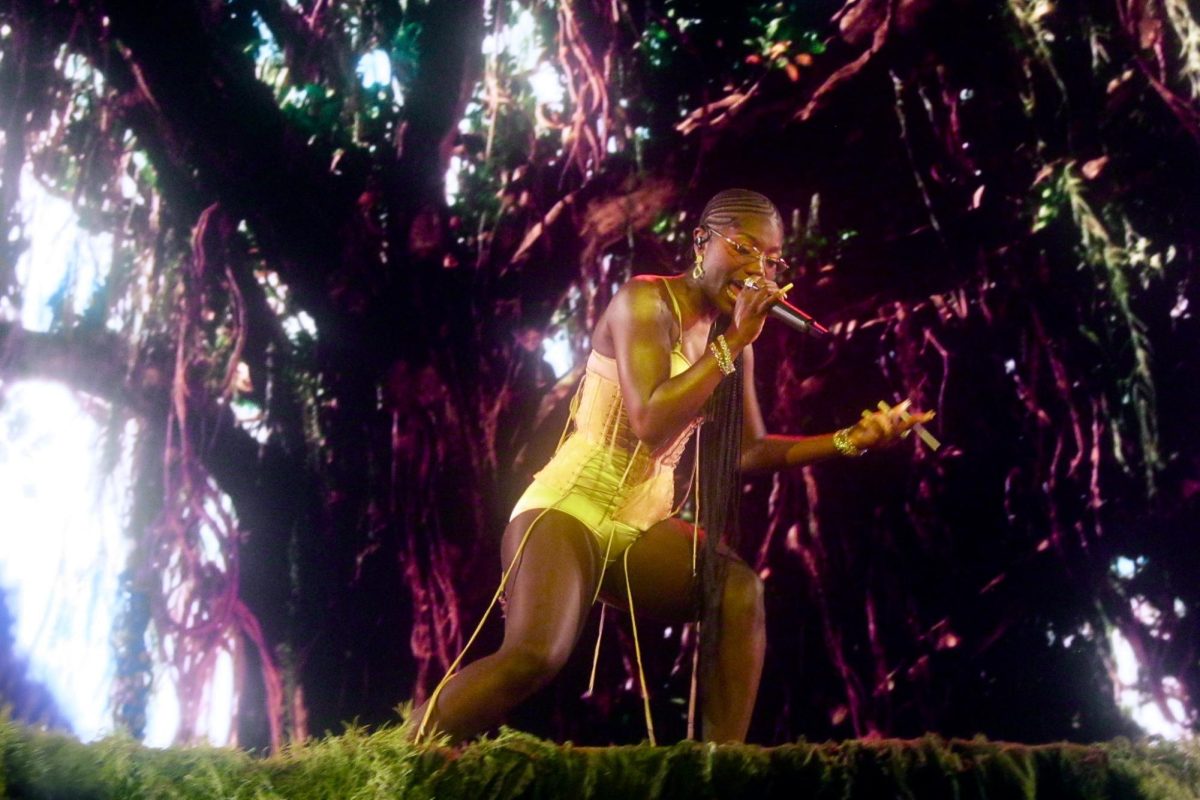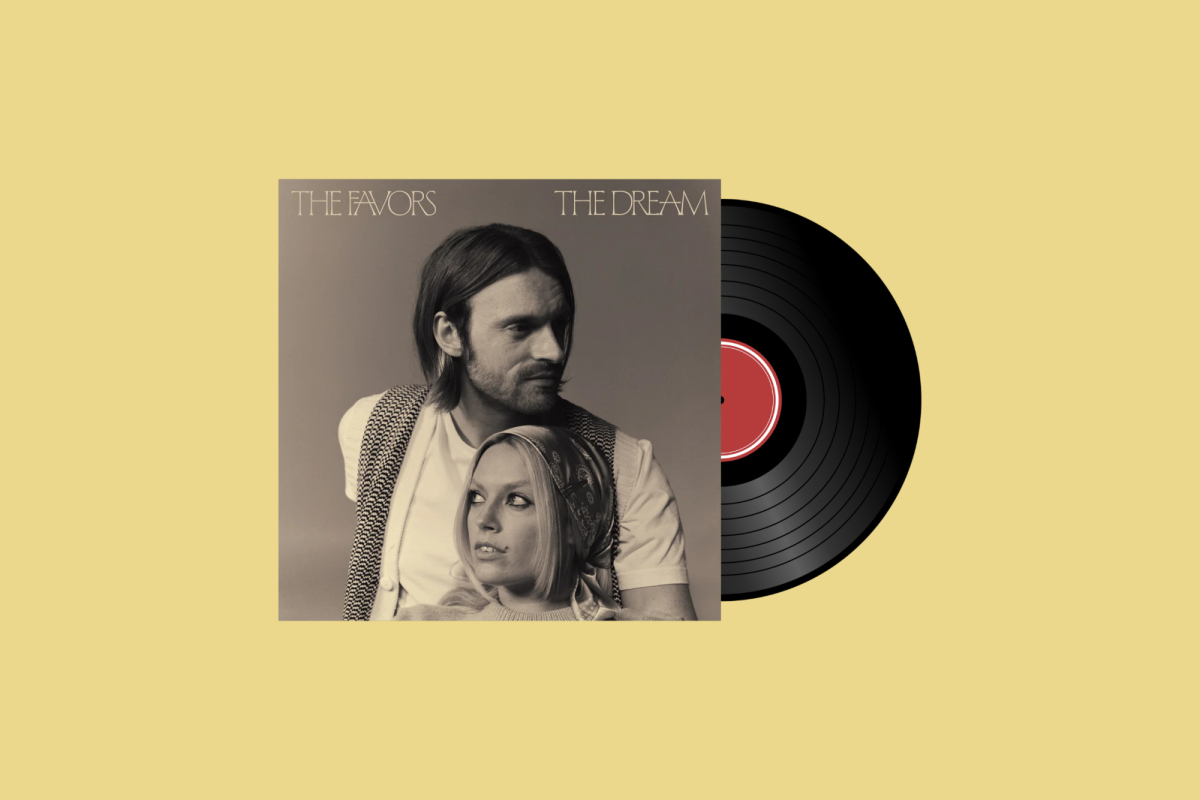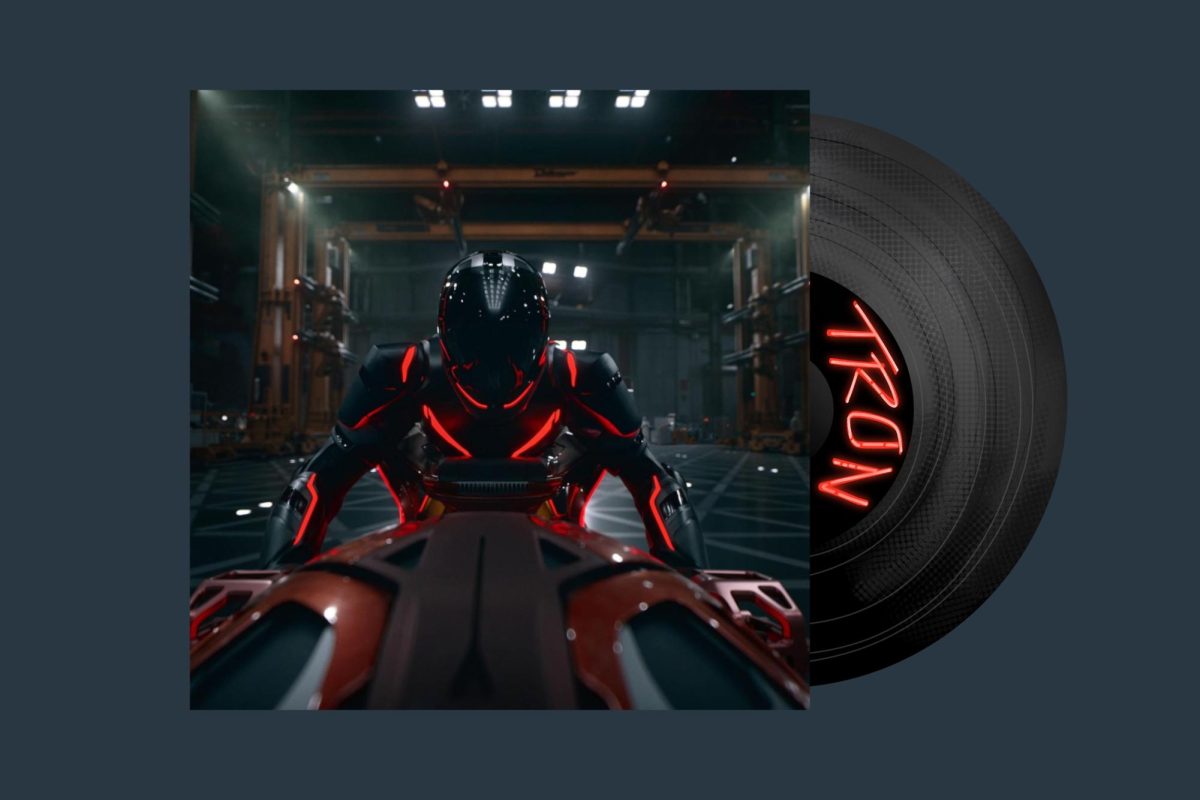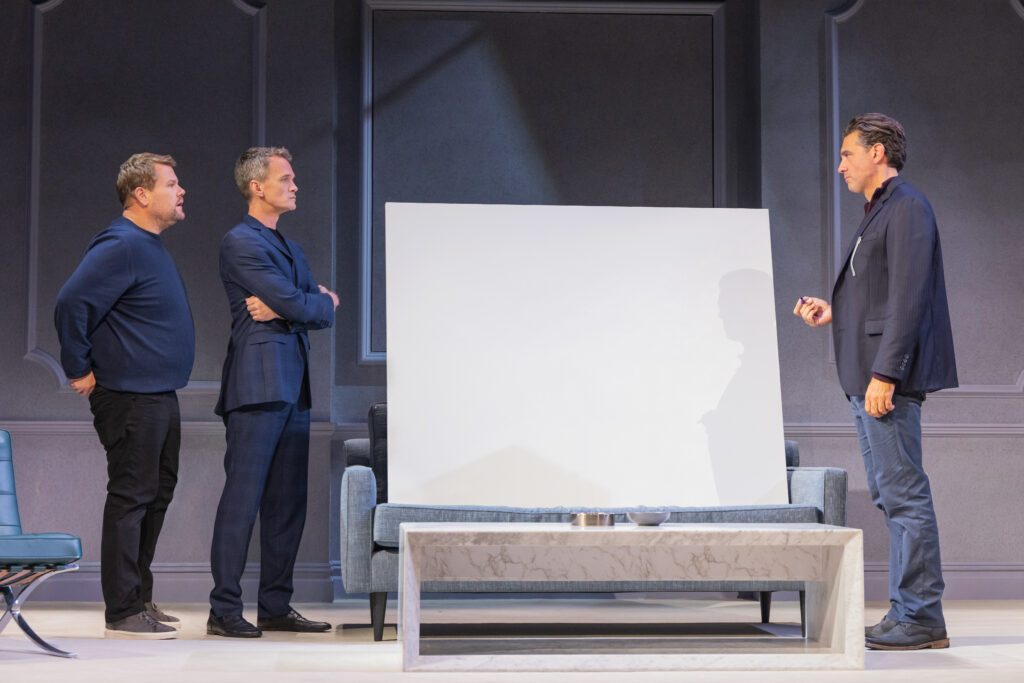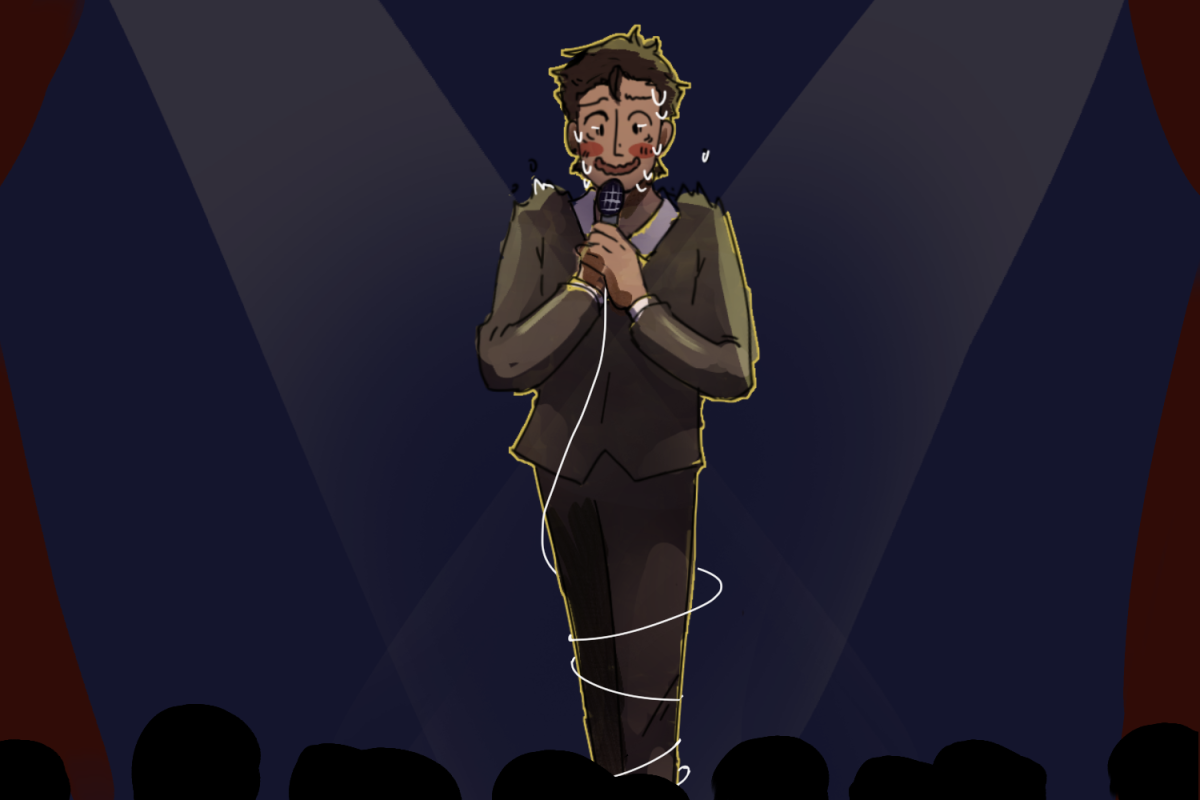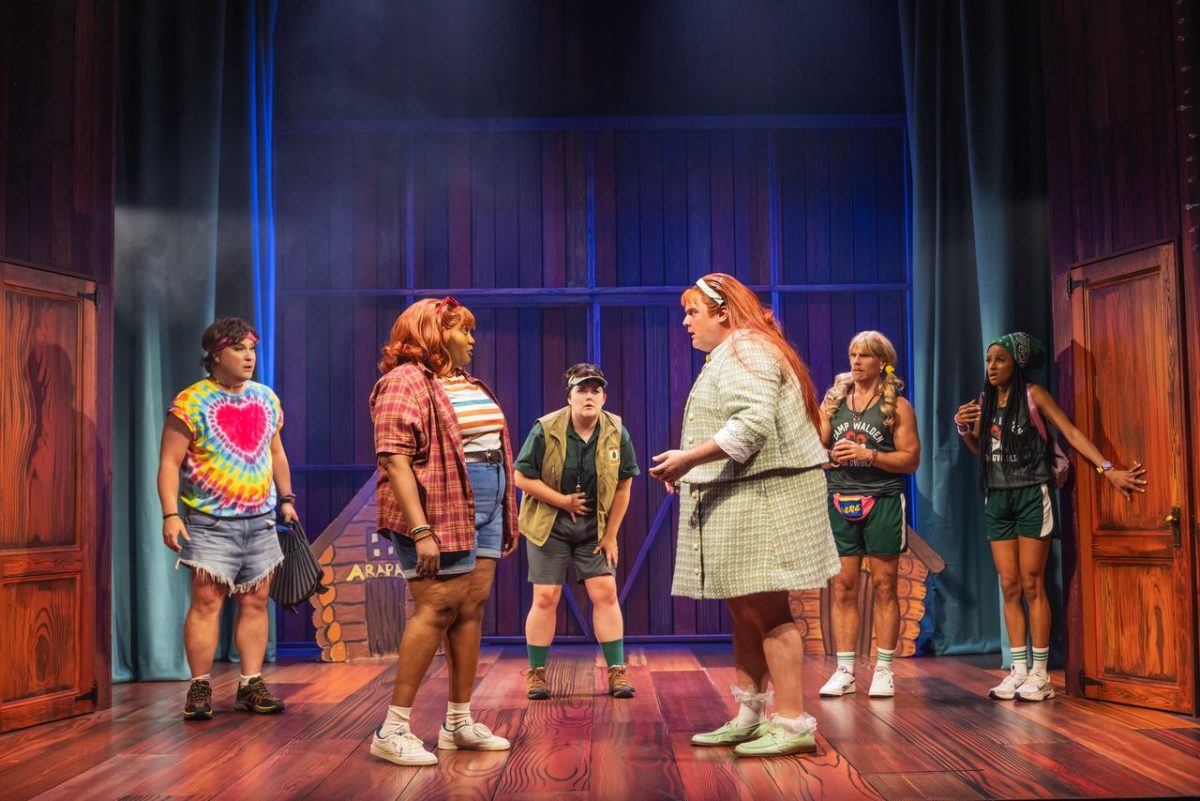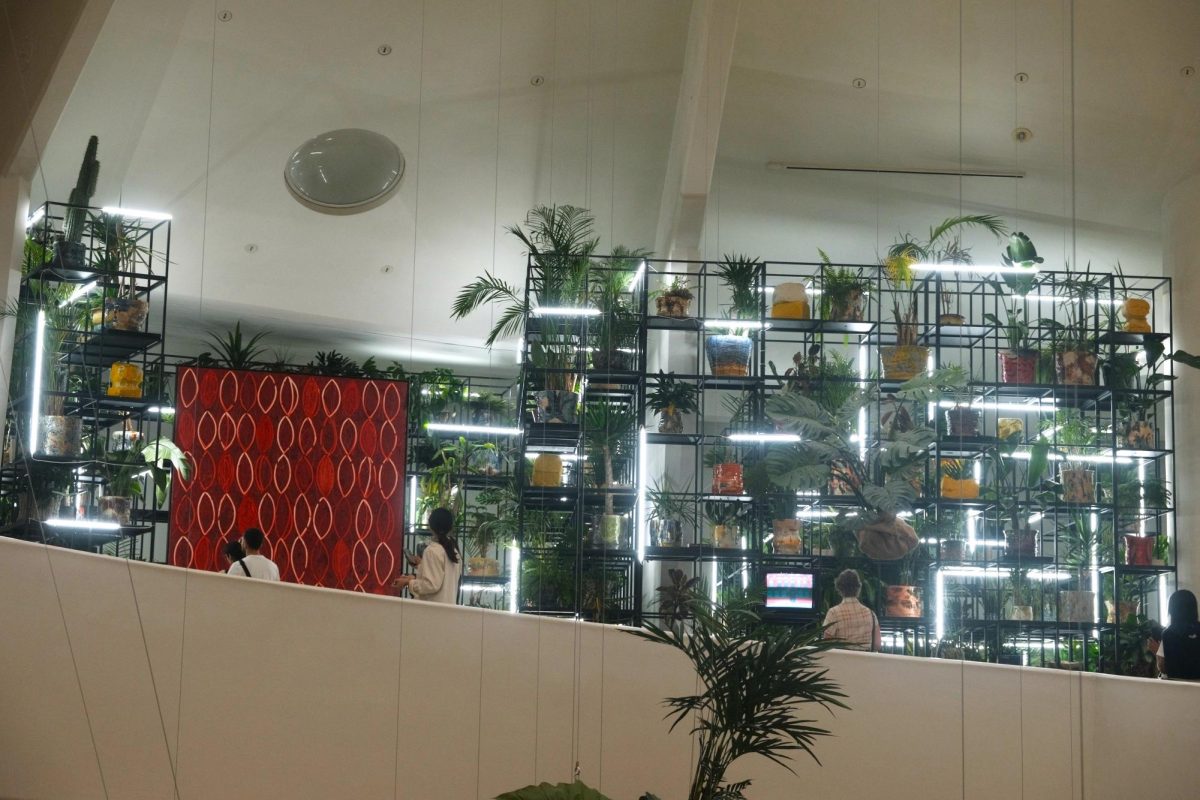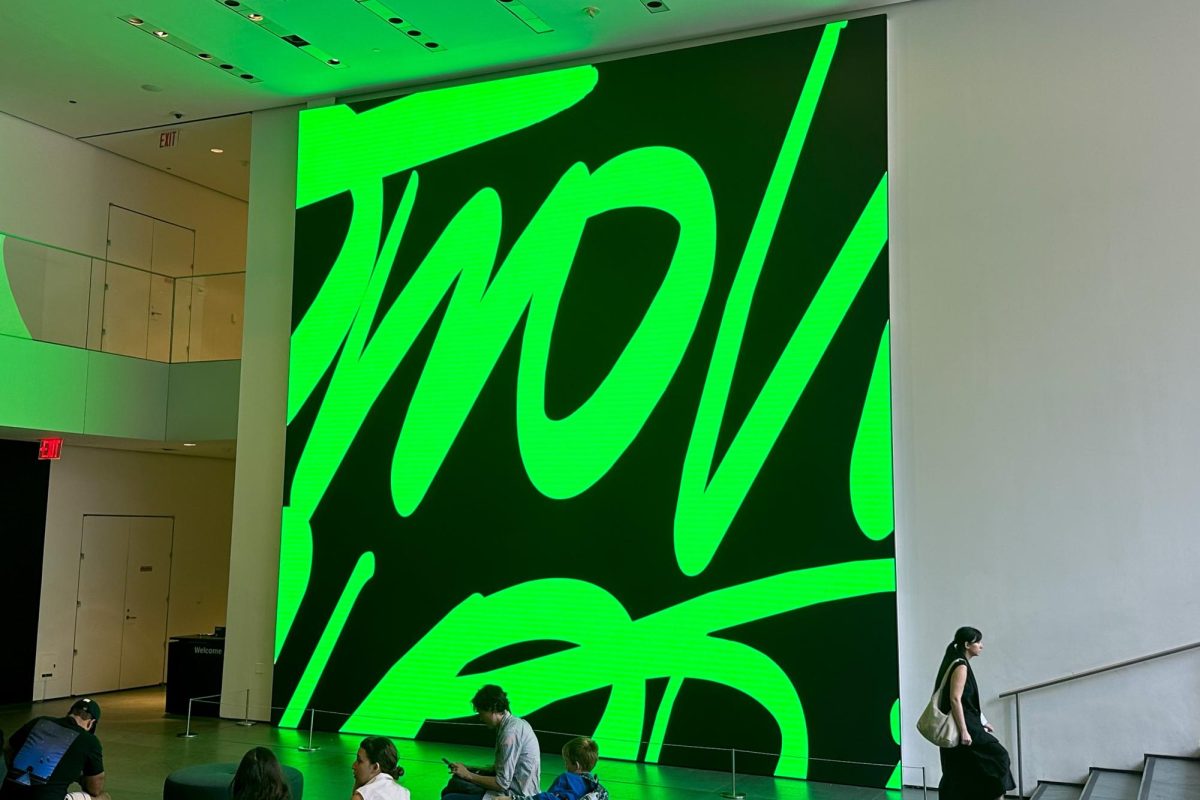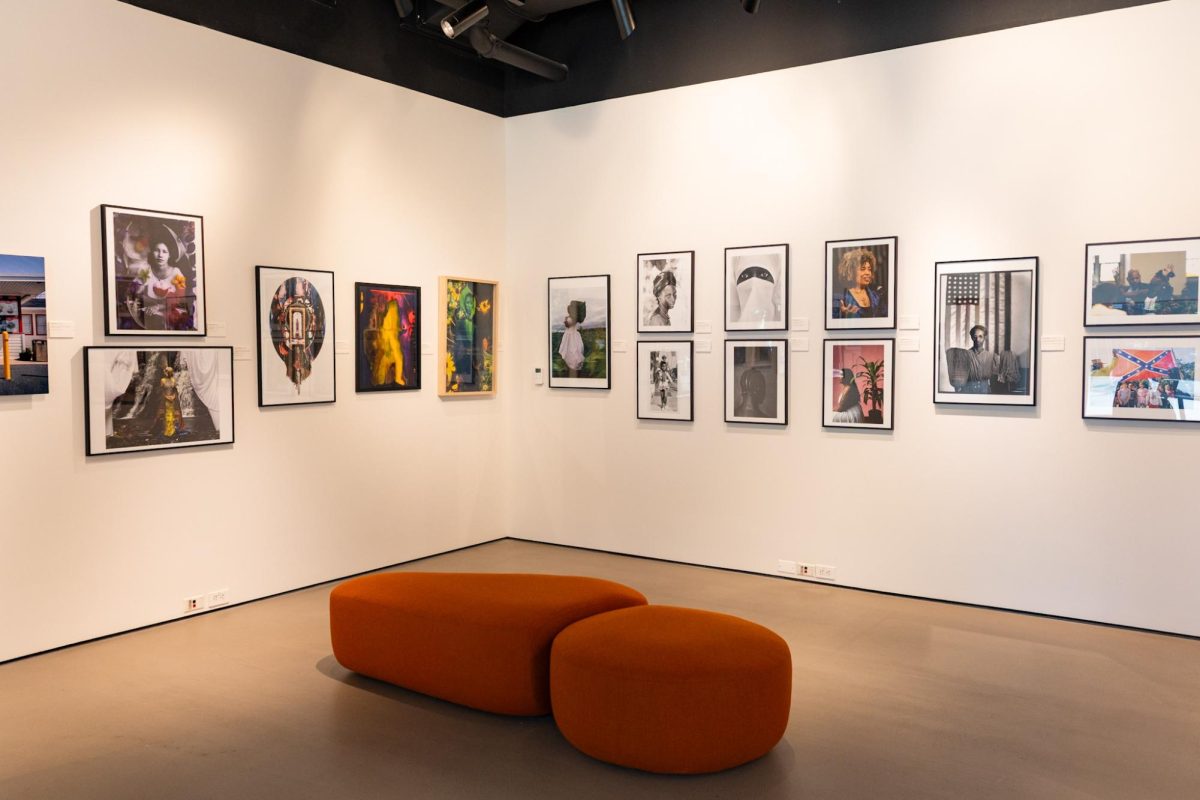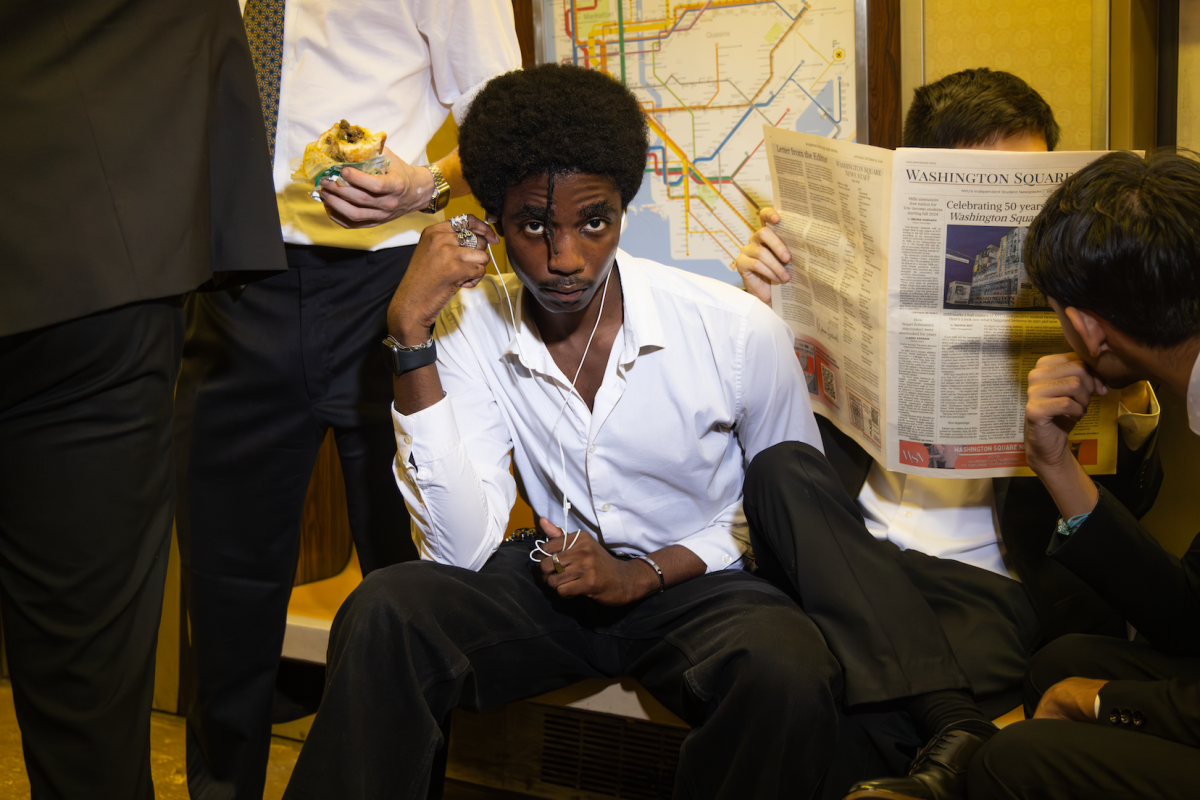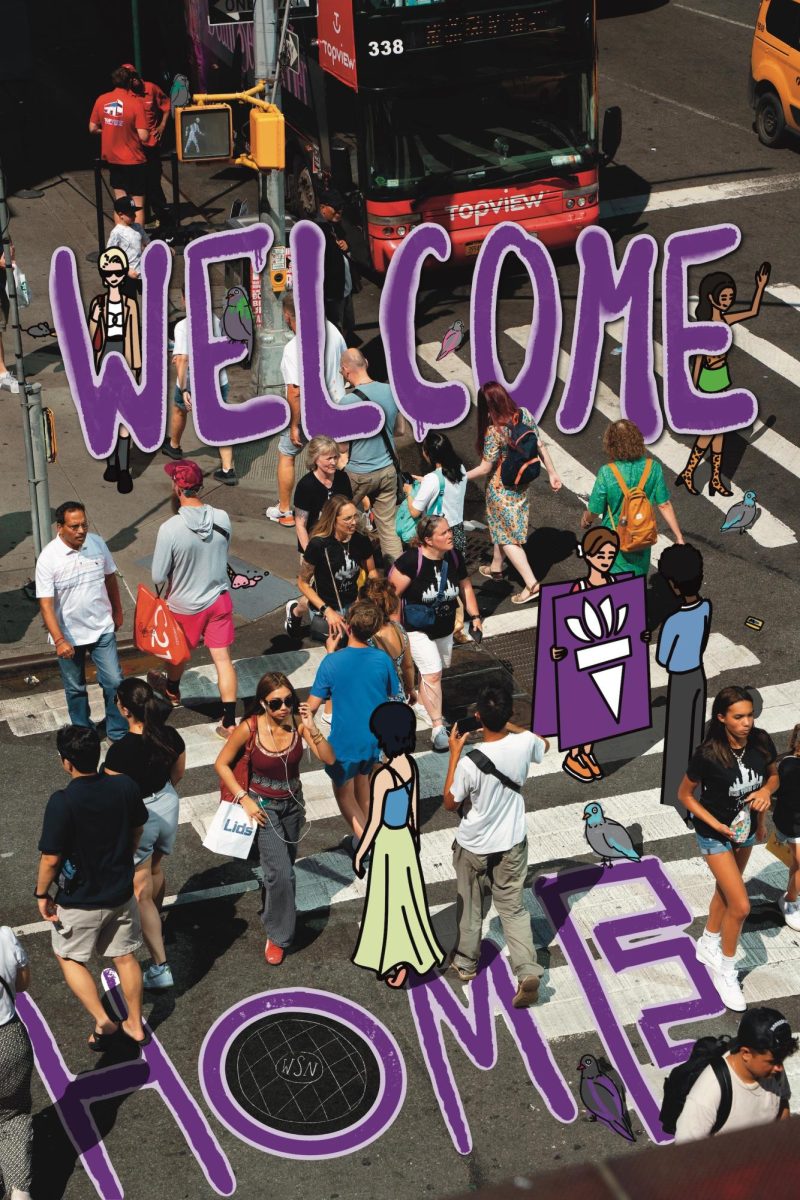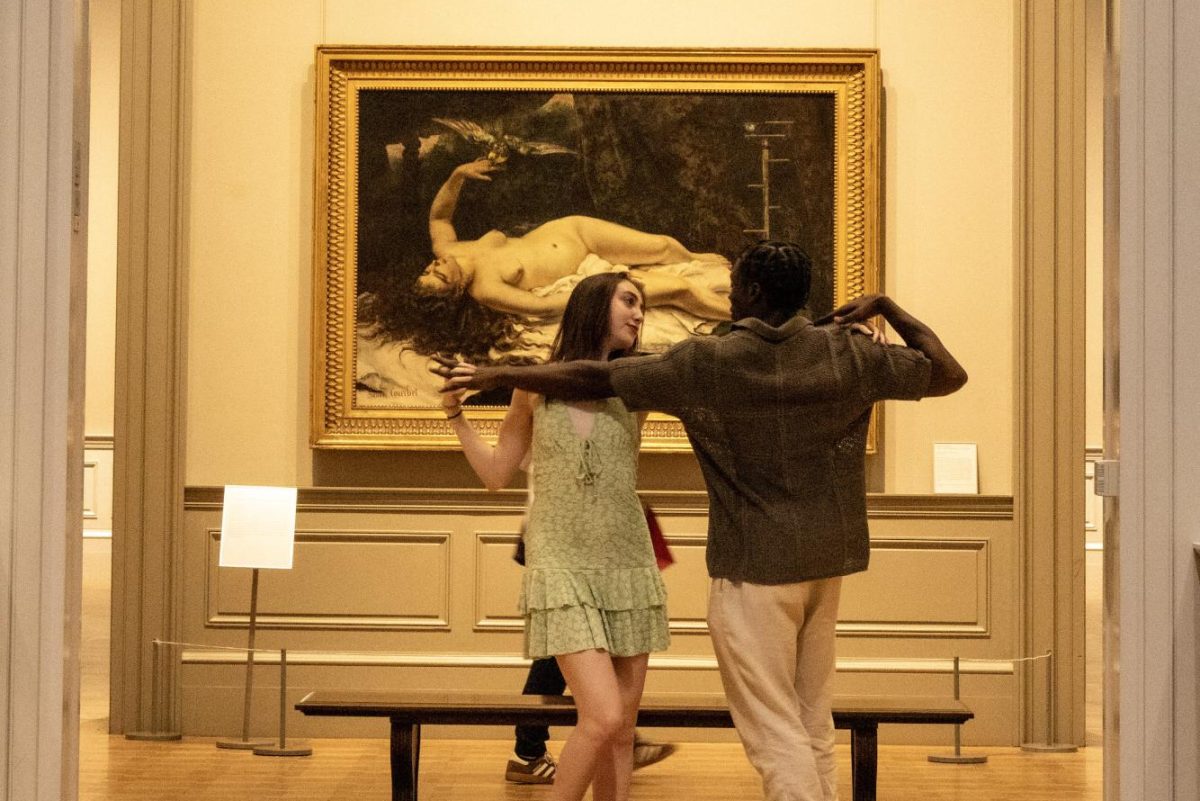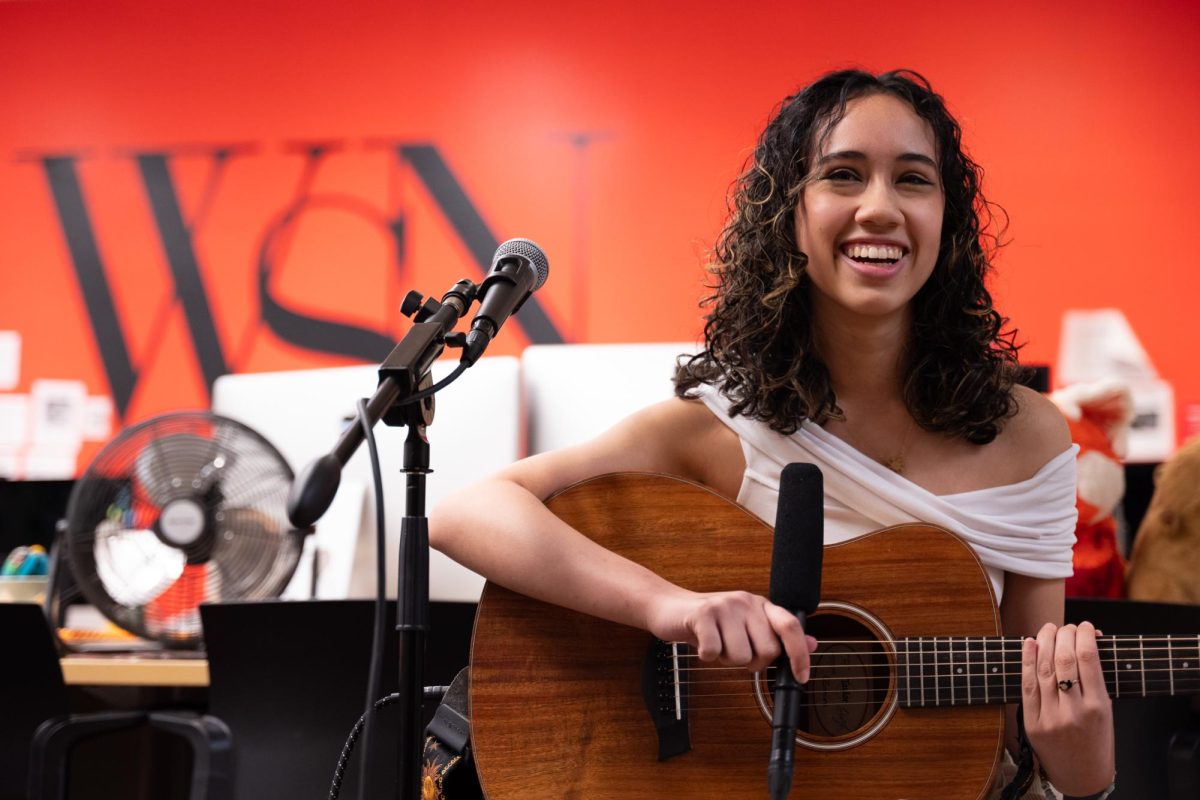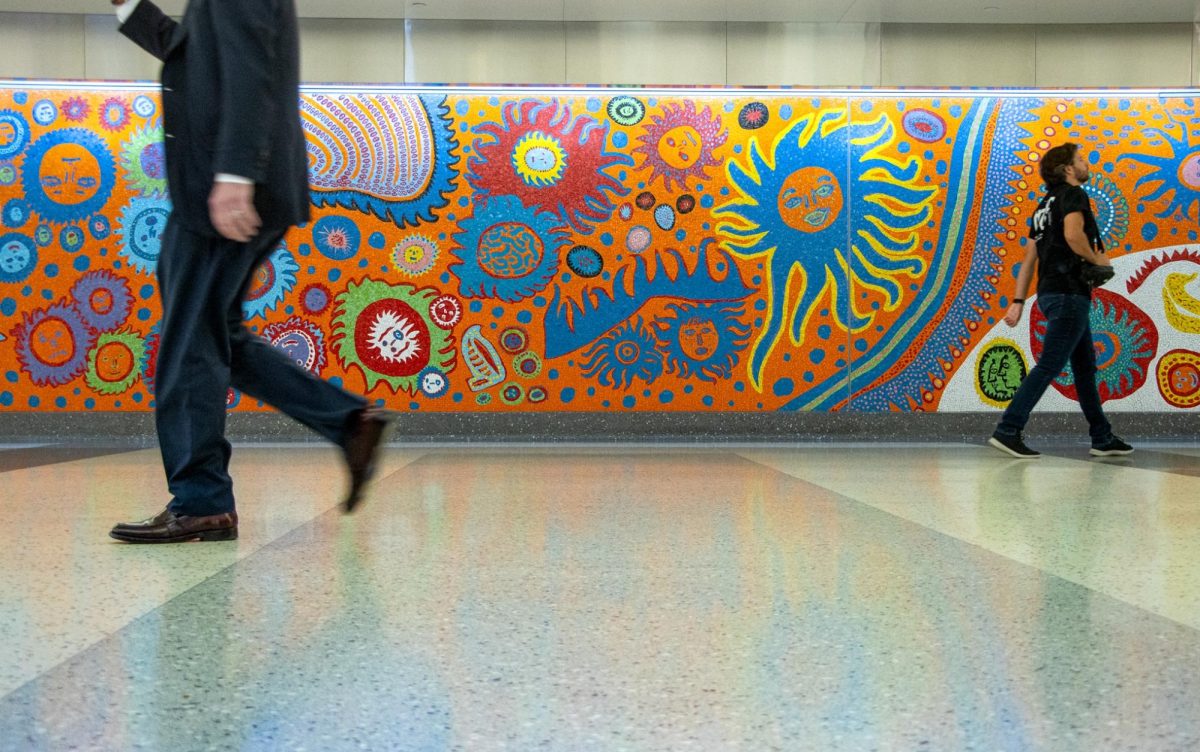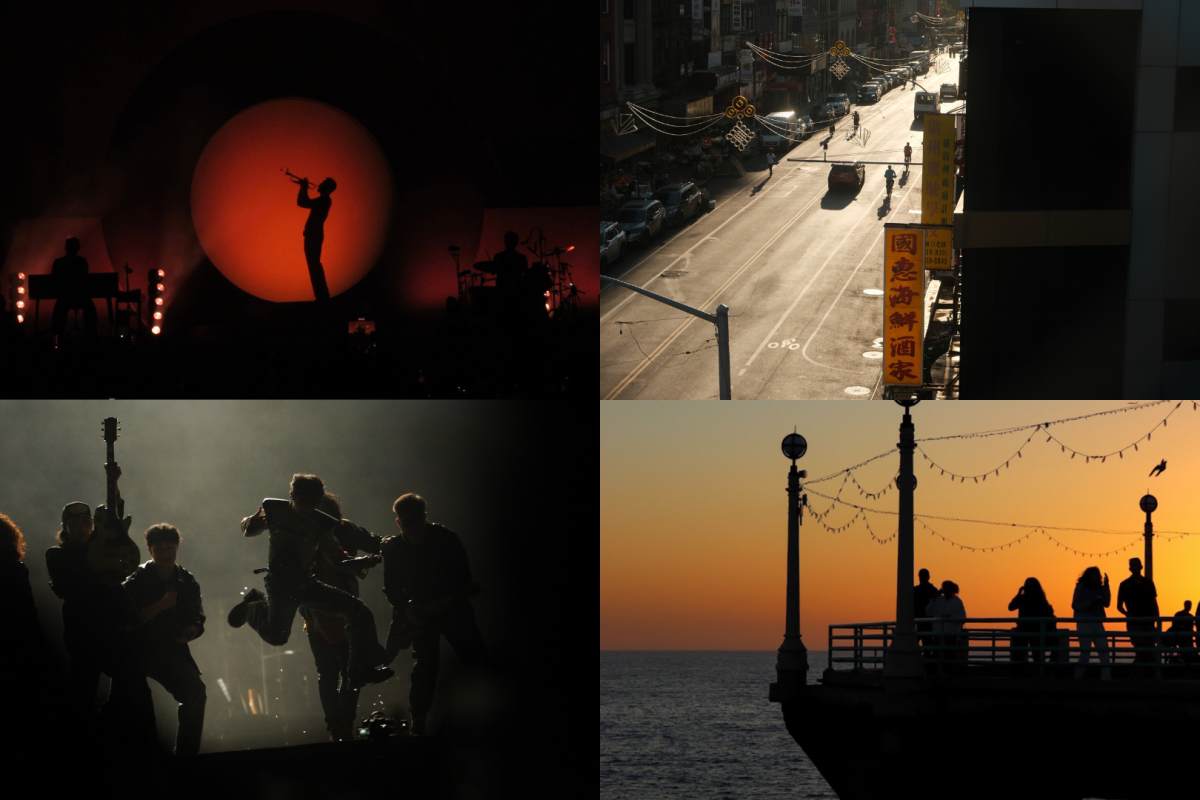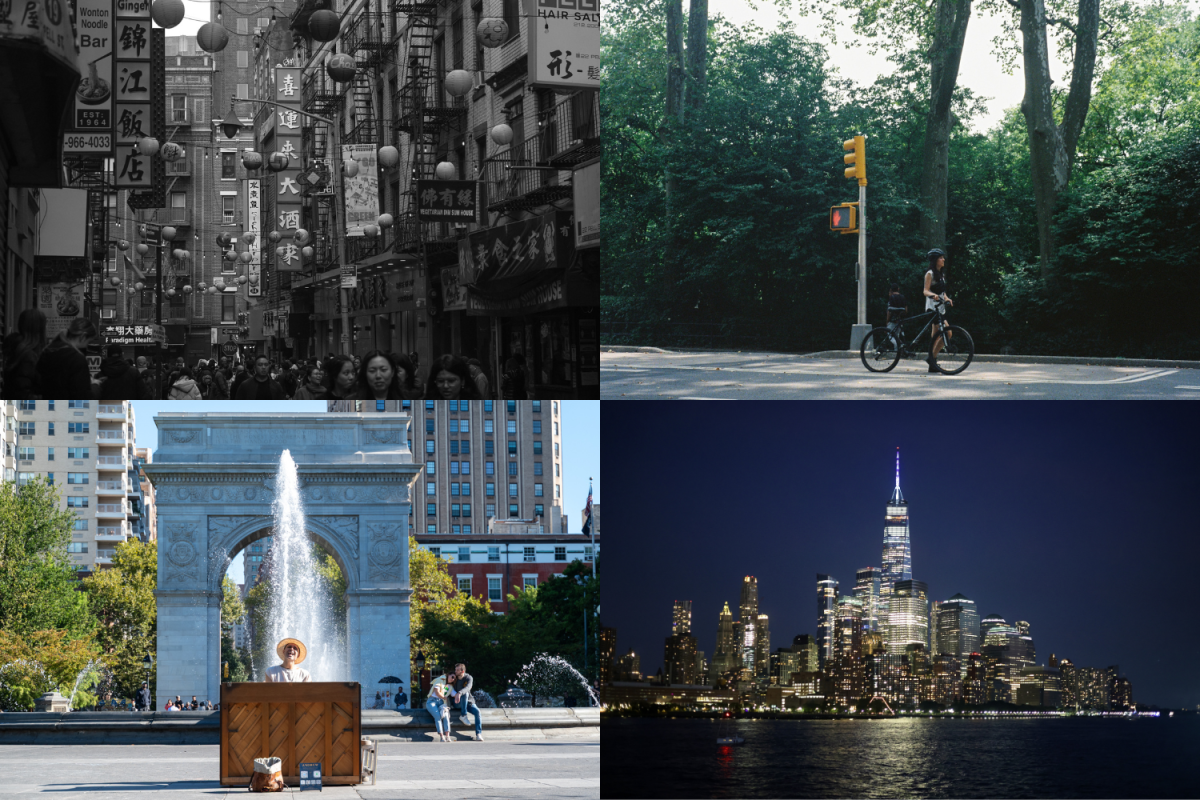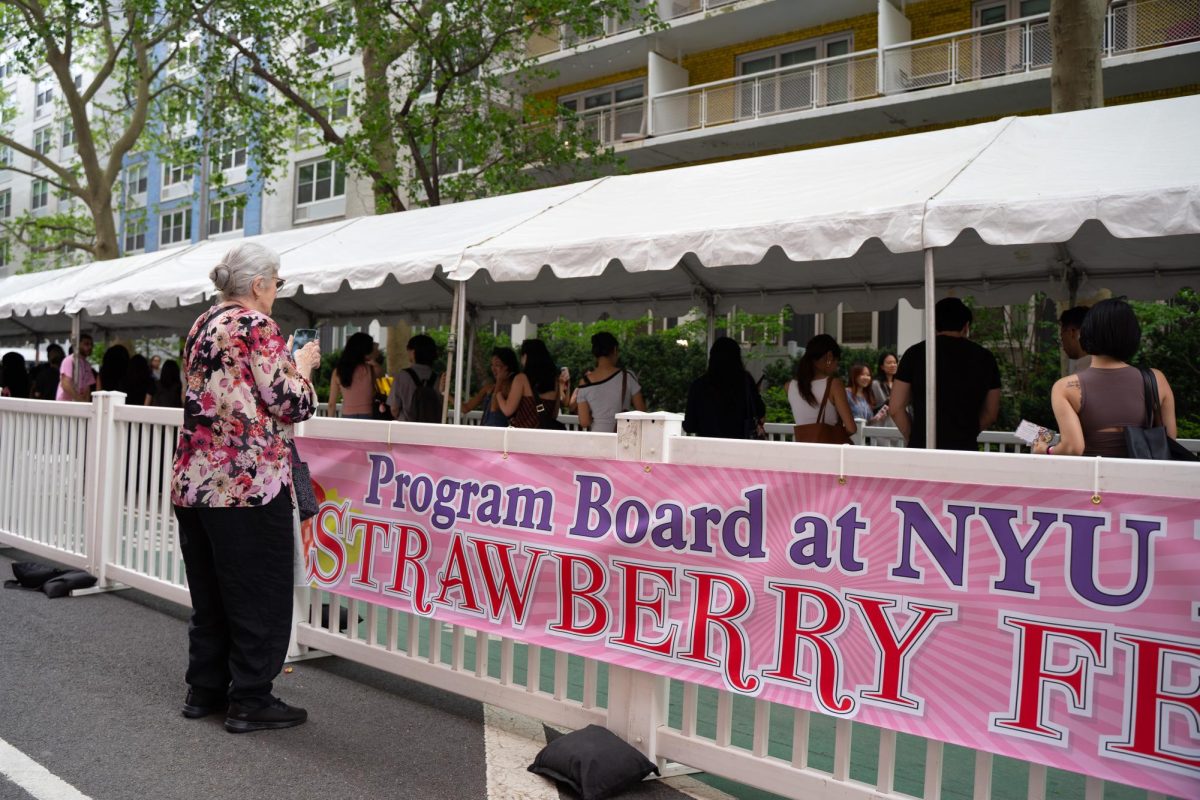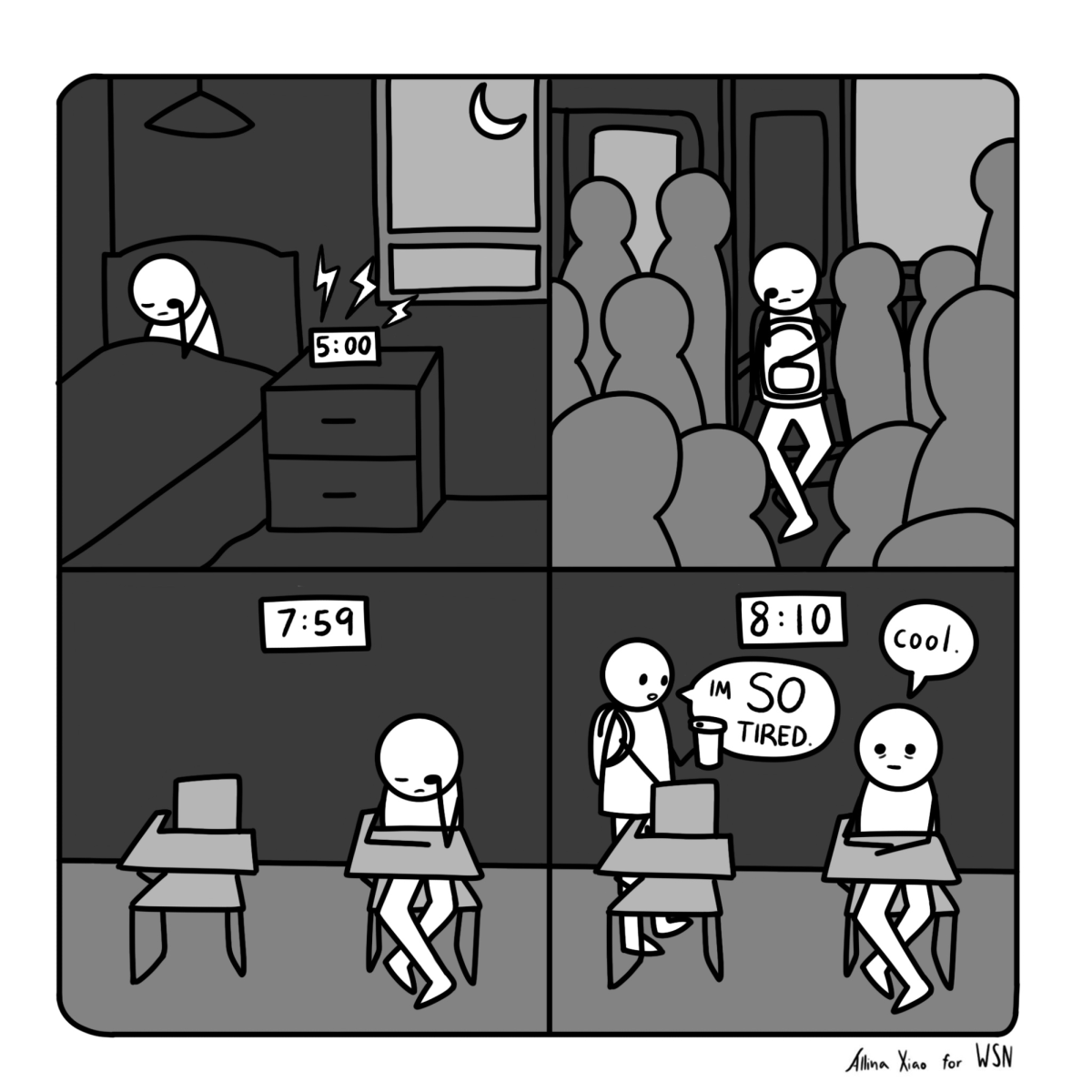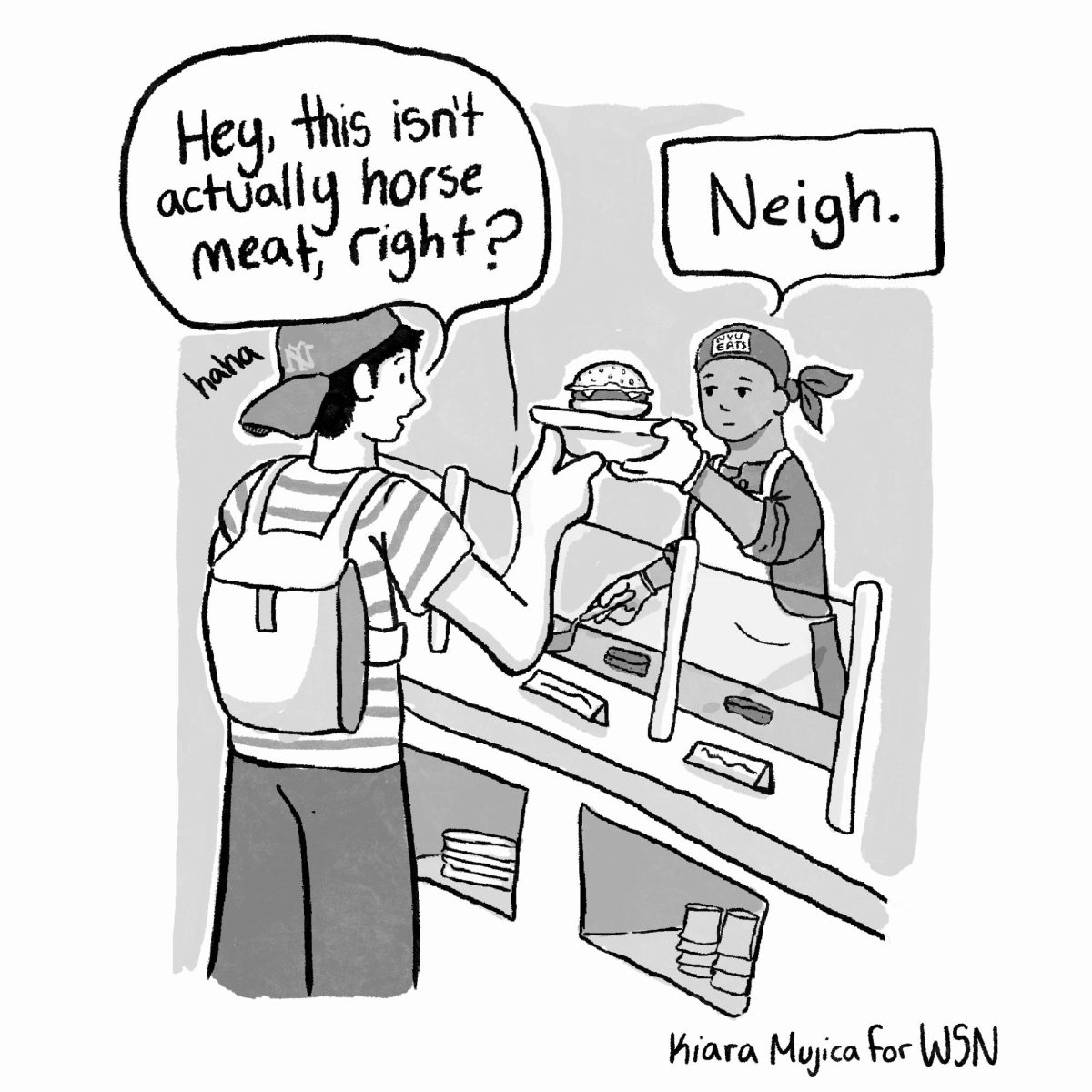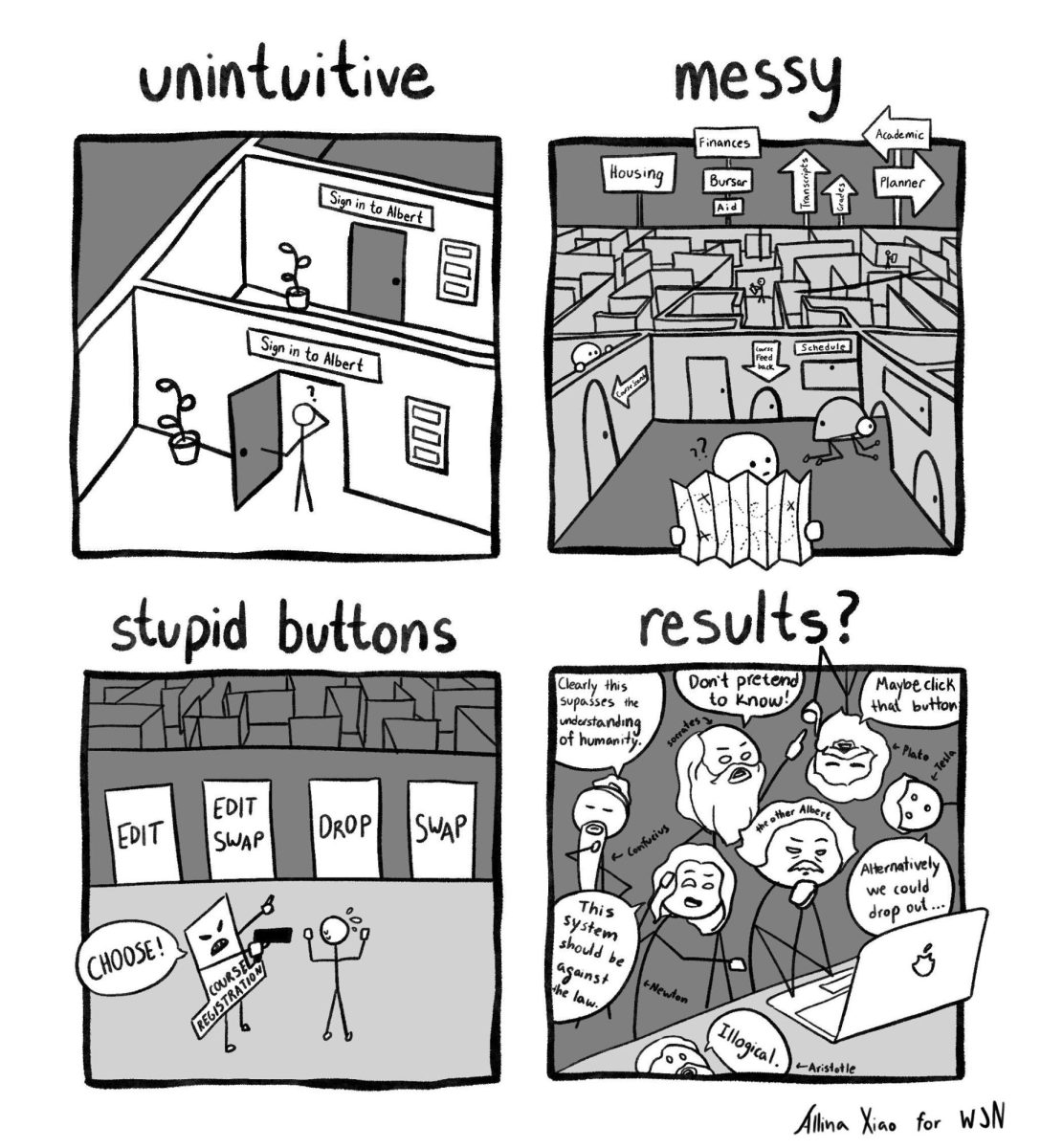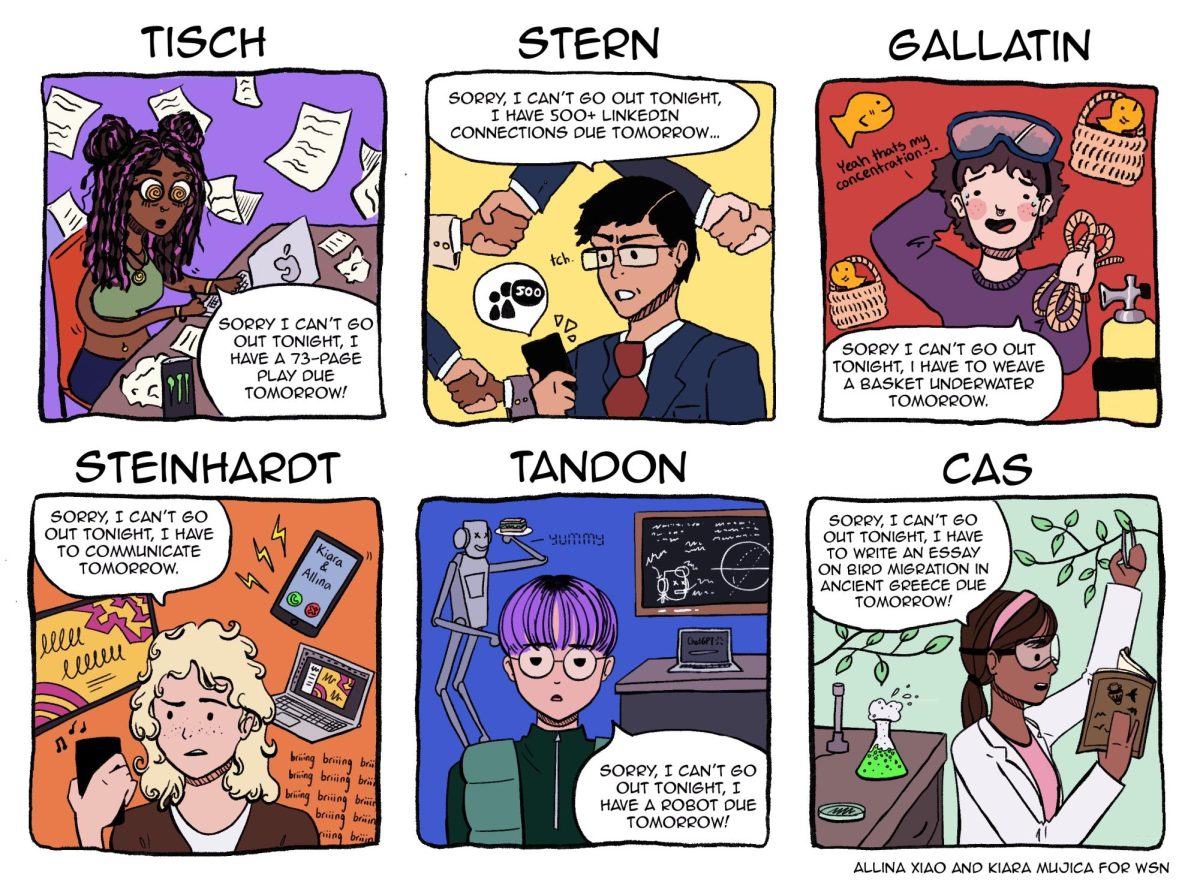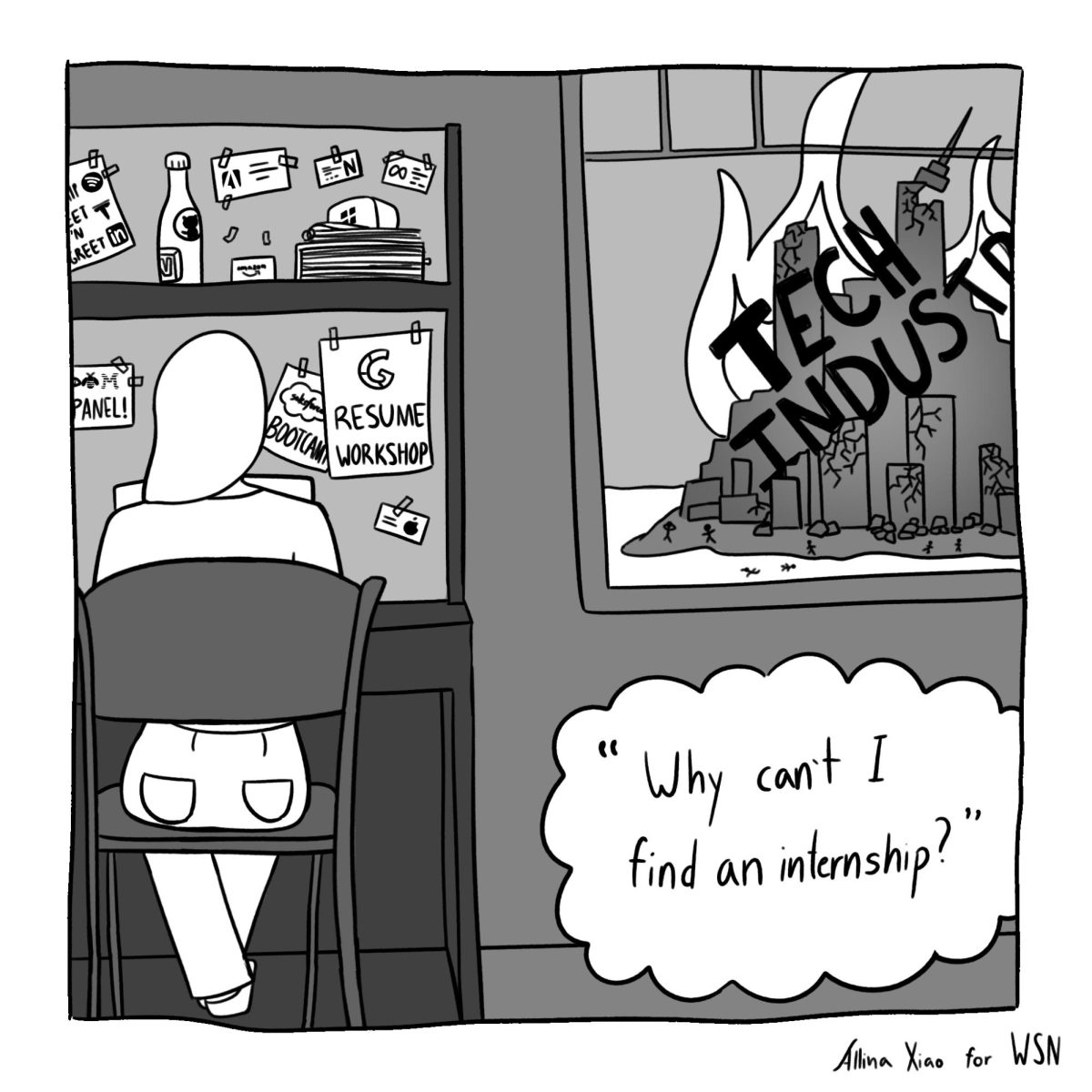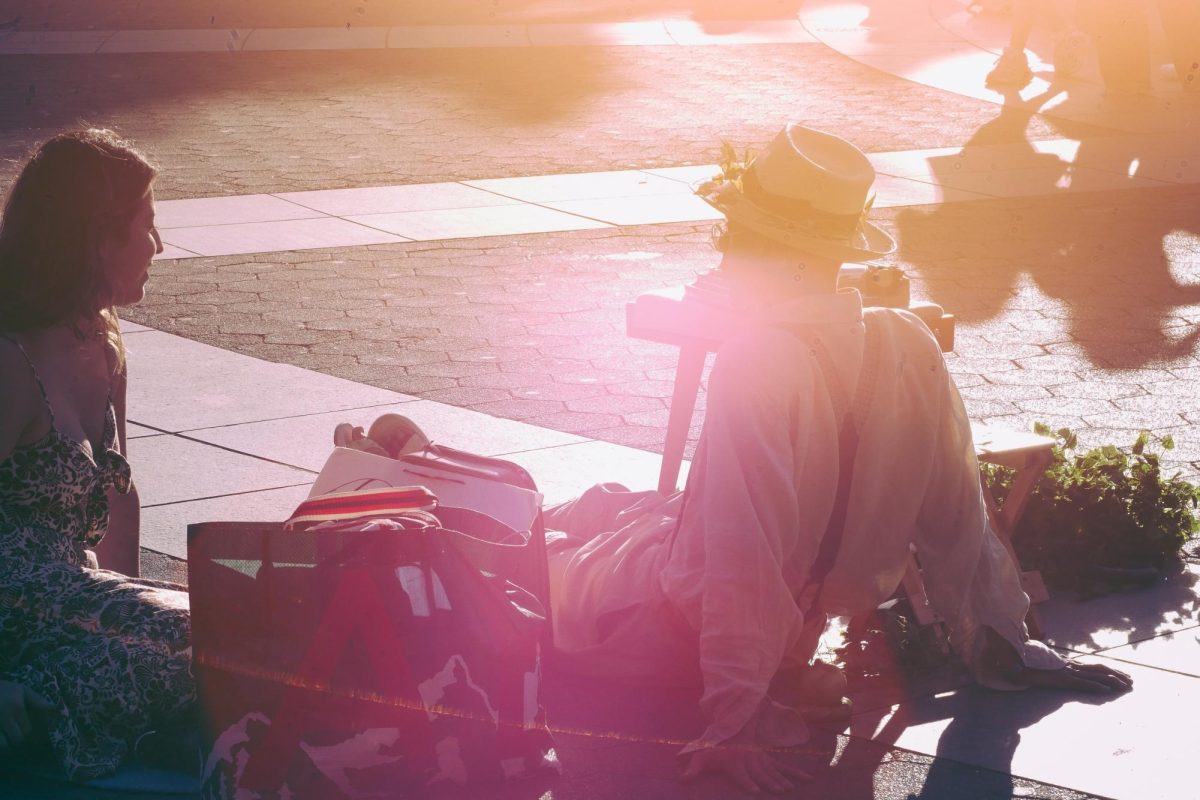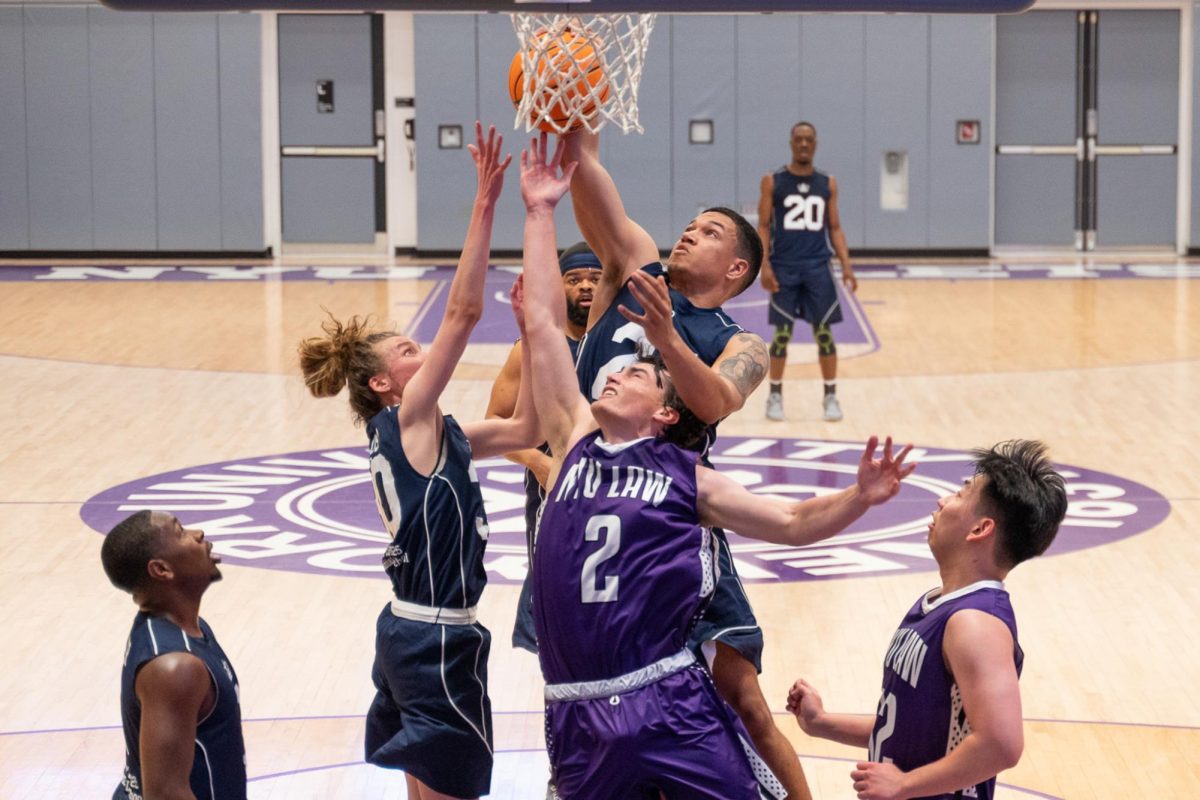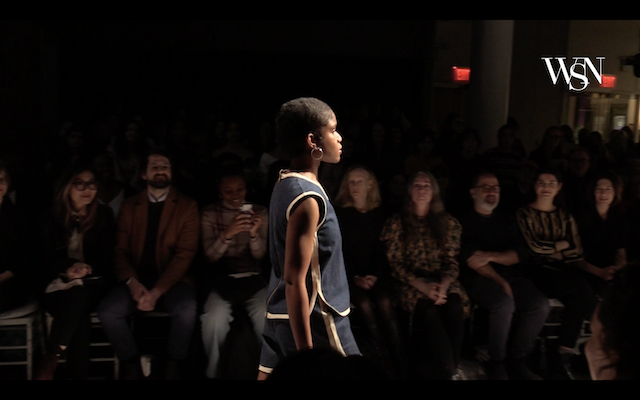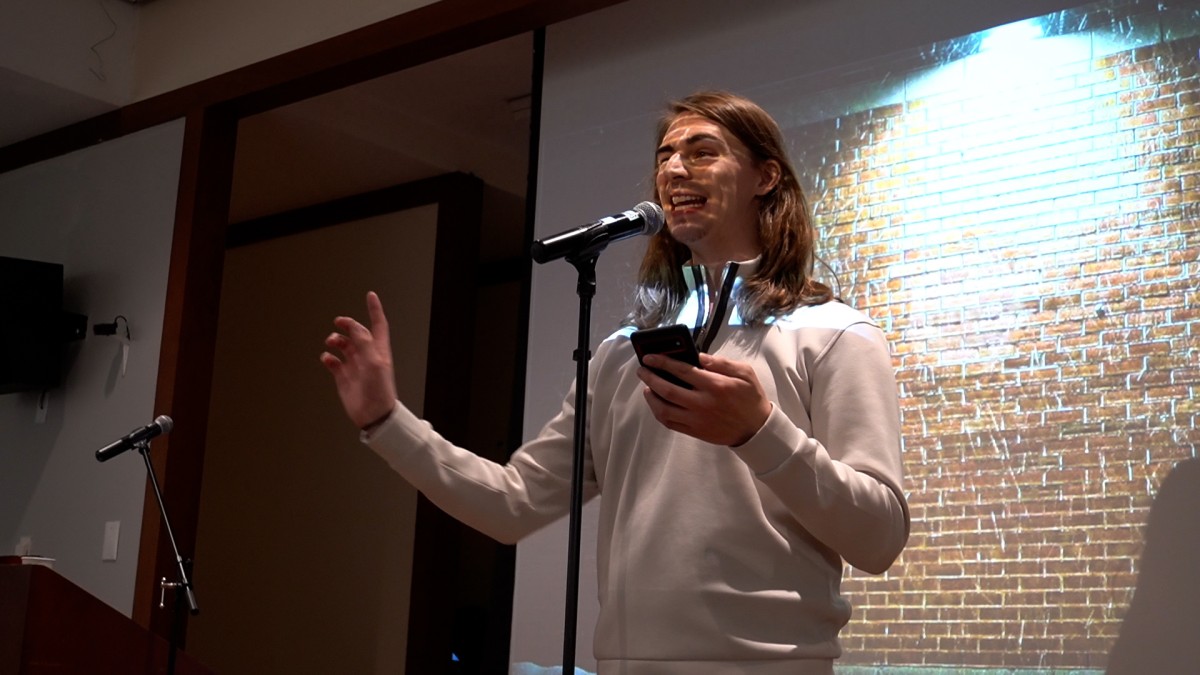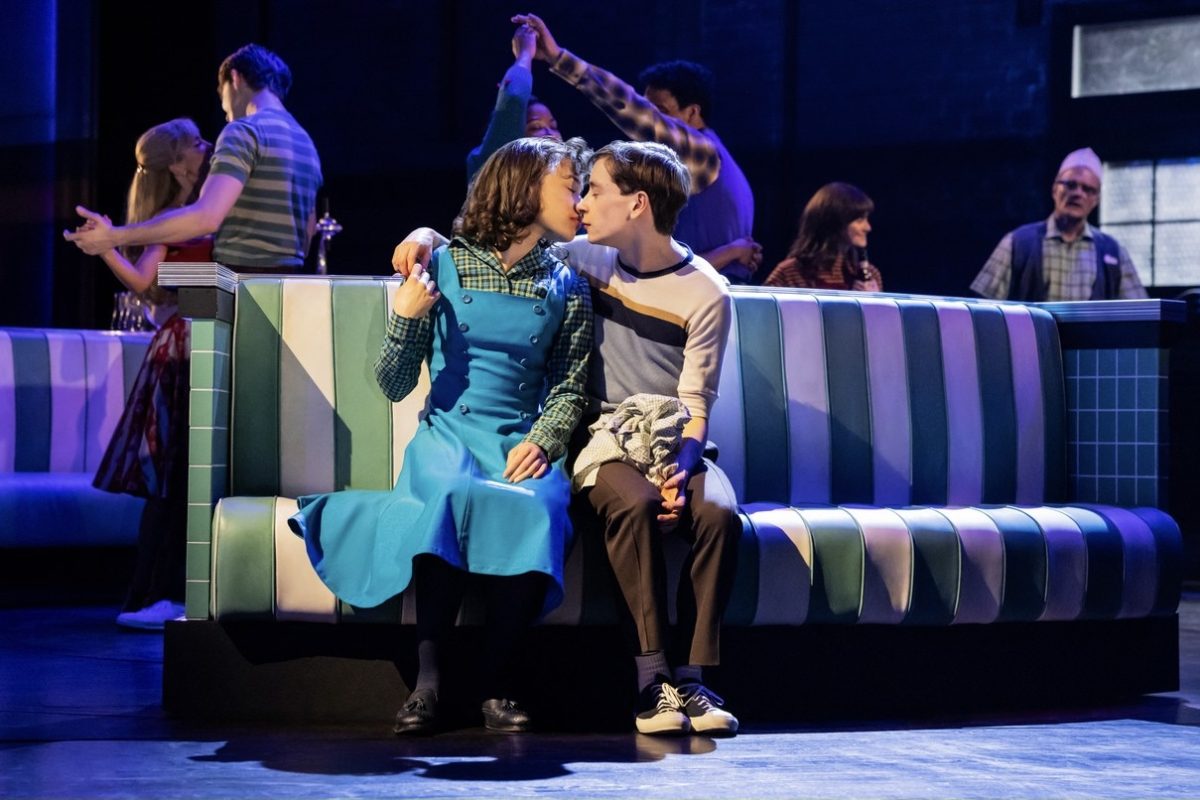“Stranger Things” fans, rejoice! A new show on Broadway has everything for you. At the Marquis Theatre, you’ll see the beloved characters you remember from the series. In the lobby, you’ll pose for pictures in front of the creepy Creel House set or meet fellow fans wearing Hellfire Club T-shirts. You’ll even hear the spooky theme song during the show, playing over the iconic main title sequence projected onstage.
What you won’t see, however, is a real play.
I’ve seen worse plays in my lifetime. But I’ve never seen one that so clearly belongs in a theme park, one that so prioritizes spectacle over any emotional depth. “Stranger Things: The First Shadow” proudly proclaims itself as nothing more than a cash cow for Netflix, a producer of the play, and a lazy stage translation of a TV episode — it even starts with a cold open, a television narrative technique that drops viewers into a tense scene before the title sequence.
It’s fitting, then, that the Marquis Theatre houses this play: The Marriott chain built their Times Square hotel on the ruins of five Broadway theaters they demolished. Just as the Marquis Theatre, on the third floor of the hotel, was built as an afterthought to appease the theater community, theatrics is an afterthought in a play that relies too much on television.
While the script — written by series writer Kate Trefry from a story by the Duffer Brothers and playwright Jack Thorne — mimics the series too much to be nuanced, a quick summary can be given: Henry Creel (Louis McCartney) moves to Hawkins, Indiana, where his creepy demeanor and stranger connection to a handheld radio make him a social outcast at high school. After local pets start dropping dead with their eyes gouged out, theater kid Joyce Maldonado (Alison Jaye), radio show host Bob Newby (Juan Carlos) and the police chief’s son James Hopper, Jr. (Burke Swanson) investigate.
You will recognize all of these names from the series: The writers cram in easter eggs and cameos everywhere. In fact, the only major original character is Patty Newby (Gabrielle Nevaeh), Bob’s sister and Henry’s love interest, and her emotional journey actually compels. But every copy-and-paste from television feels lazy in comparison. And, if you haven’t binged the series, it’s impossible to understand the importance of the arrival of Dr. Brenner (Alex Breaux), the introduction of Eleven, the song “Dream a Little Dream of Me,” or any other reference to the Netflix show. In particular, the arrival of Dr. Brenner at the end of the first act will set up suspense for fans of the series, but without that information, he is just some man.
With such a lazy script, any sequence with special effects comes alive by comparison. And luckily, Jamie Harrison and Chris Fisher, the illusions and visual effects designers, and 59, a video and visual effects studio, deliver some really impressive — and scary — effects. From levitating bodies to grotesquely maimed animals, the effects are really the only reason to see this show. Combined with Paul Arditti’s staticky sound design, the supernatural moments appease our brains’ chemical reaction to everything flashy and megasized.
But with each effect that one-upped the last — the climax is when a giant puppet of the Mind Flayer descends onto the stage — I continued to lose track of the point of this show. The main subplot, Joyce directing a high school musical, failed to engage me, and some plot points just felt random. Henry’s dad Victor Creel (T.R. Night) has a whole monologue about war PTSD, which is series-accurate but only diverted further from the already fragmented script. At least Ted Koch, who plays James’ dad Chief Hopper, gives a committed performance, along with the rest of the cast. The standout is McCartney, who imbues Henry with both quiet sympathy and explosive rage.
I matched that rage at the end of the play, when projected on the stage were two buttons: one reading “Watch Credits” and the other reading “Next Episode.” An animation of a cursor appears, clicking Watch Credits, and the bows begin. A clear homage to Netflix, this choice only solidifies “Stranger Things: The First Shadow” as nothing more than a glorified television episode. And for up to almost $300 dollars a ticket, I expect a play that treats itself as more than something I can find on streaming for $7.99 a month.
Theaters should remain places where you can sit with a thousand other people and collectively take in a story. But “Stranger Things: The First Shadow” isn’t that place. I wasn’t even mad when the kid next to me started eating a pack of candy, crinkling the wrapper along the way. For any other show, I would have considered it disrespectful. But for this theme park spectacle, it felt right at home.
Contact Ethan Li at [email protected].

